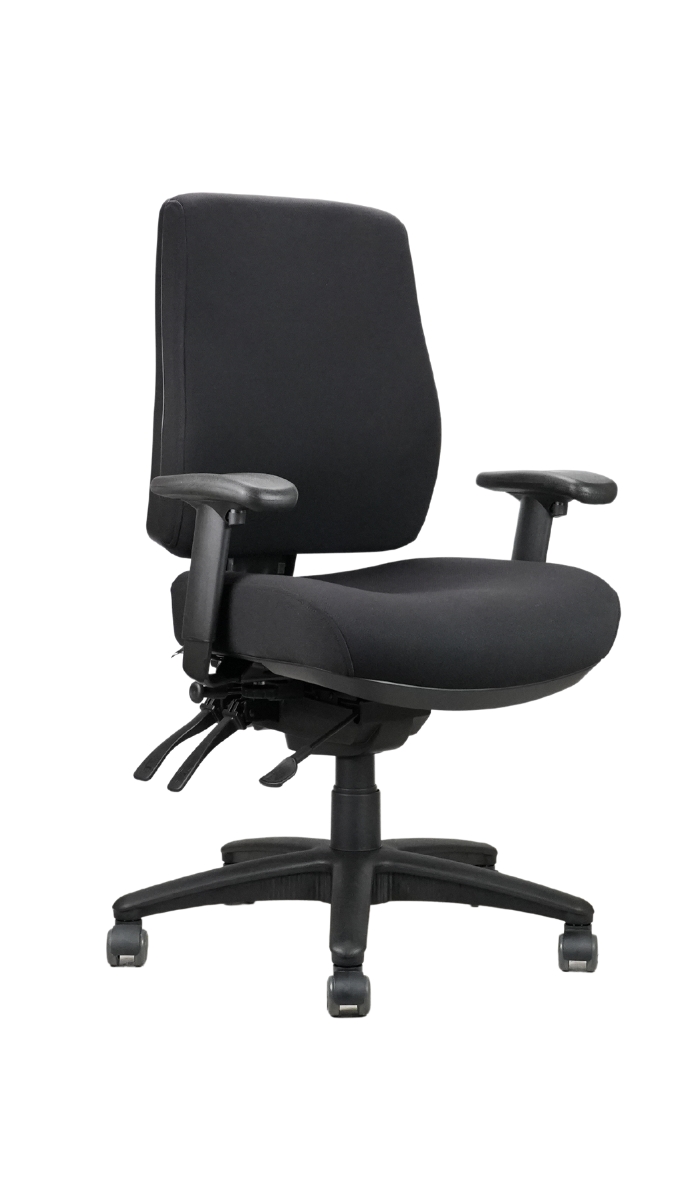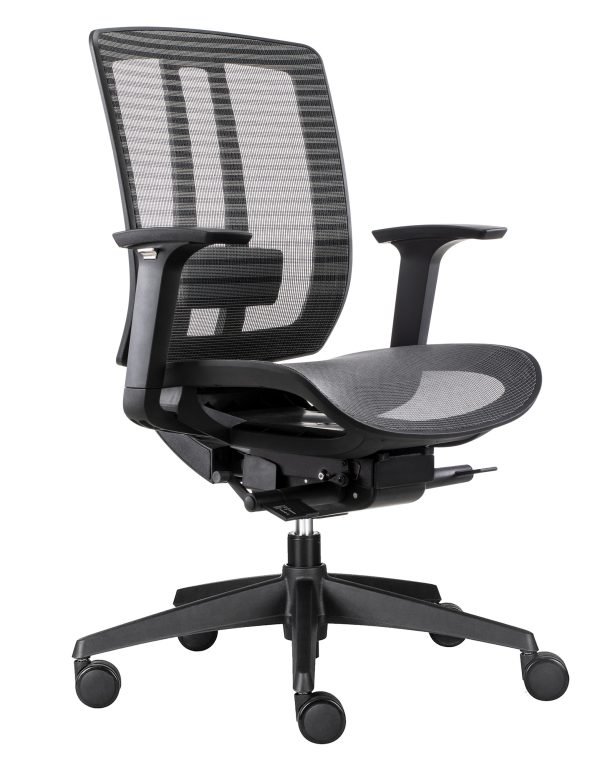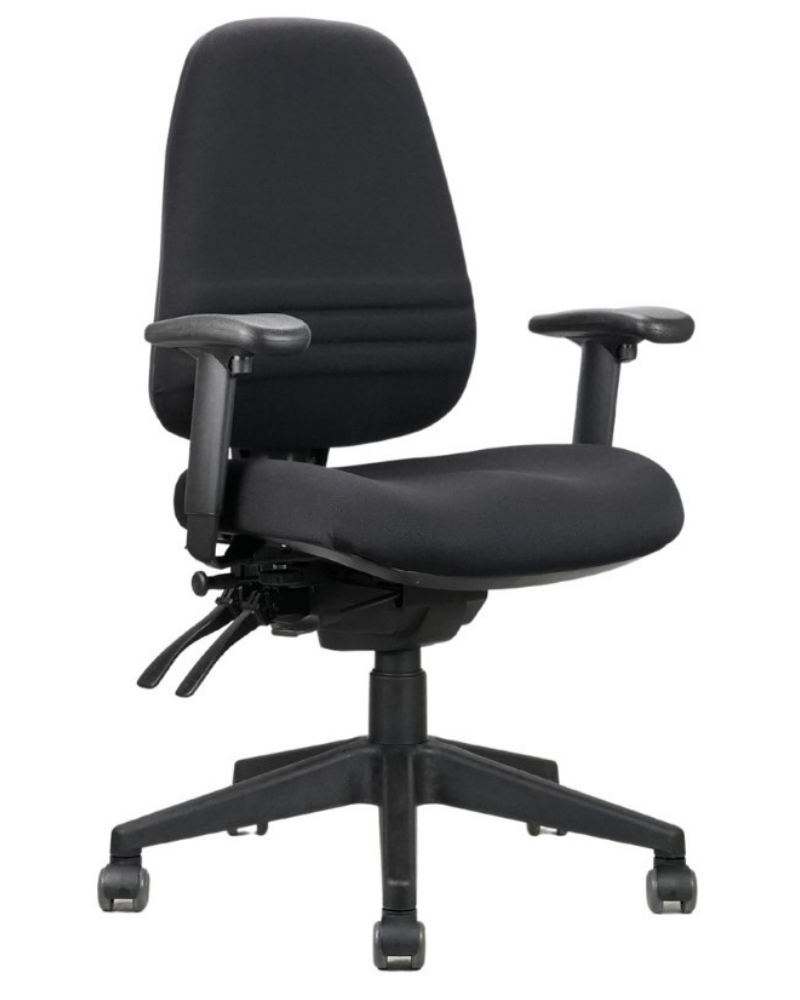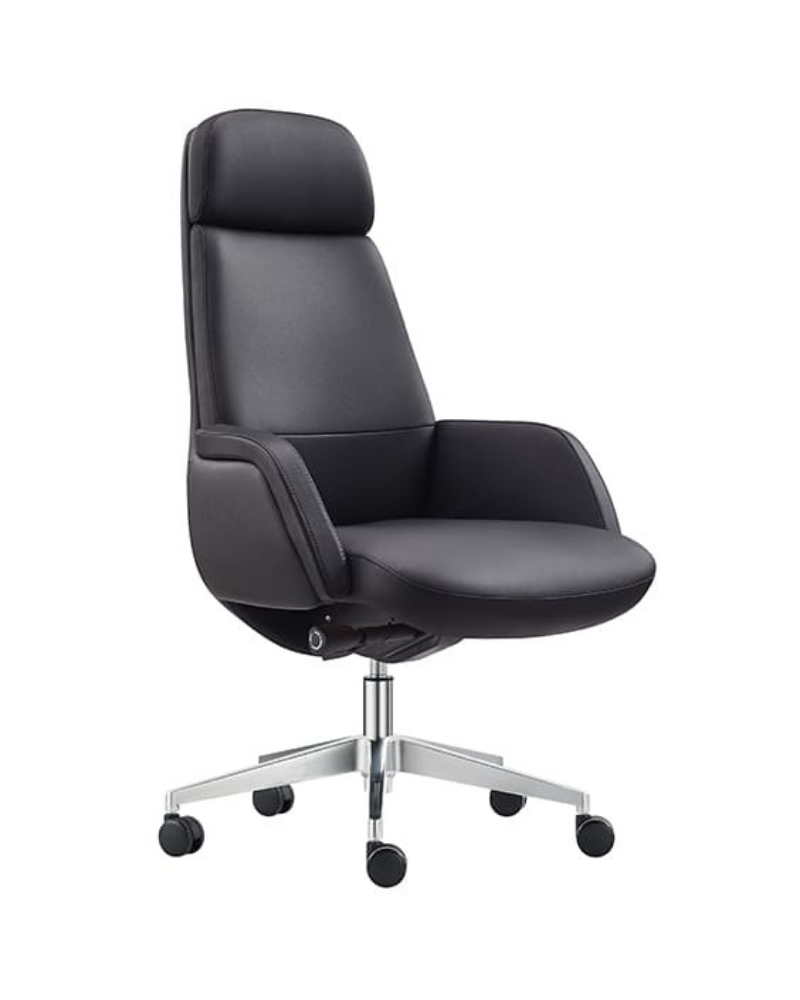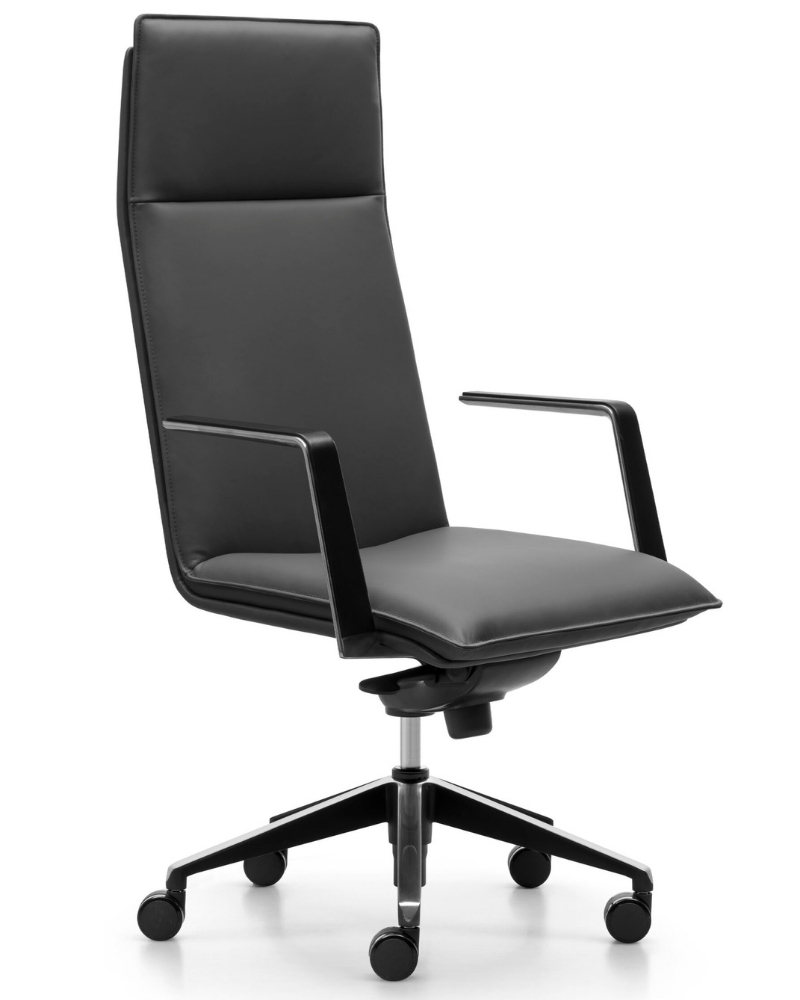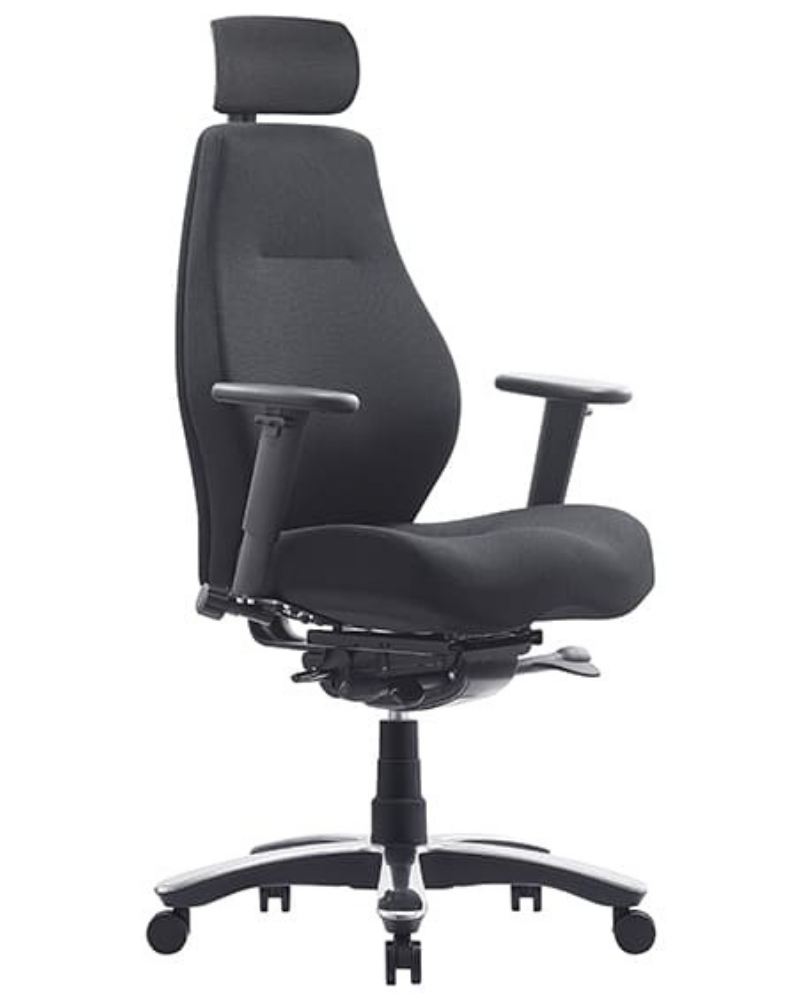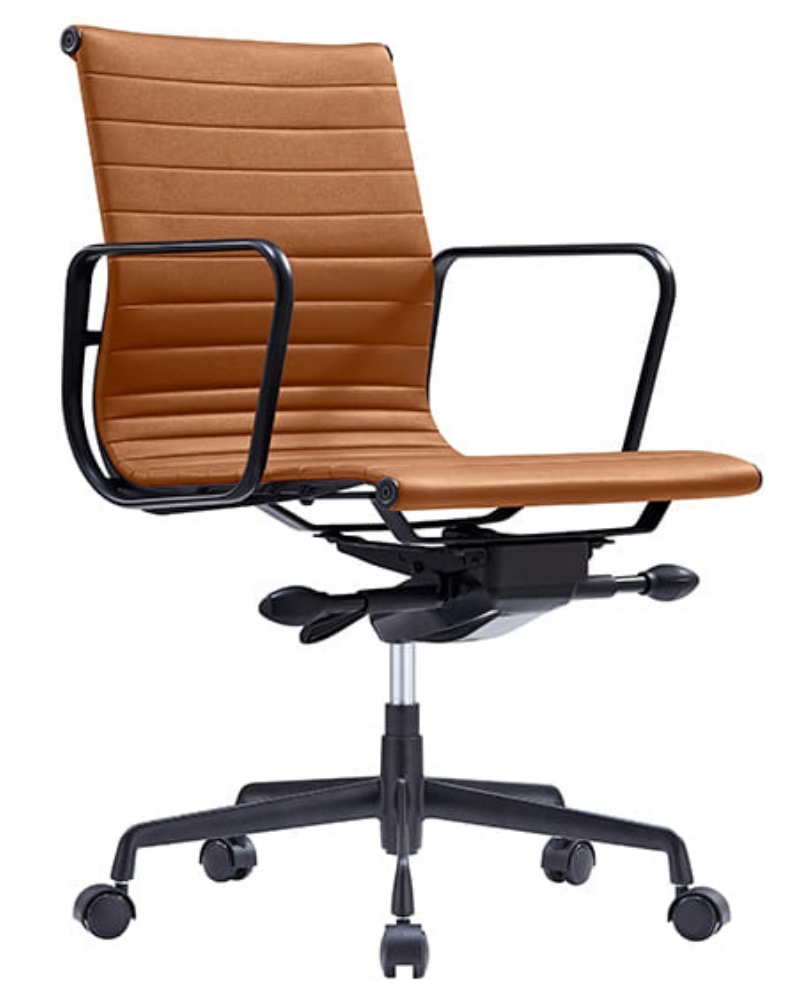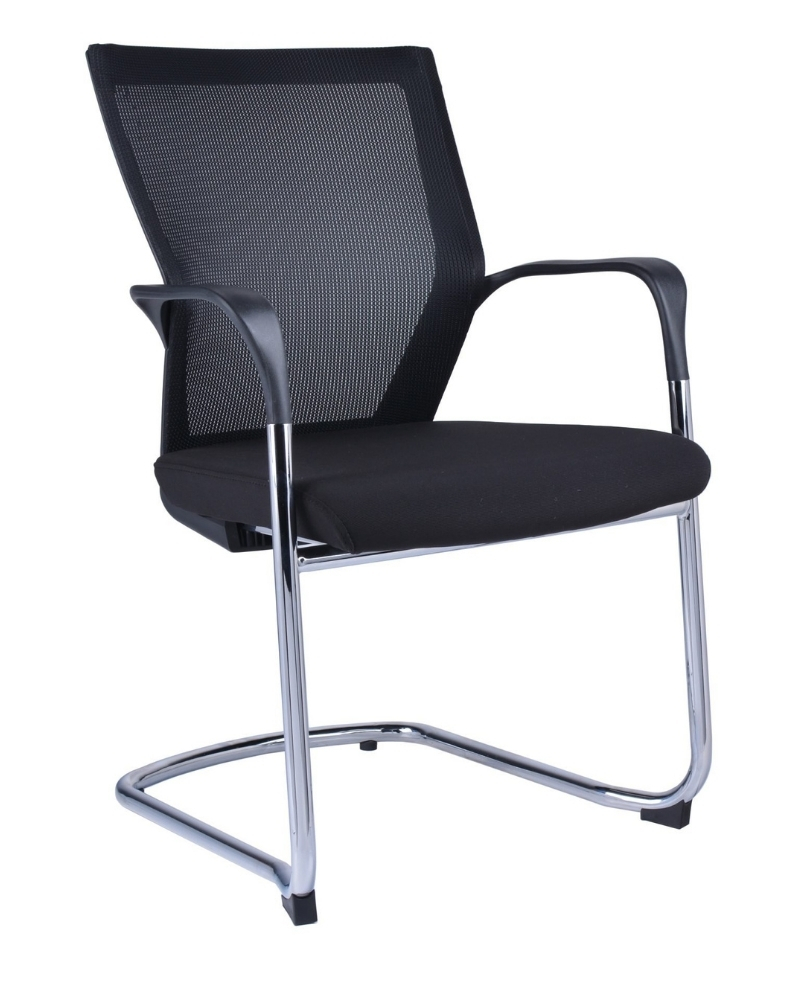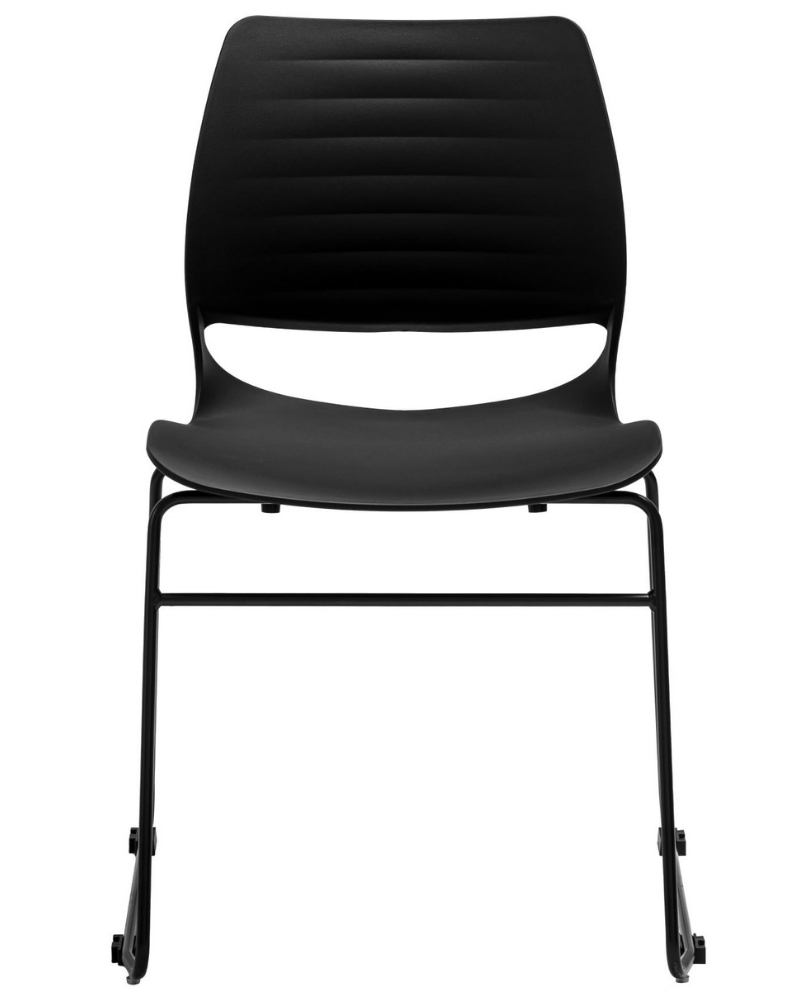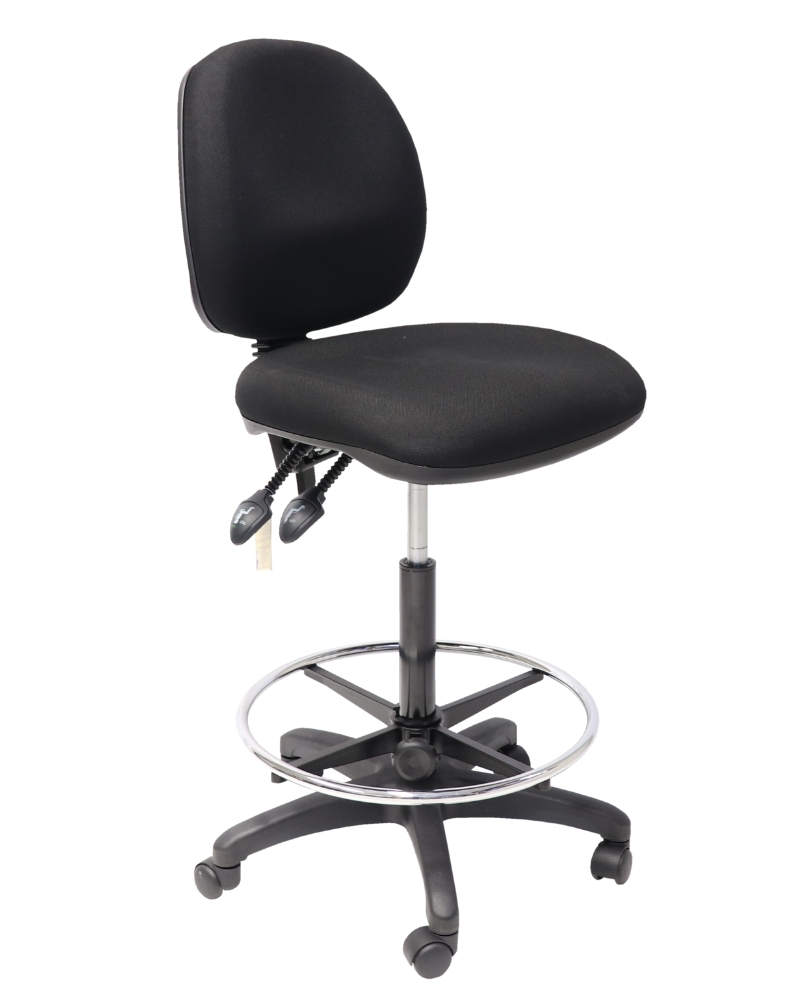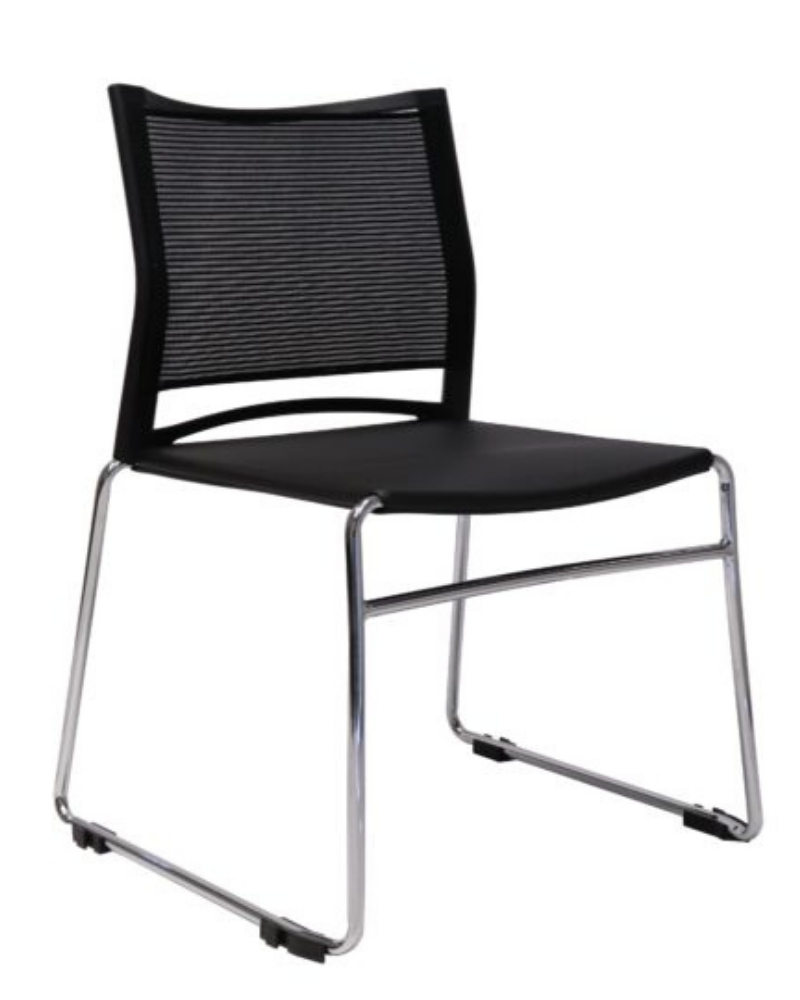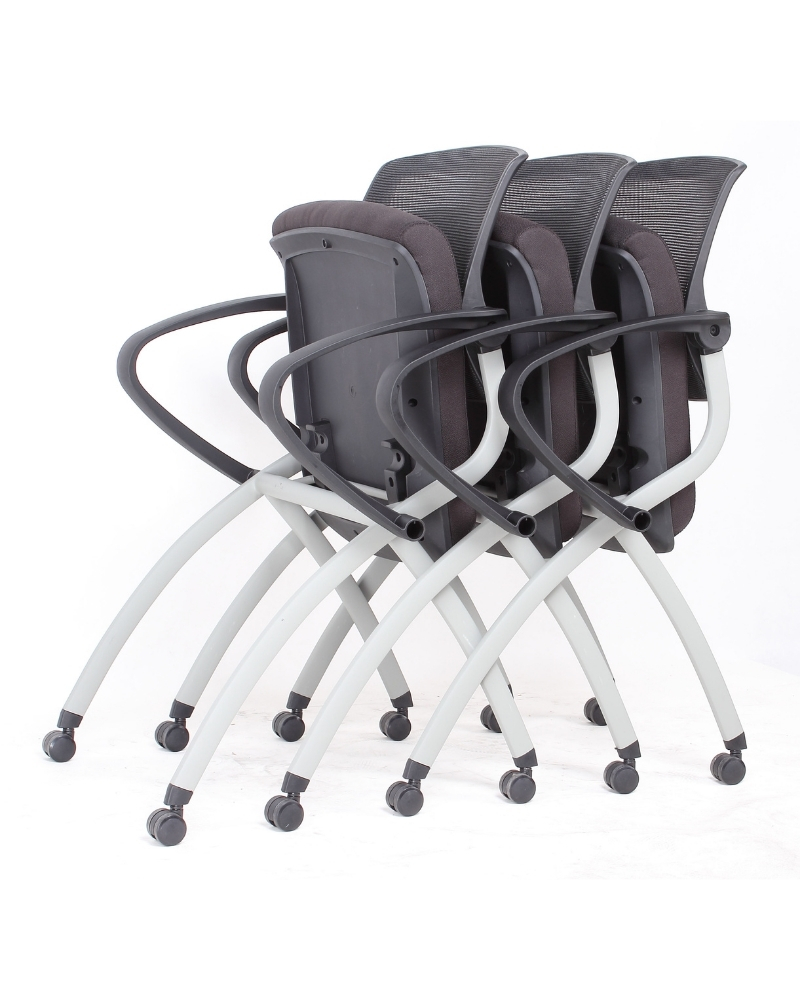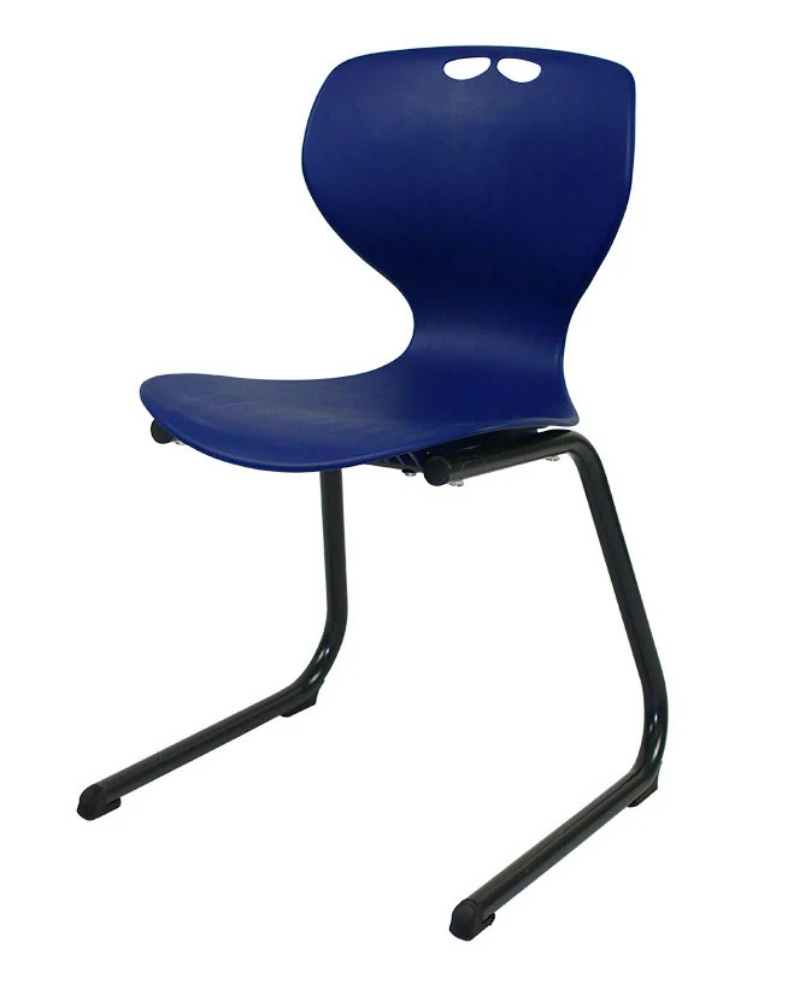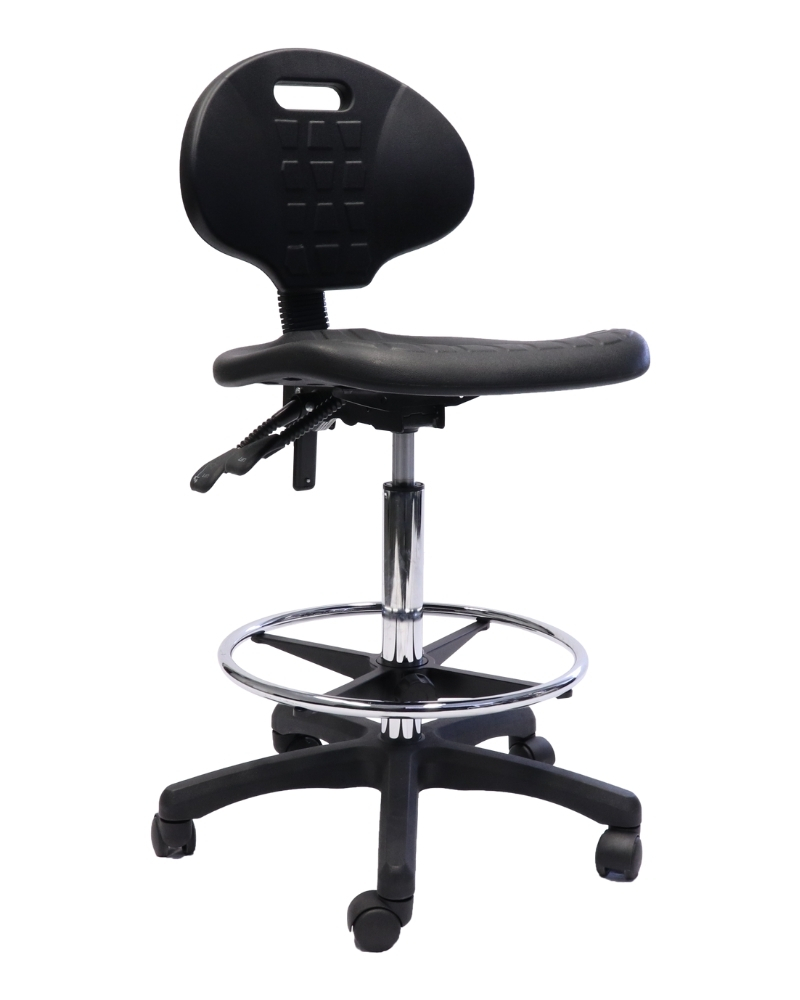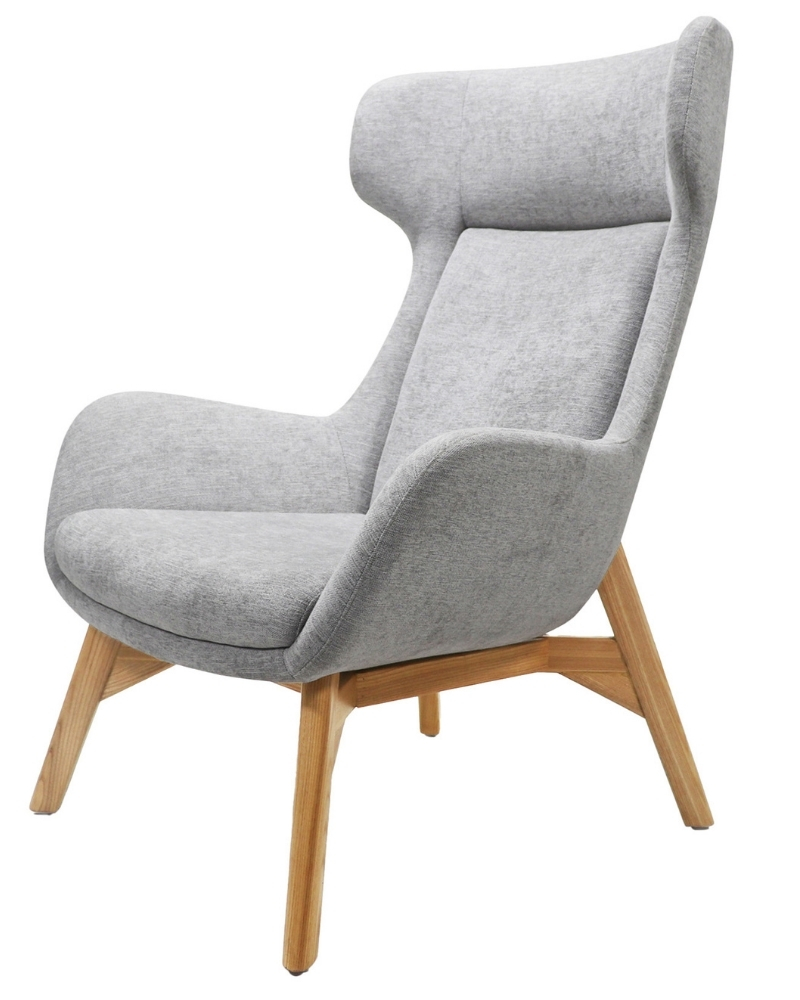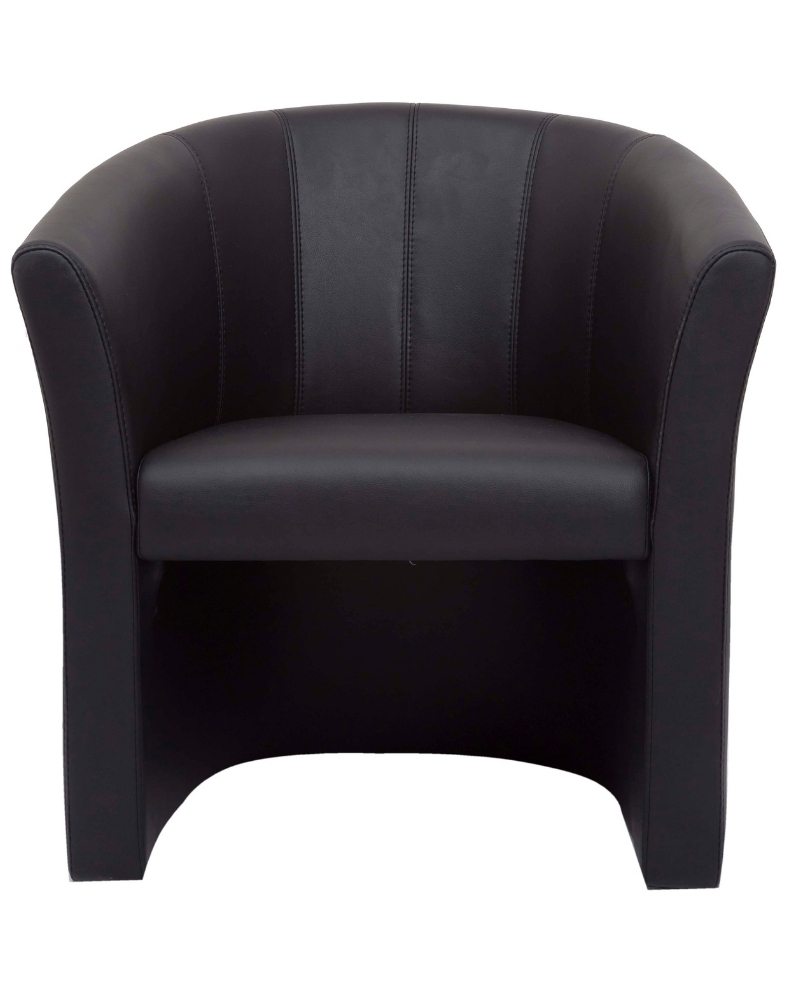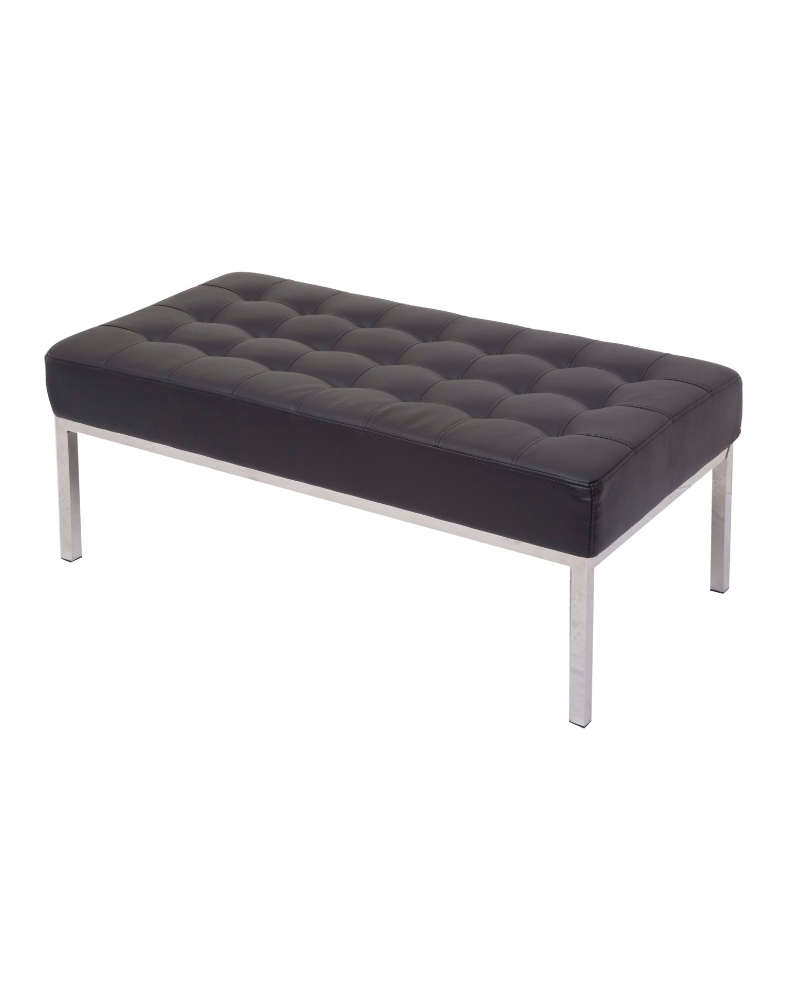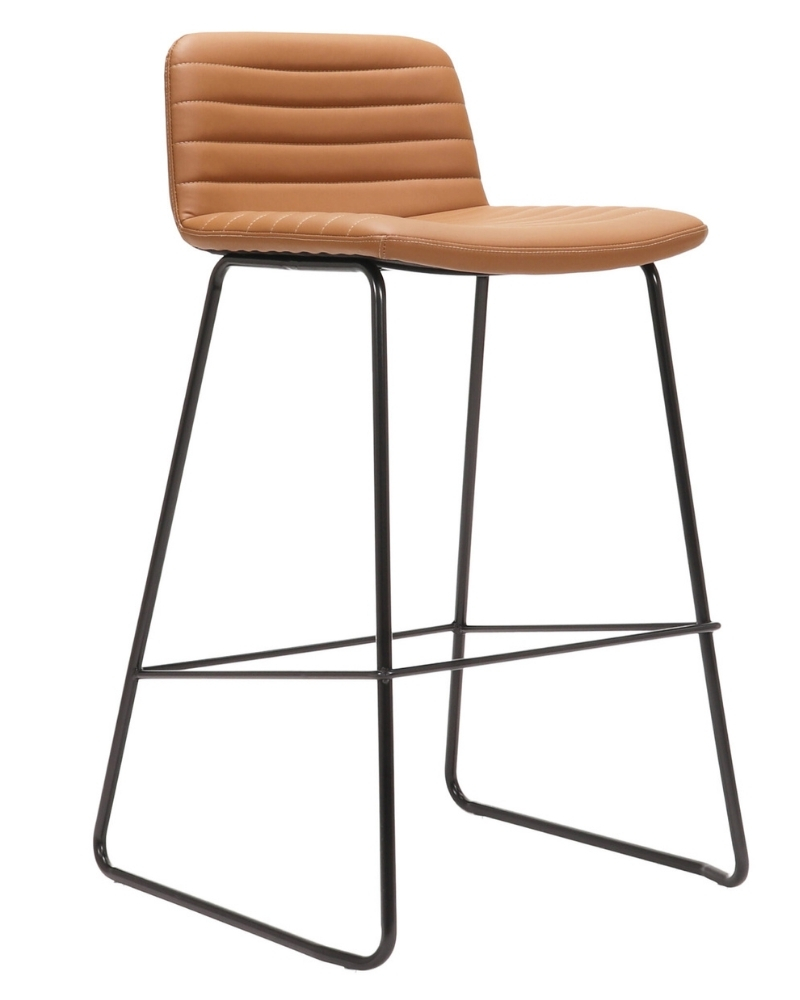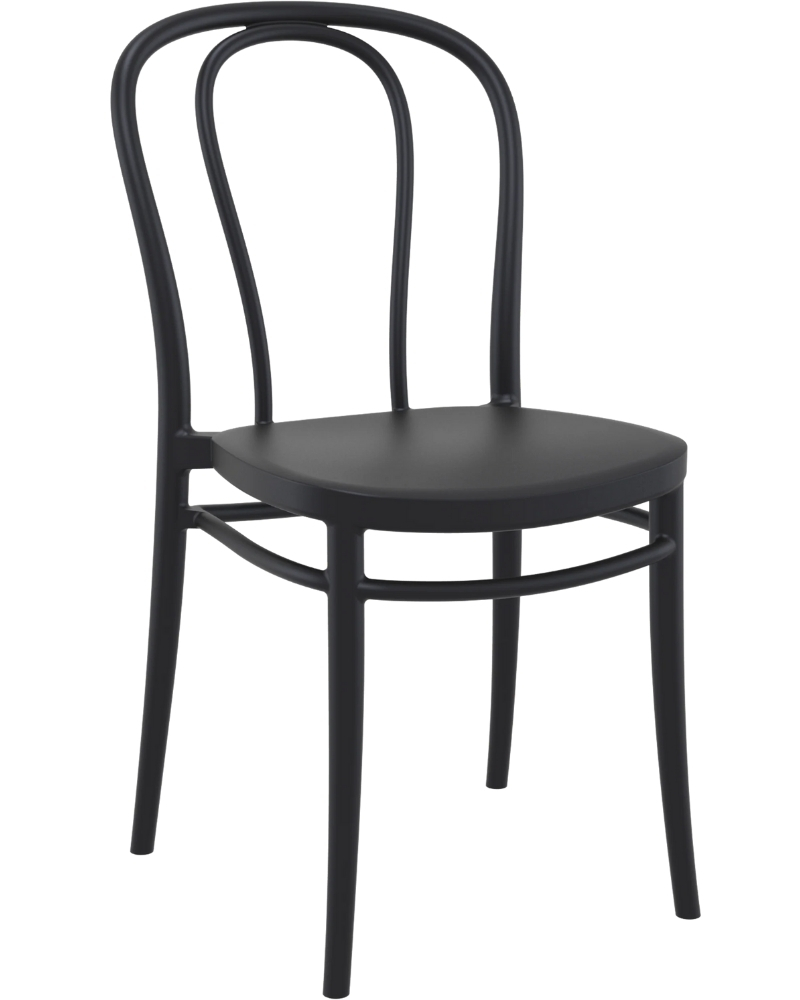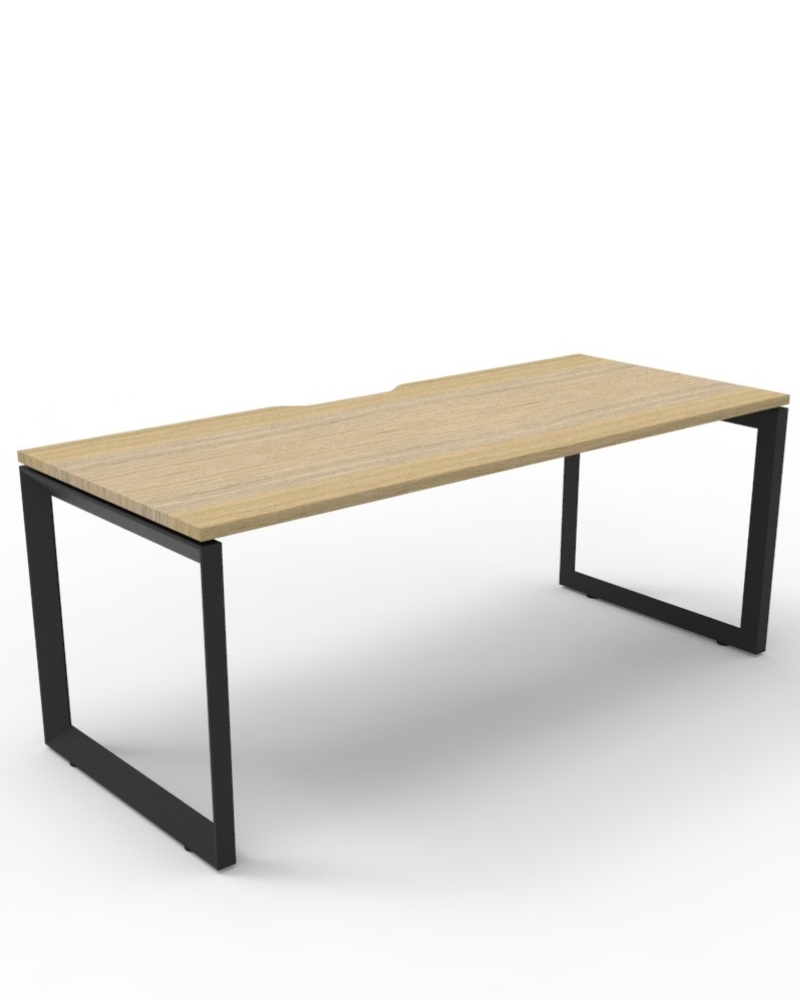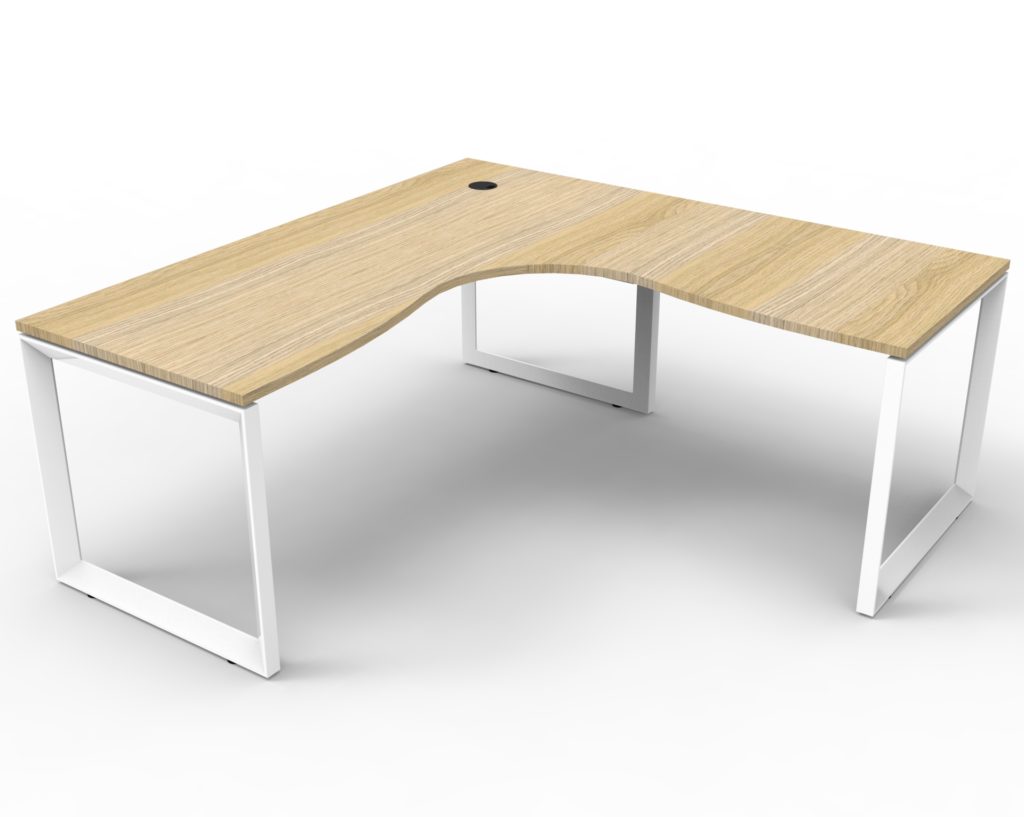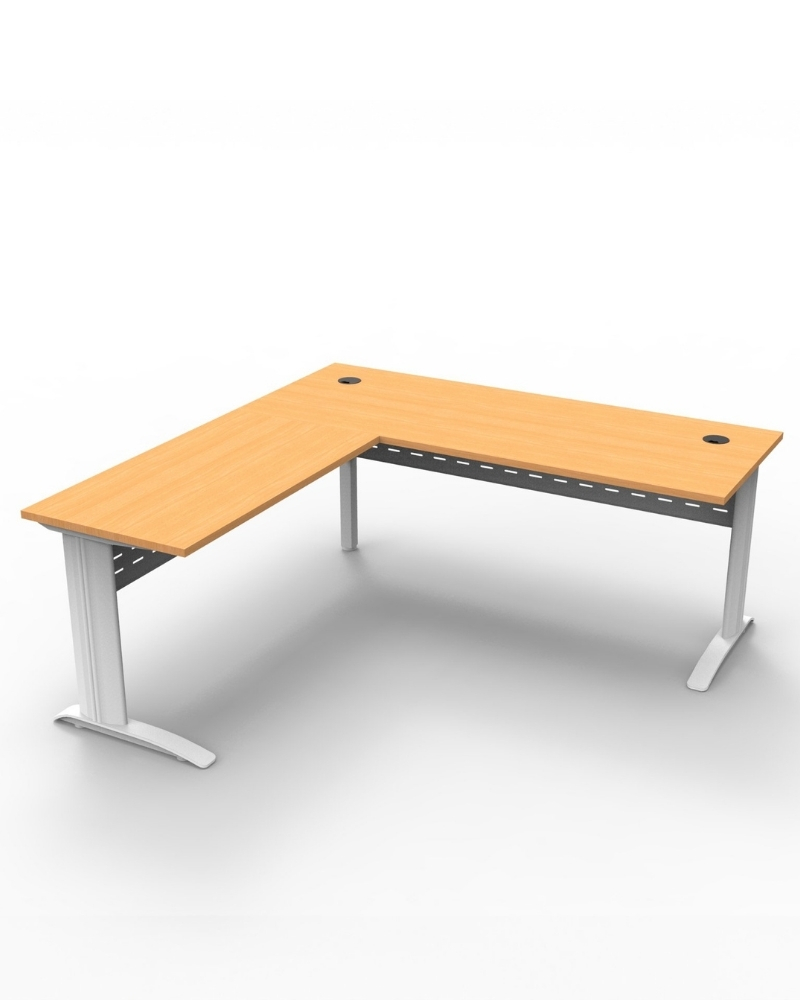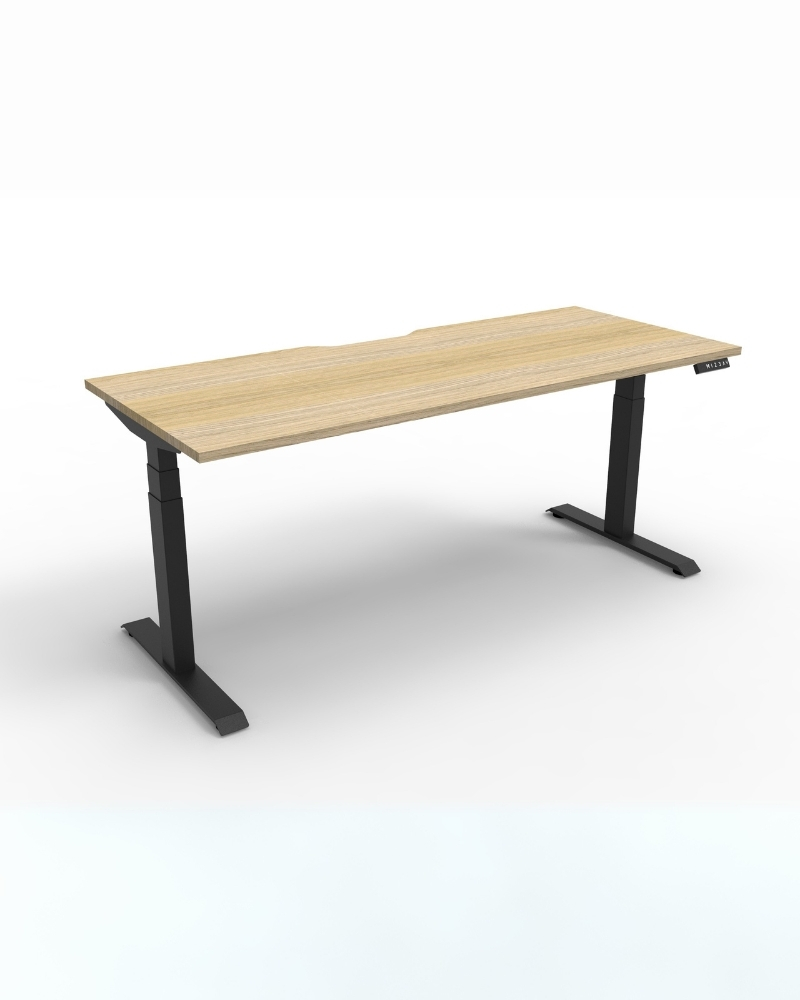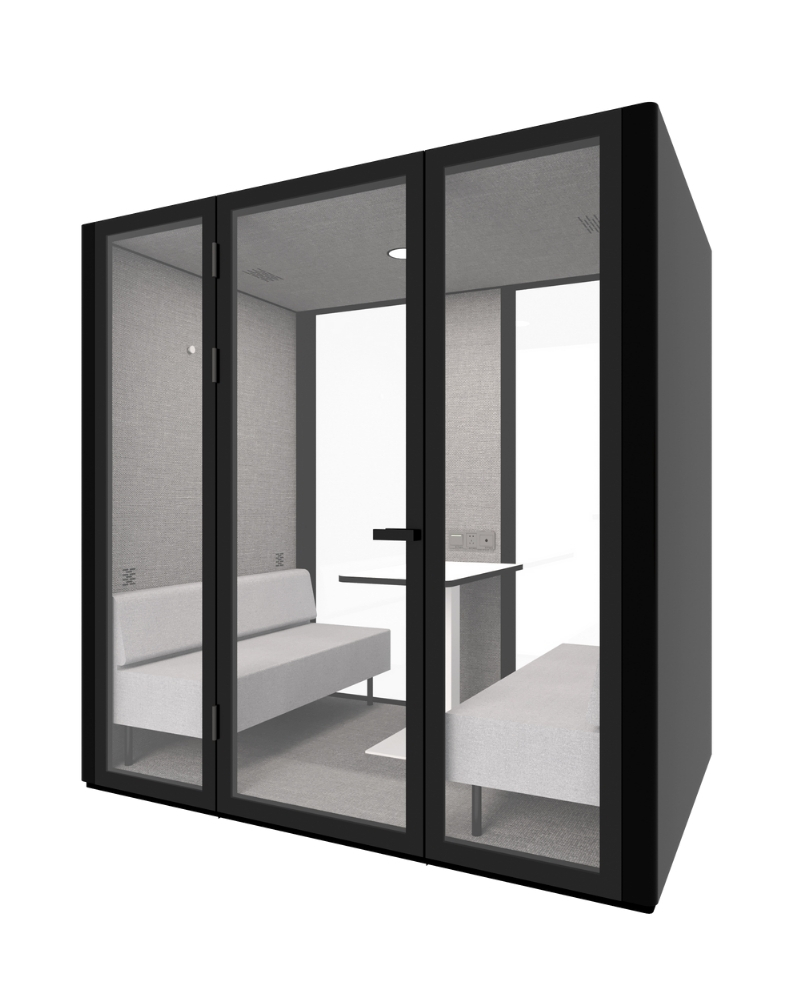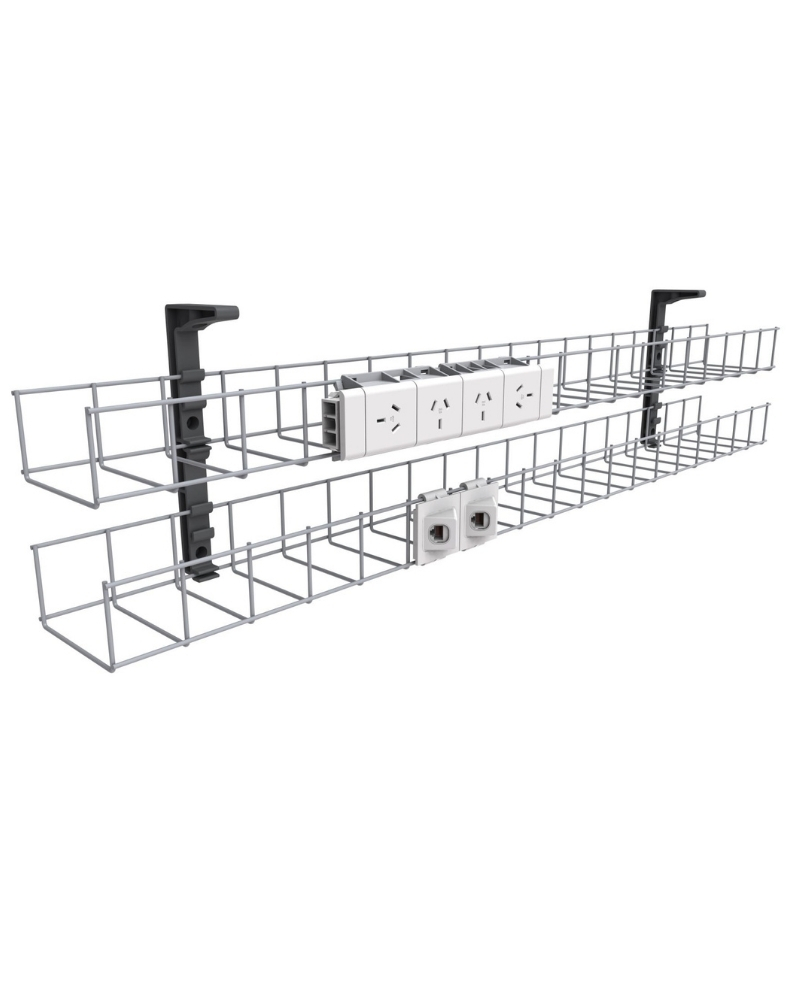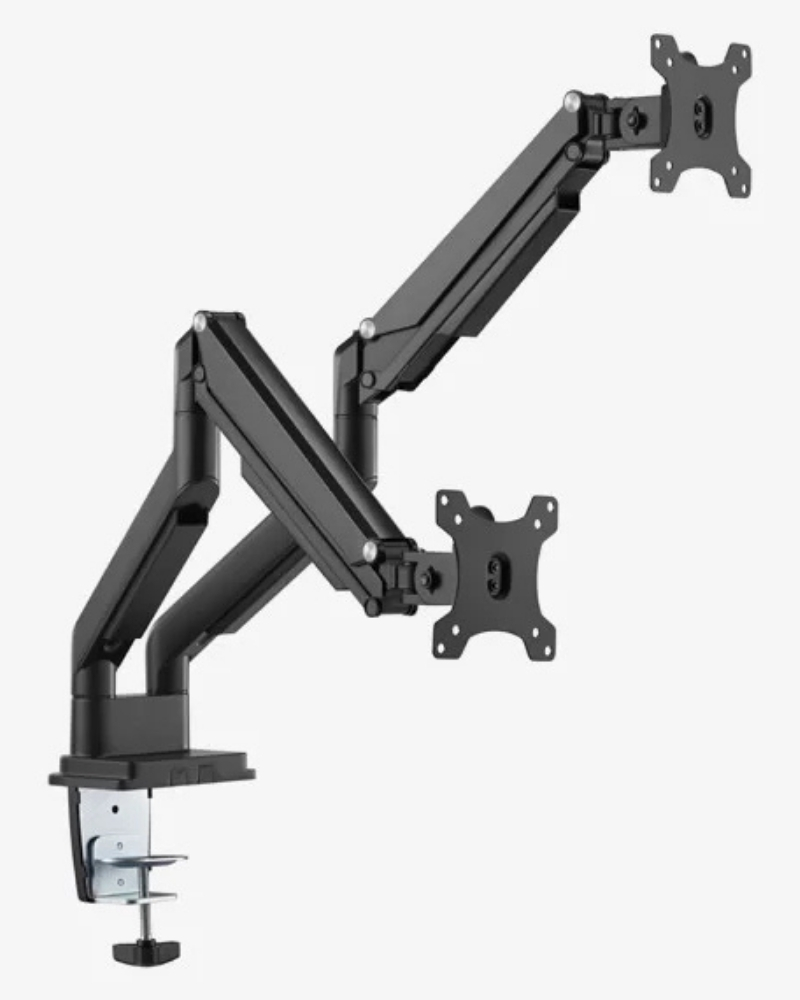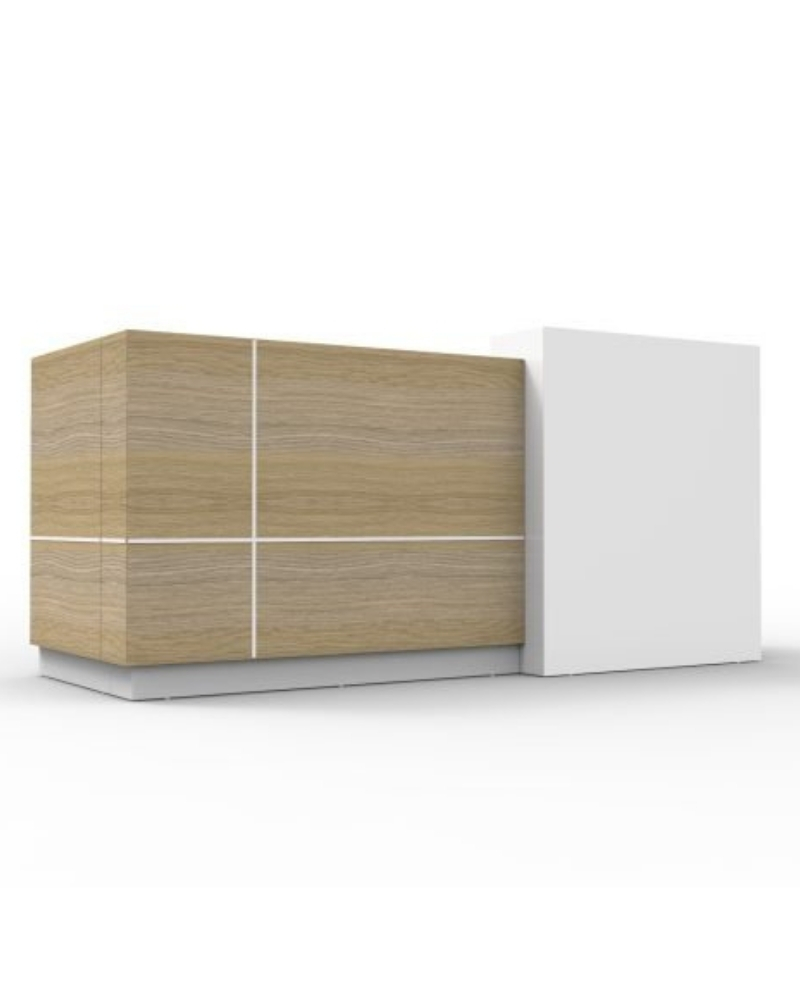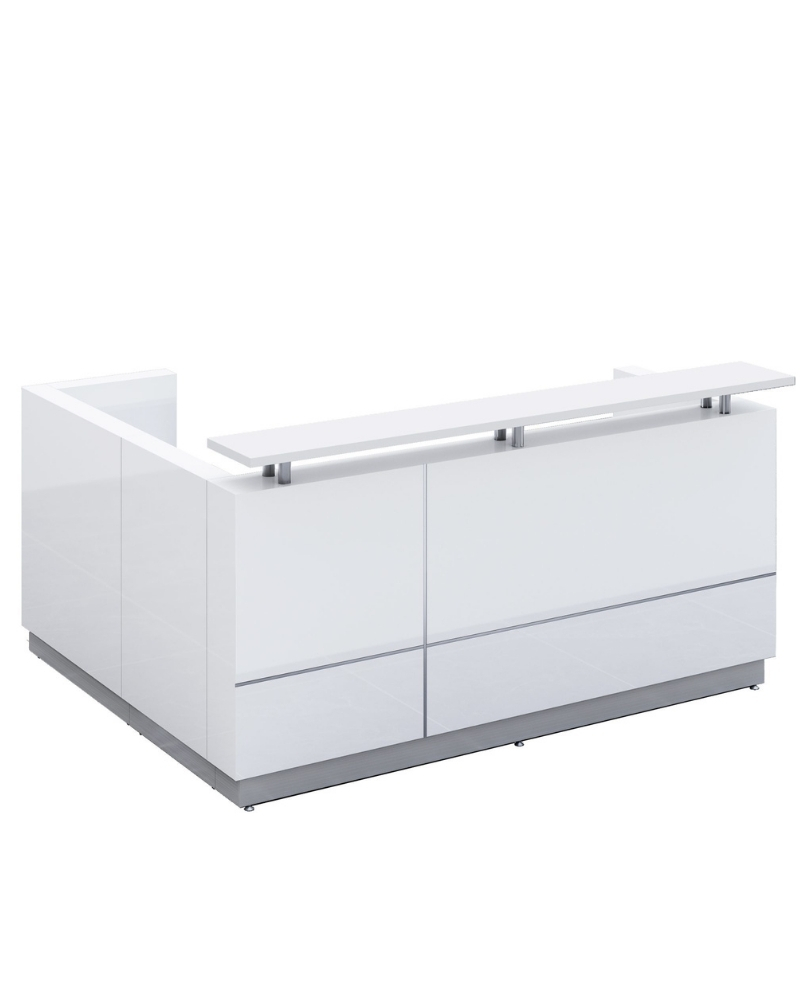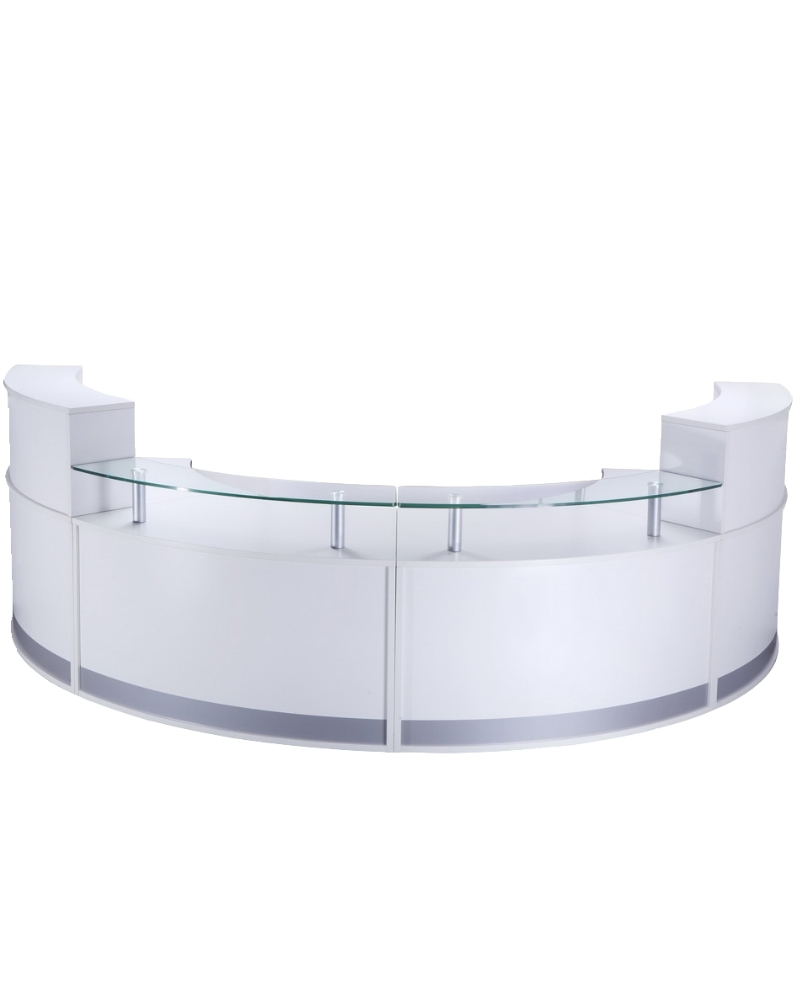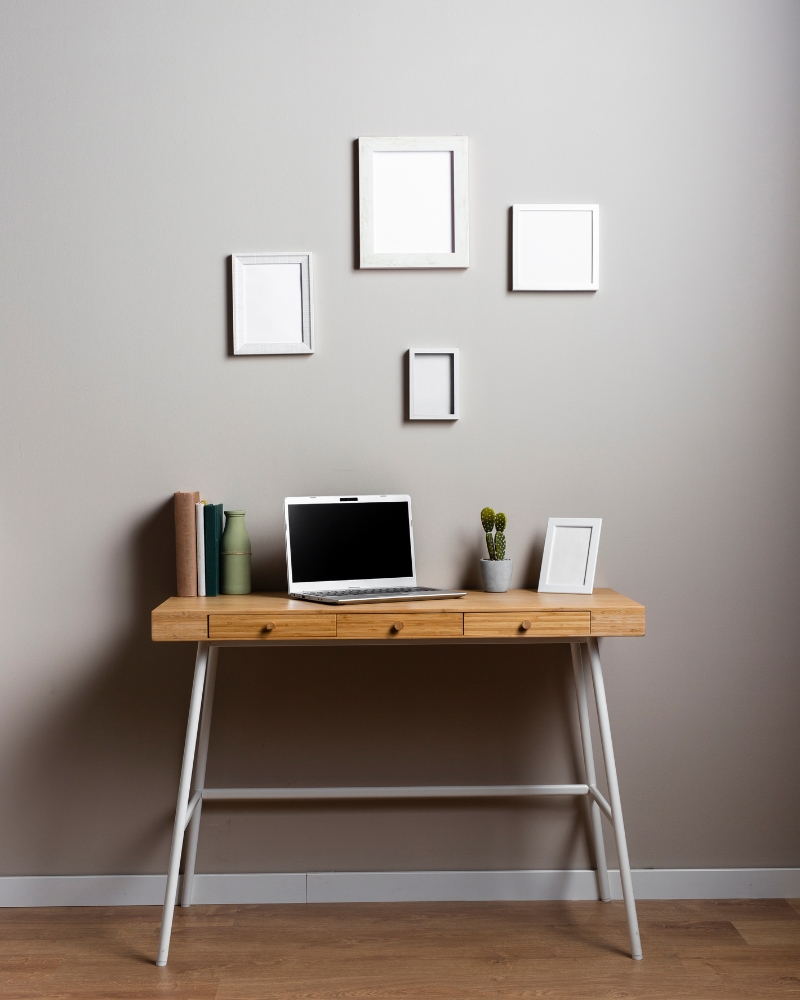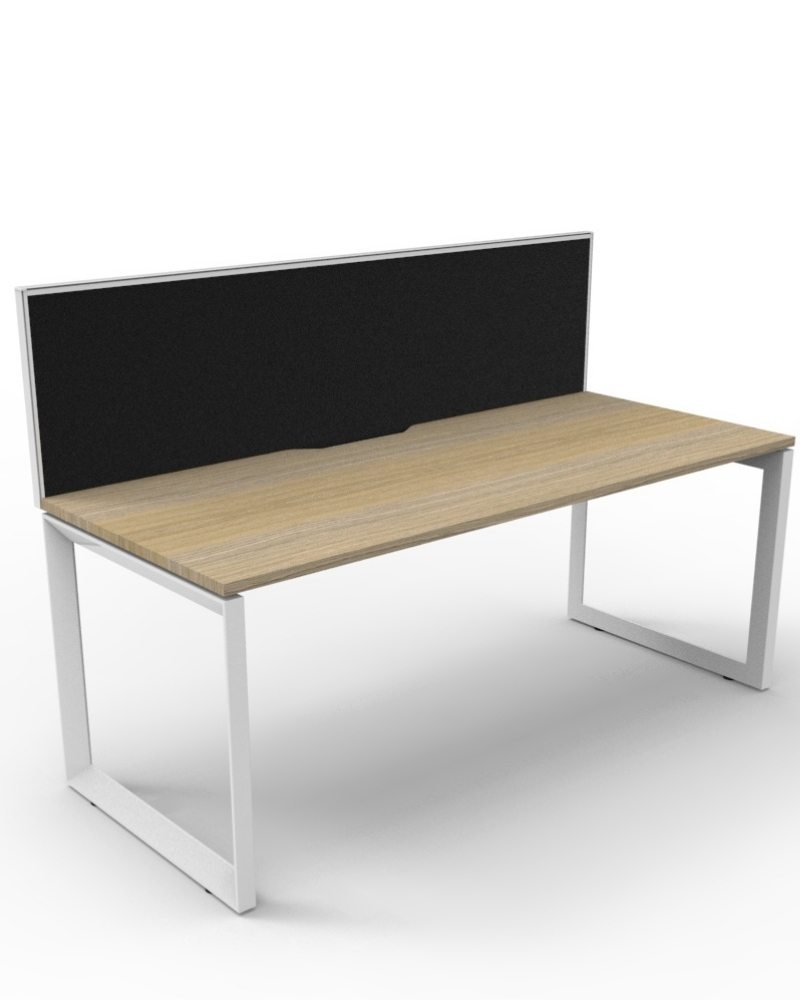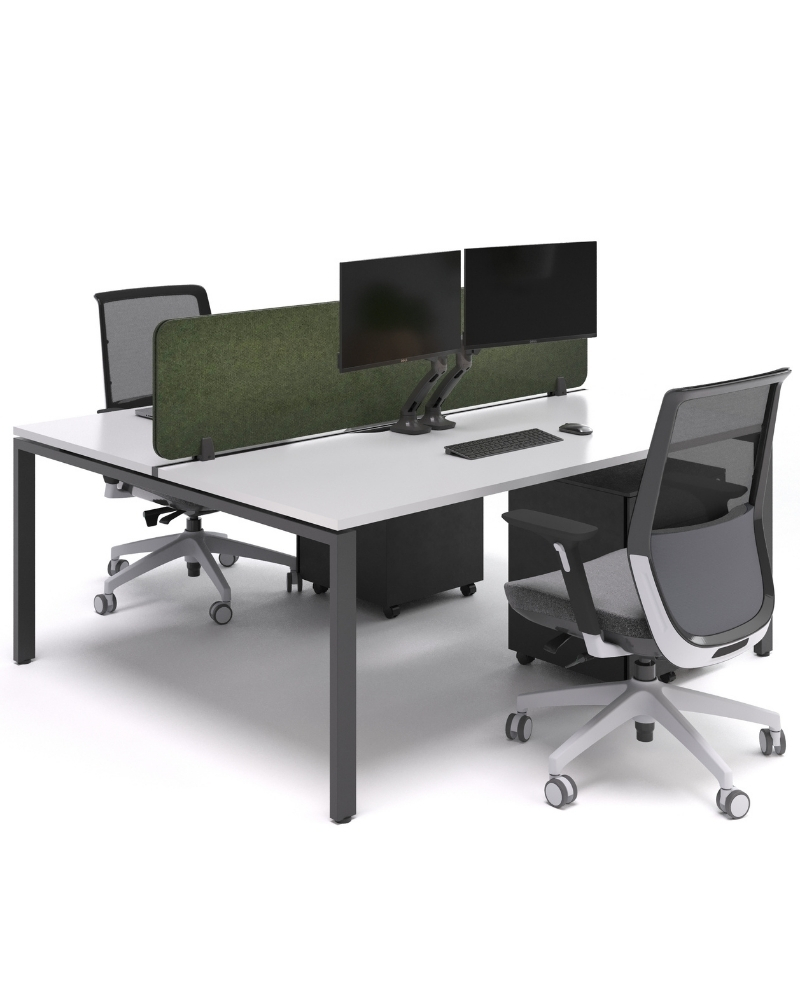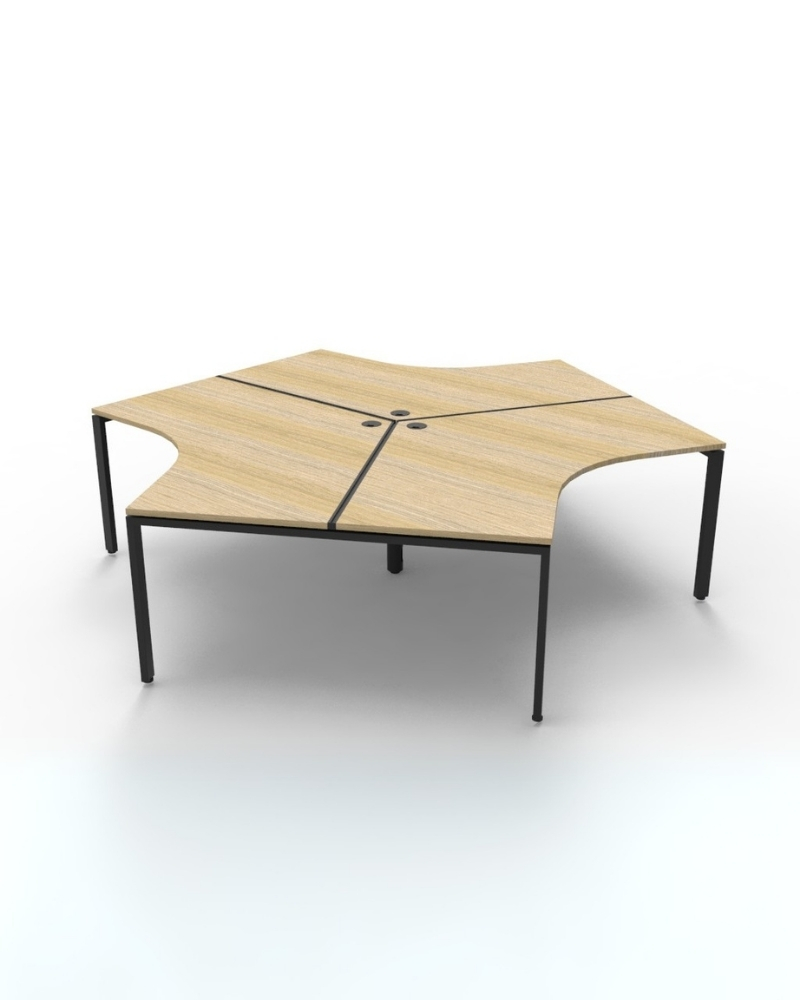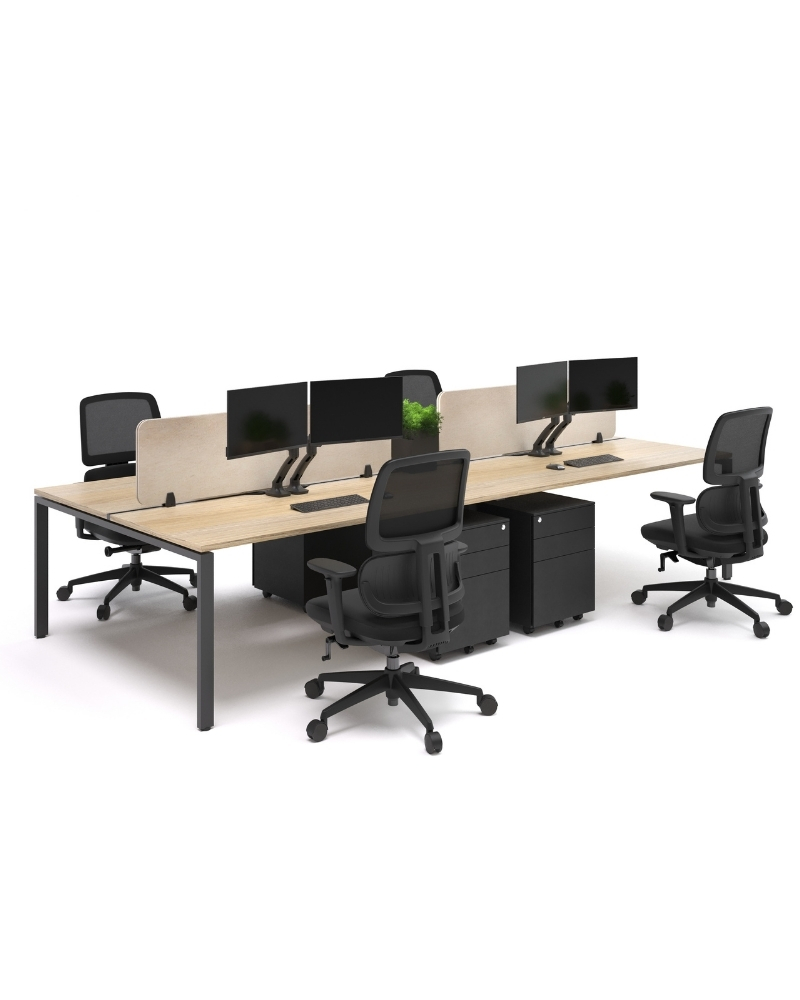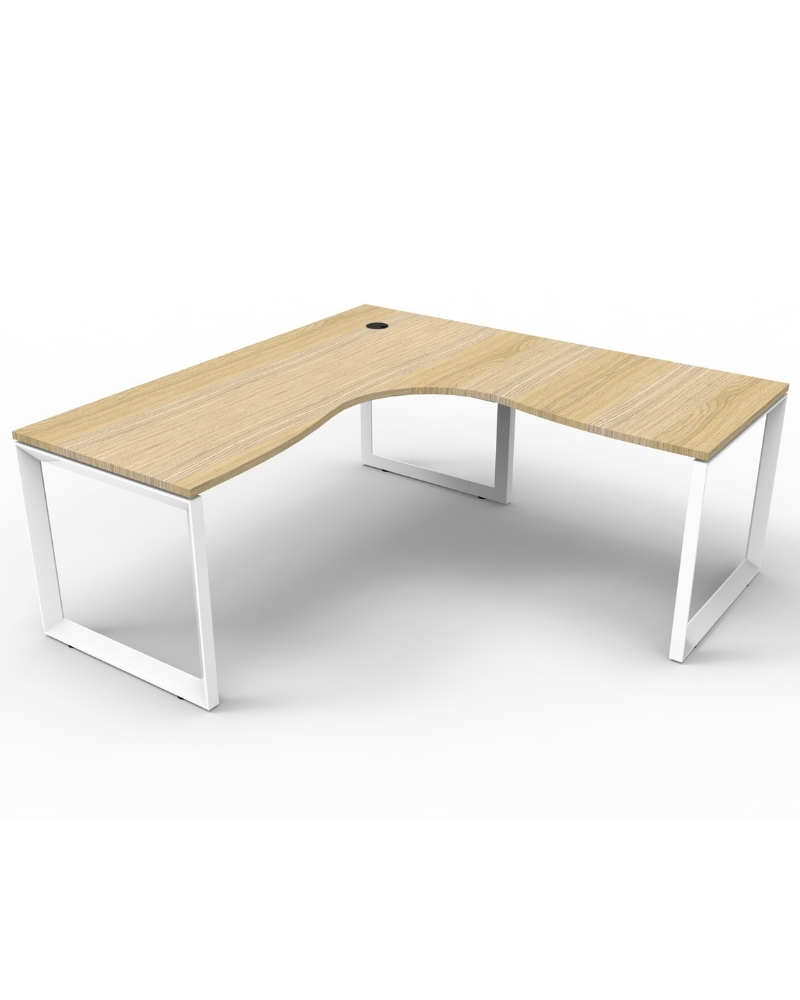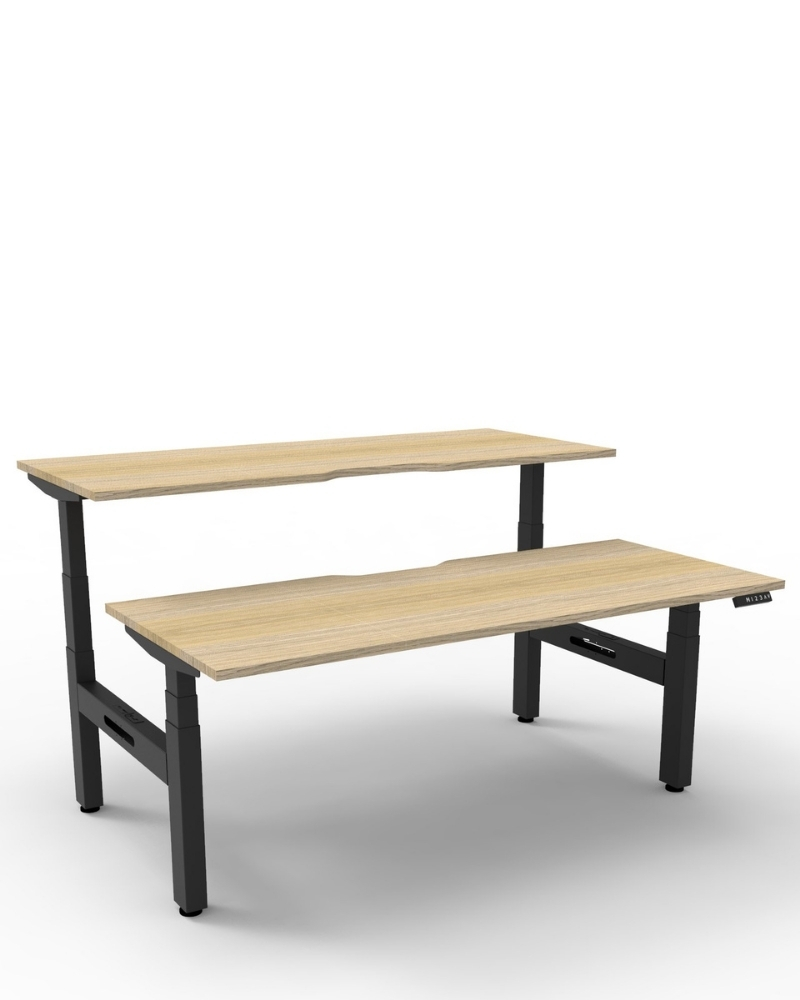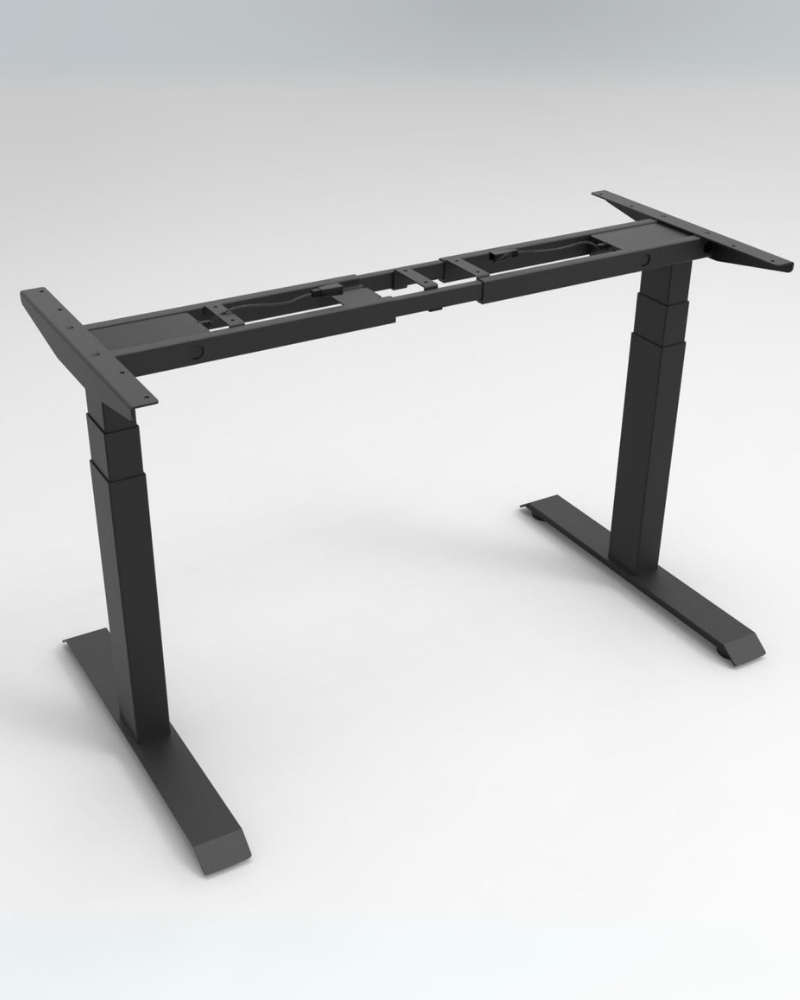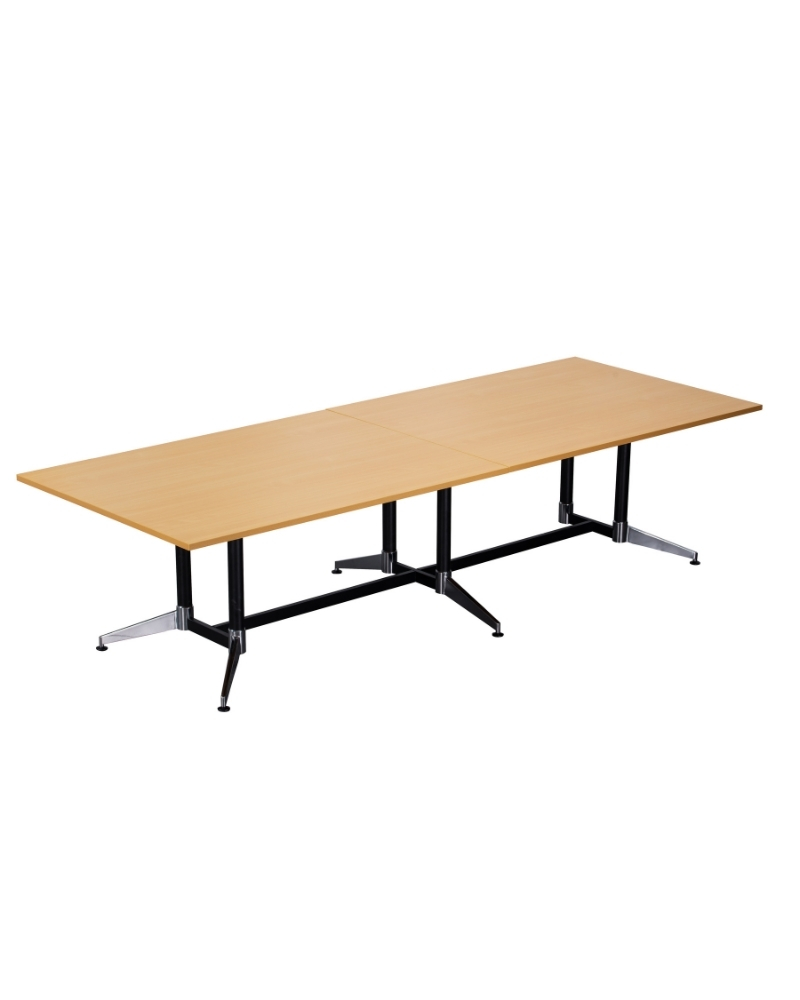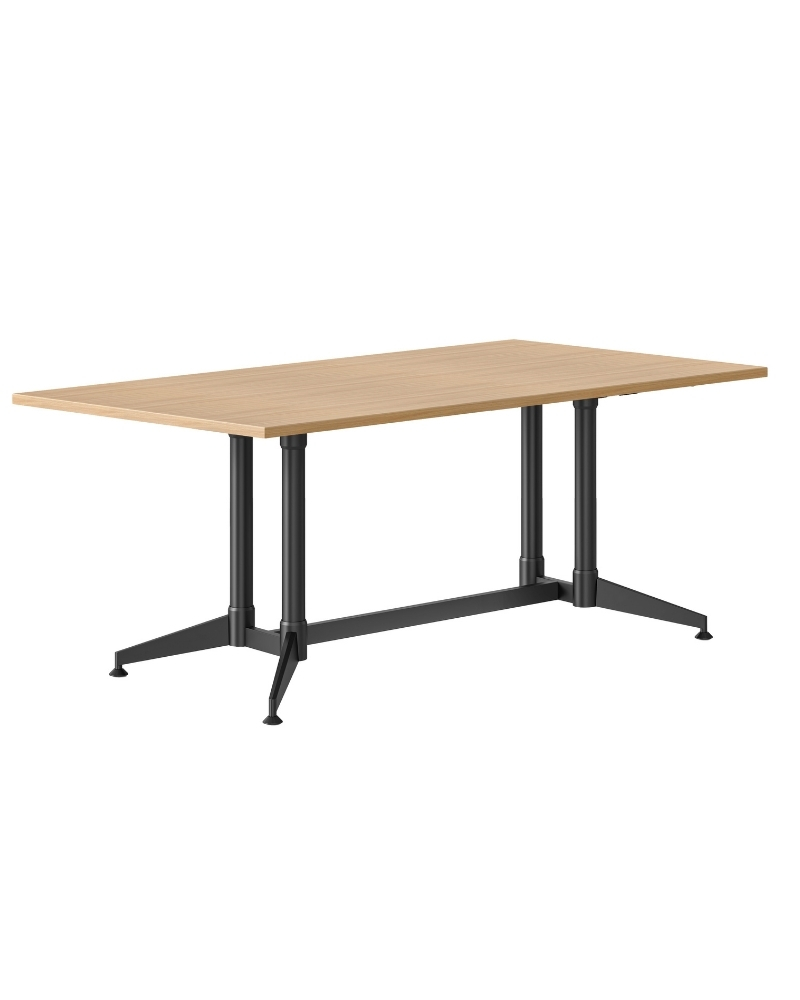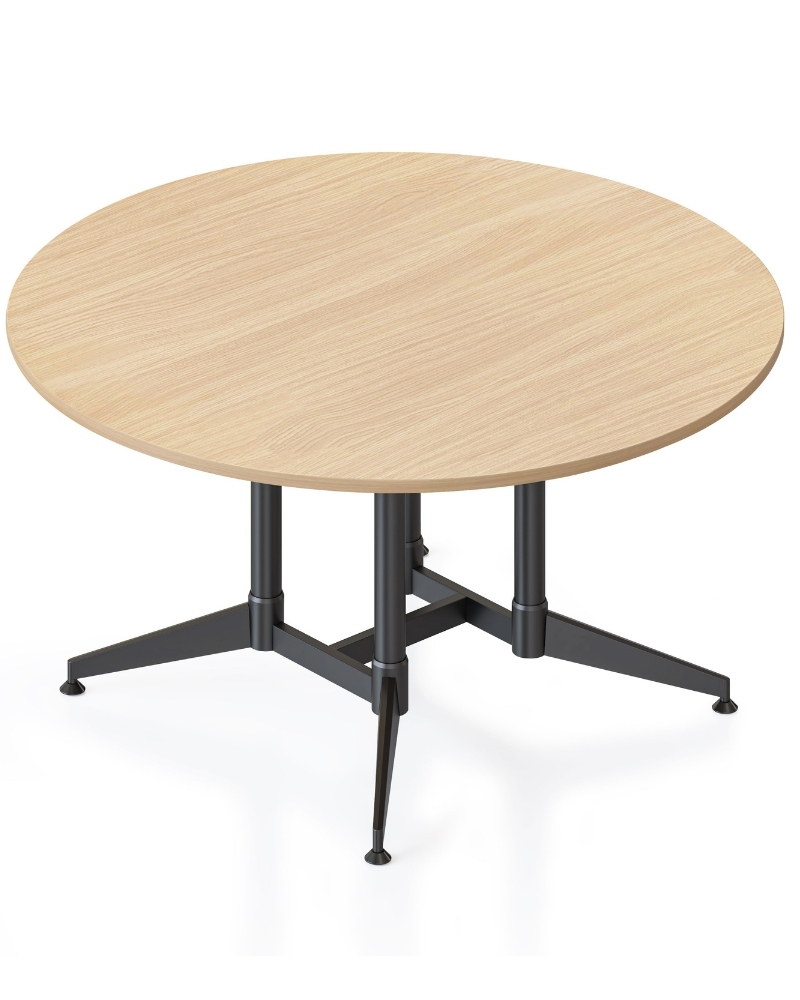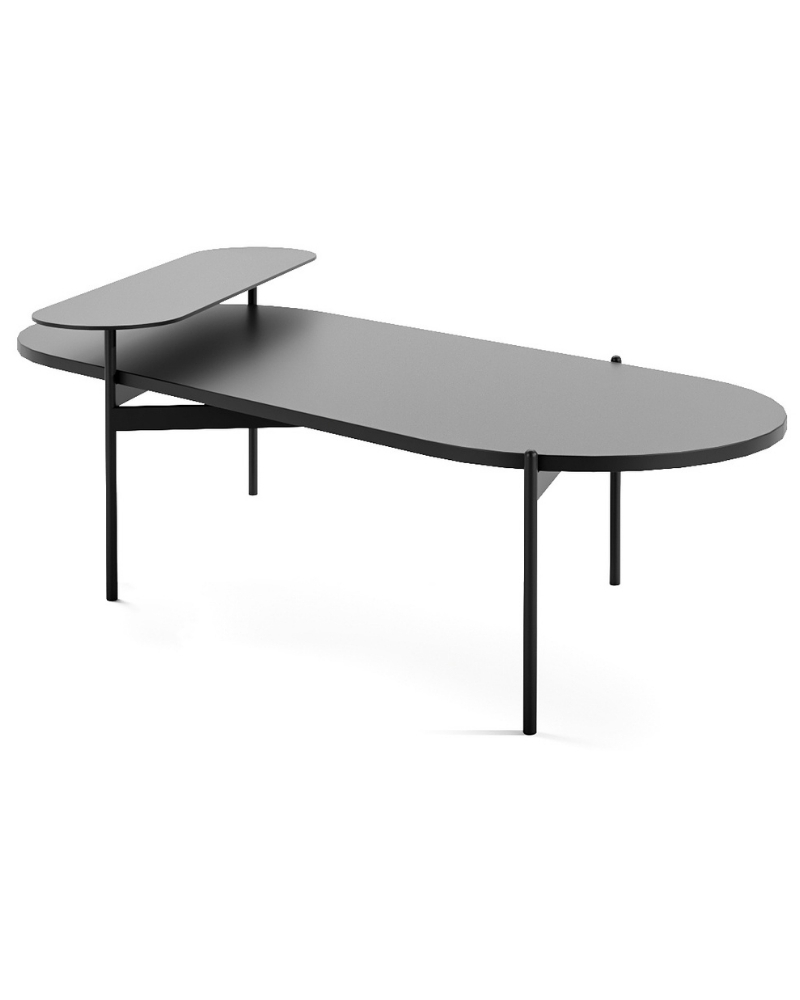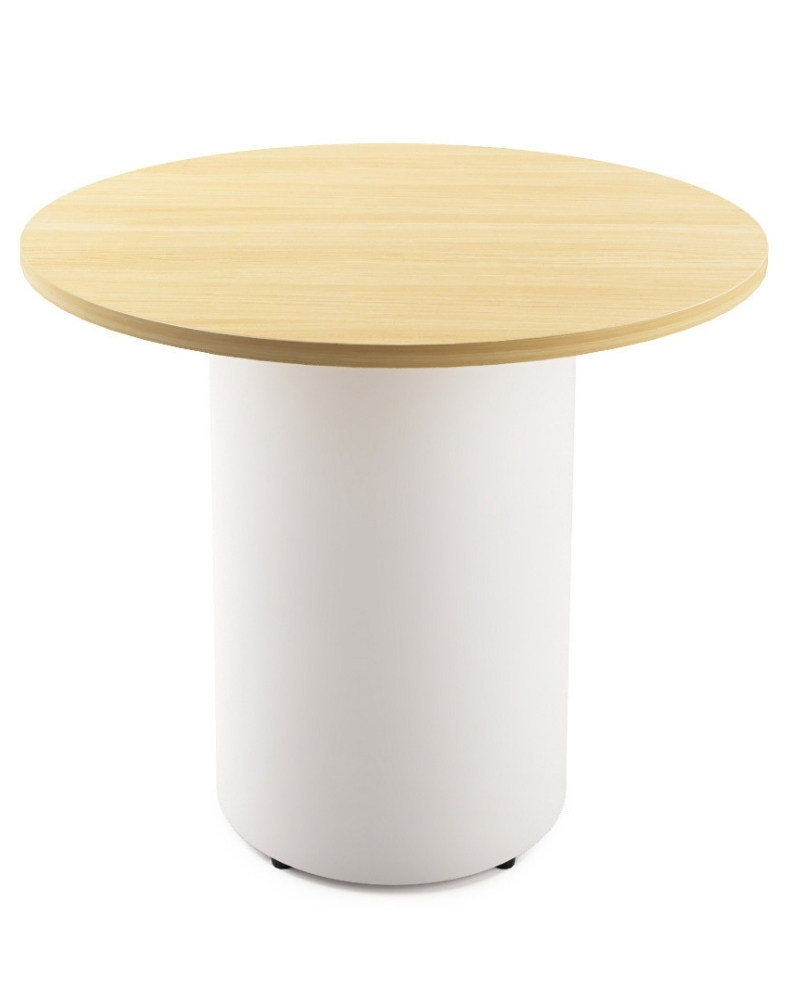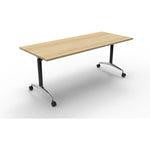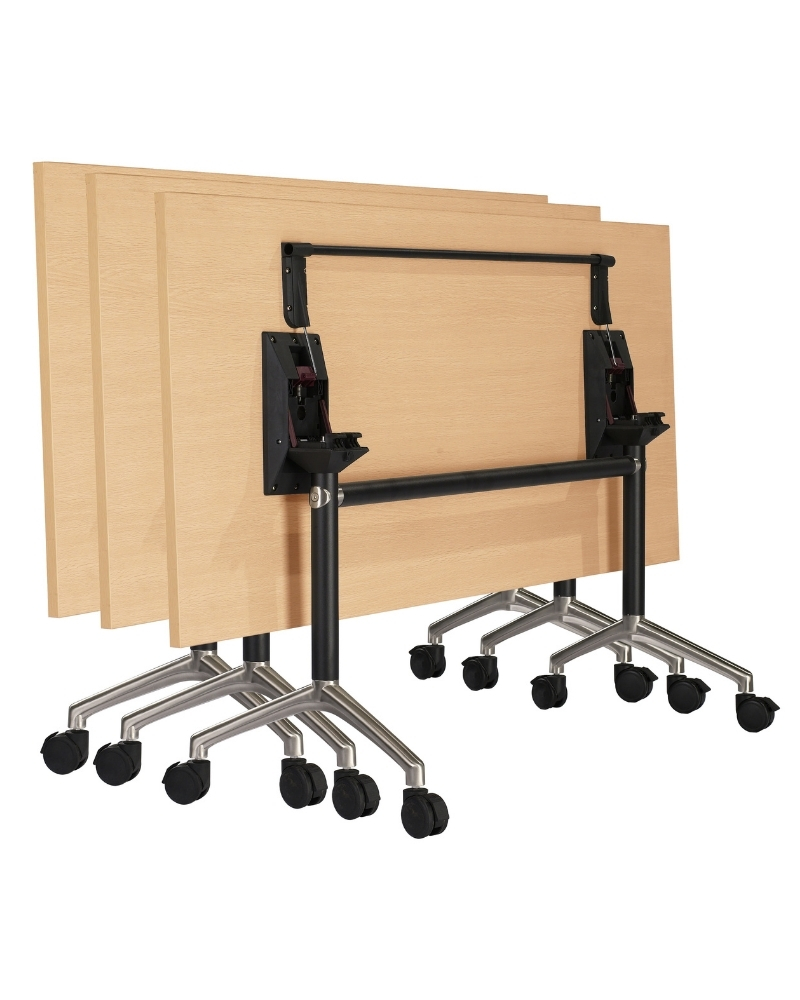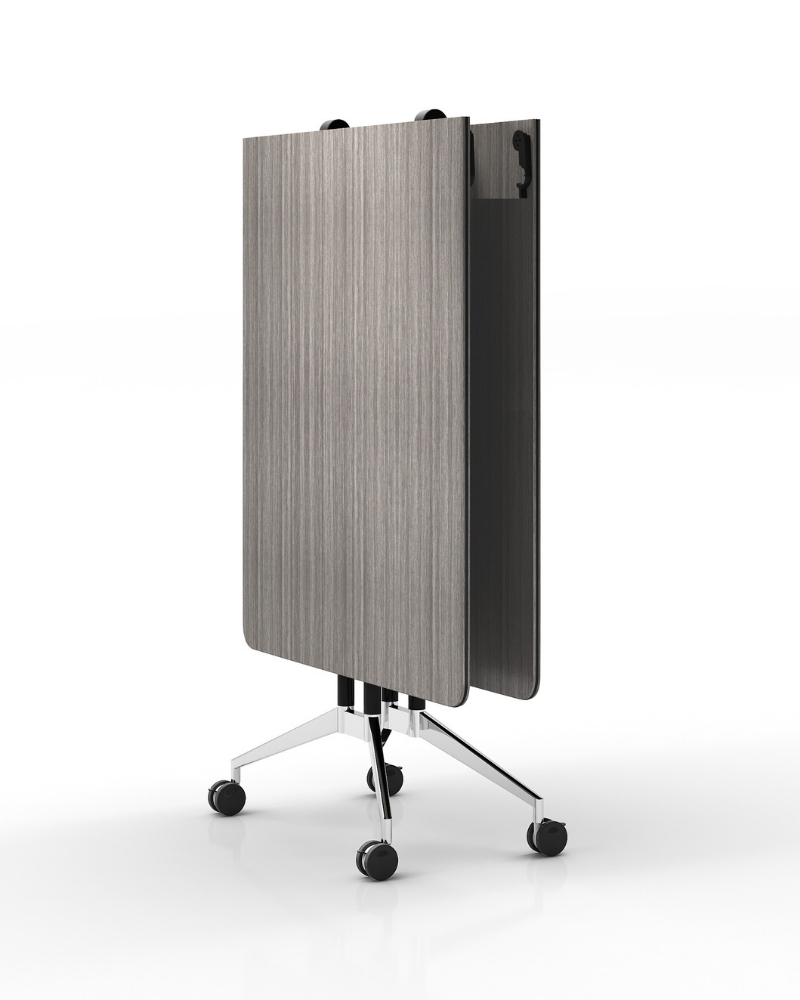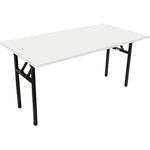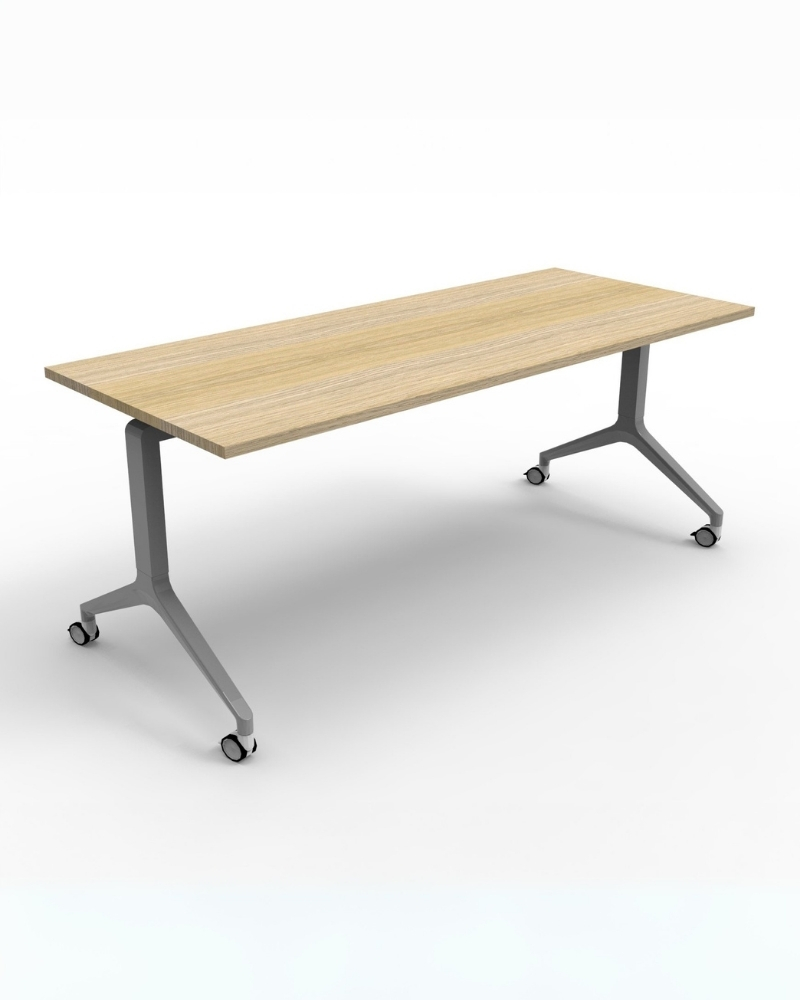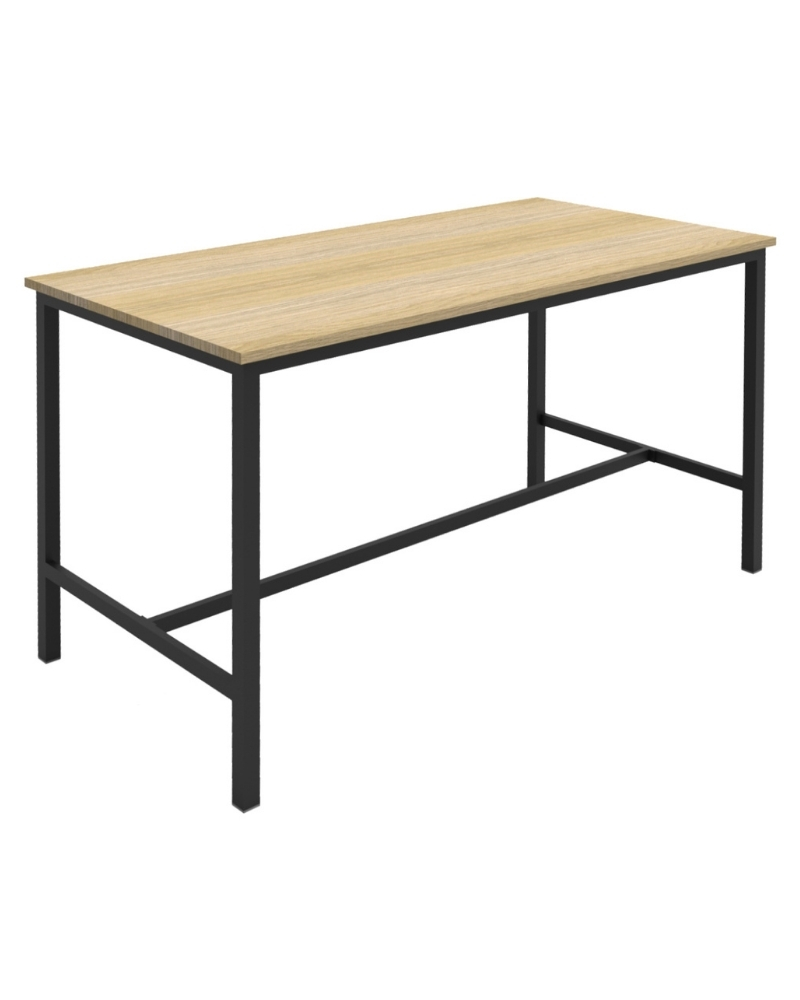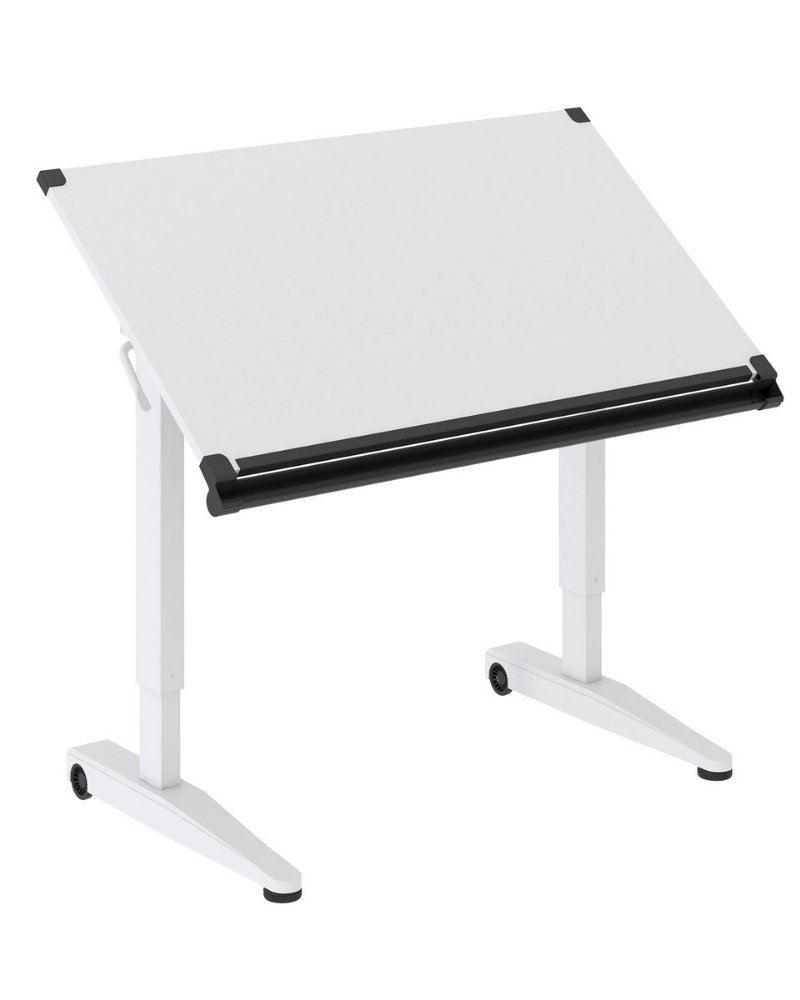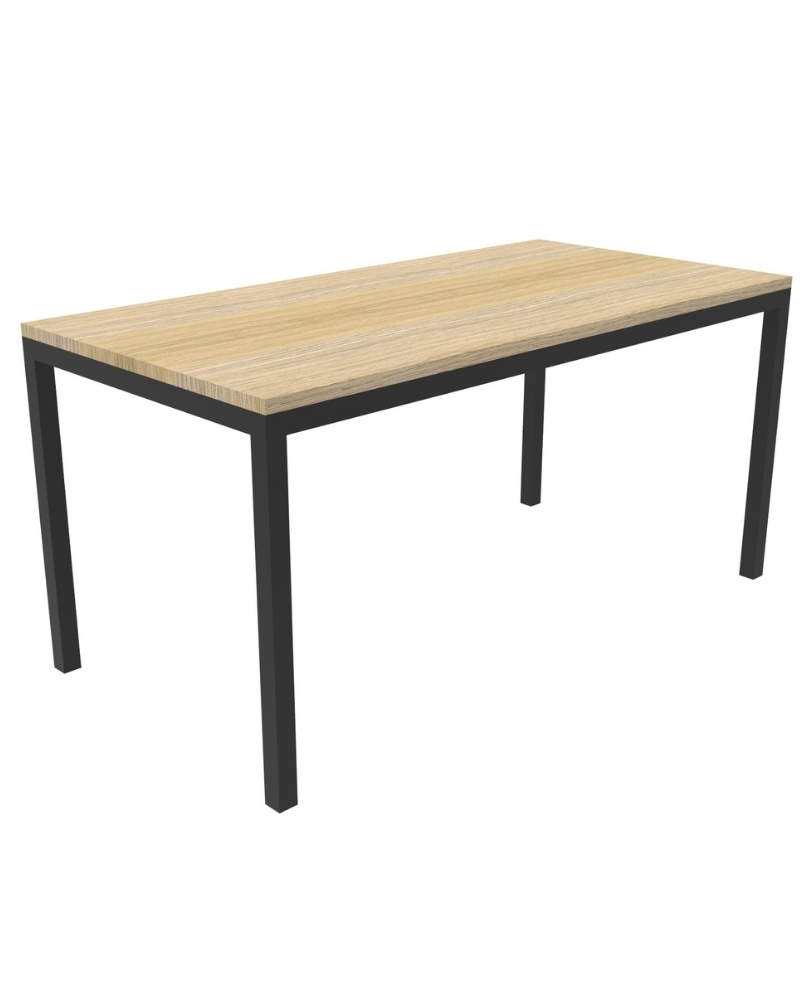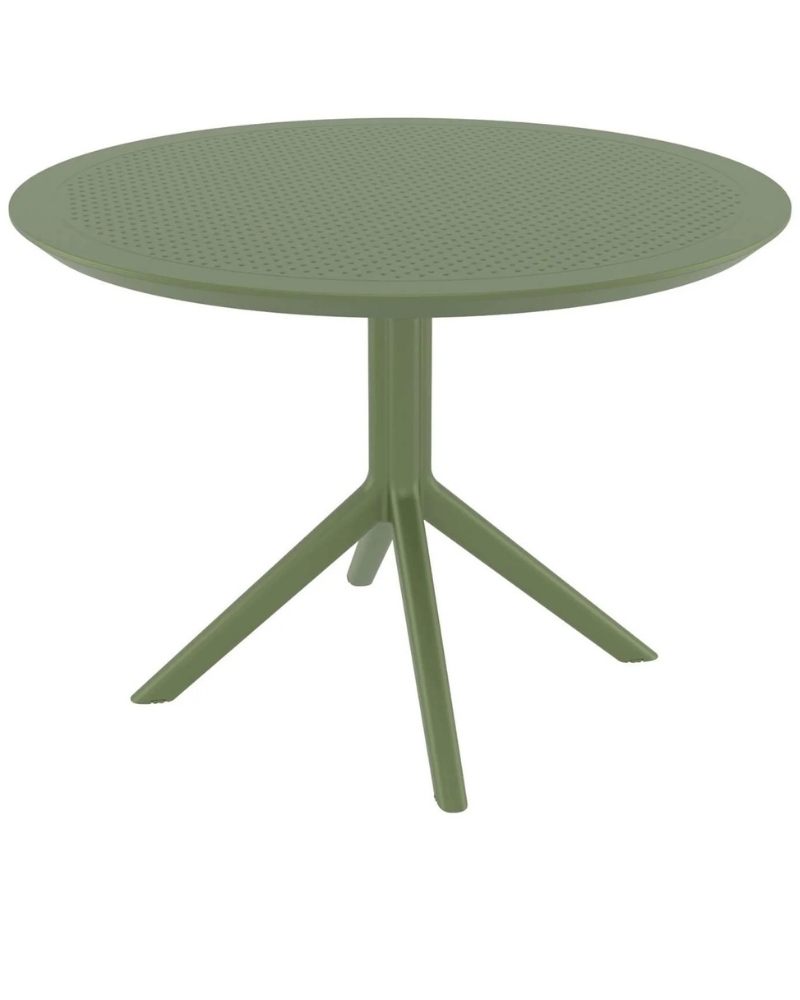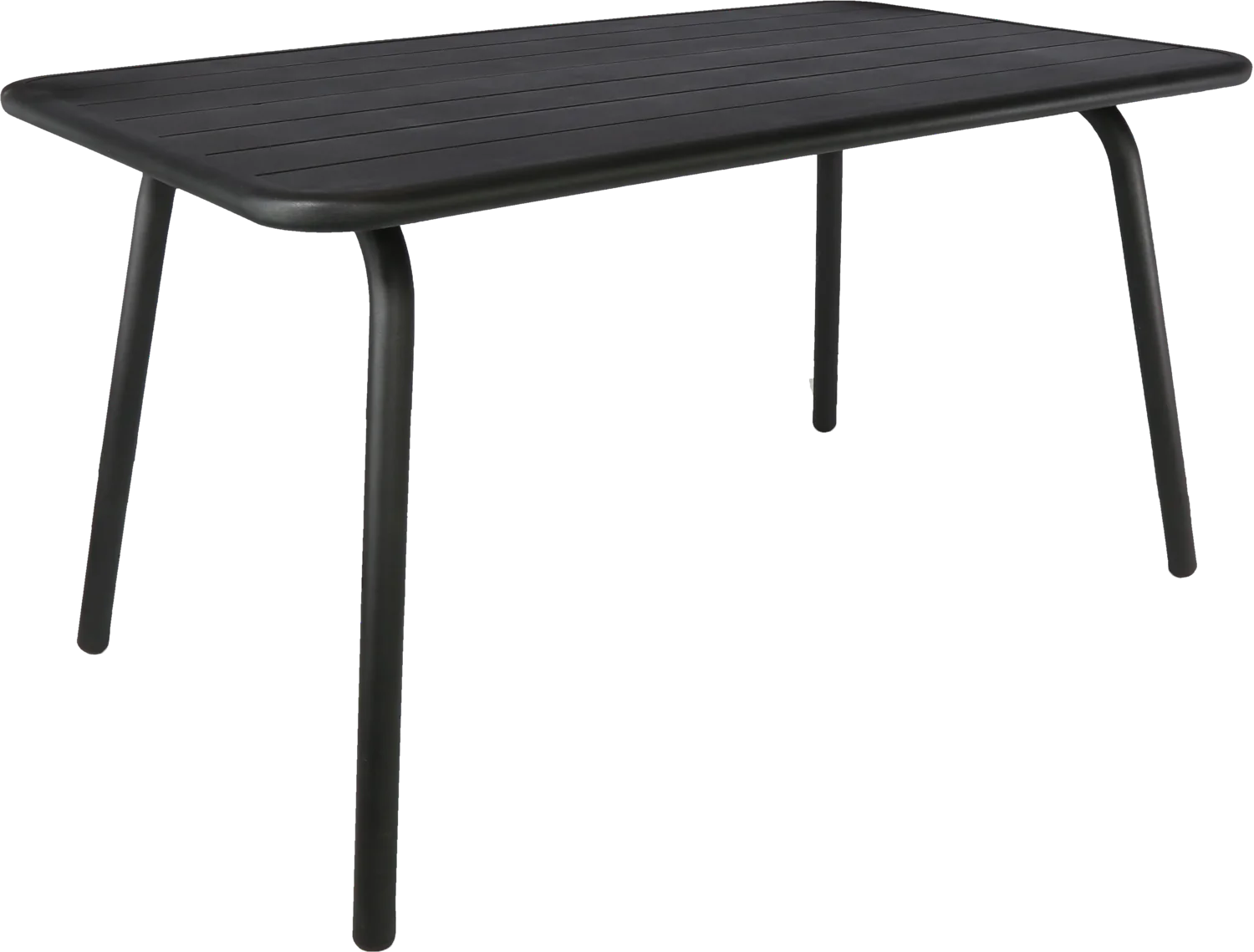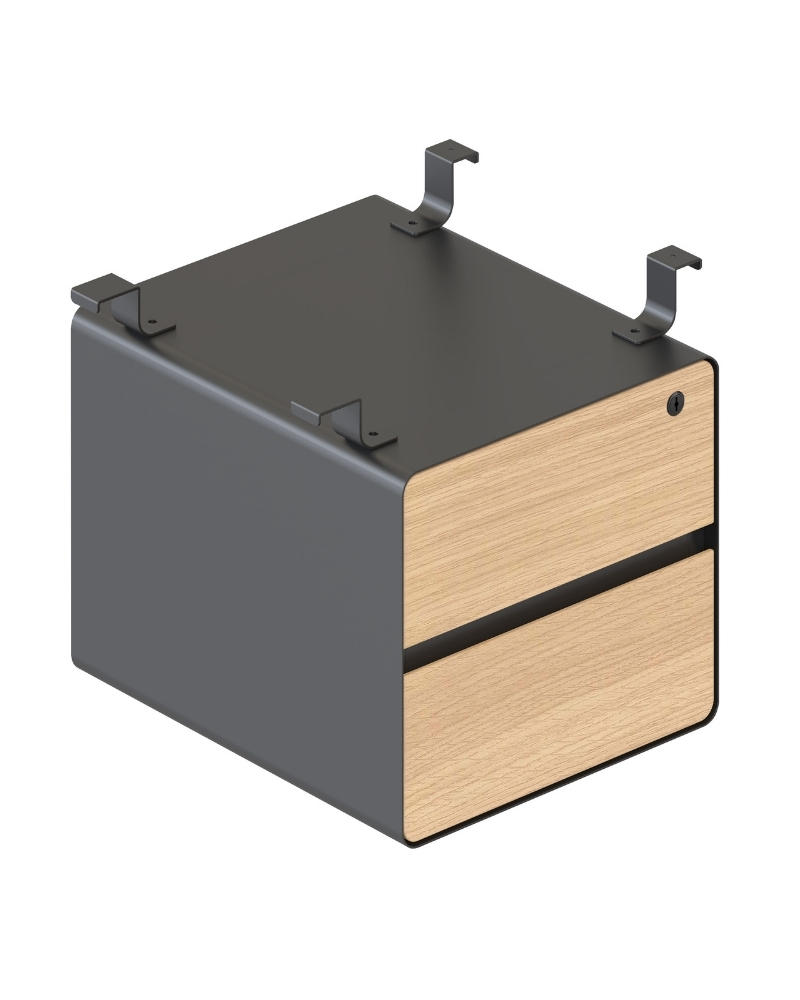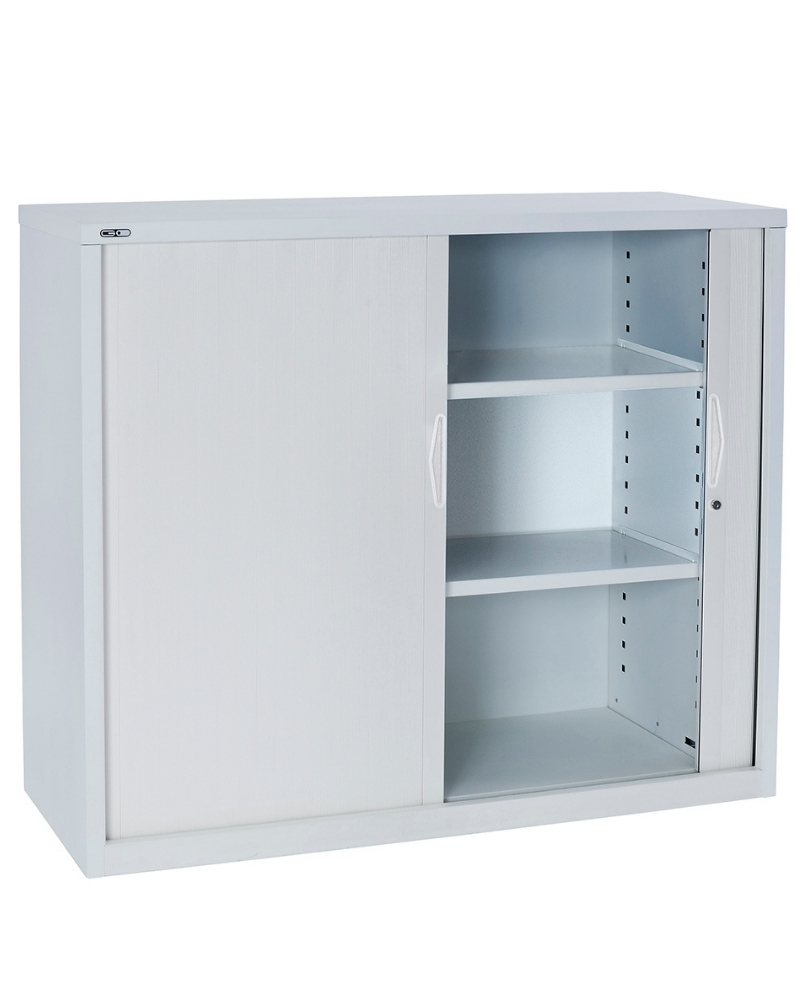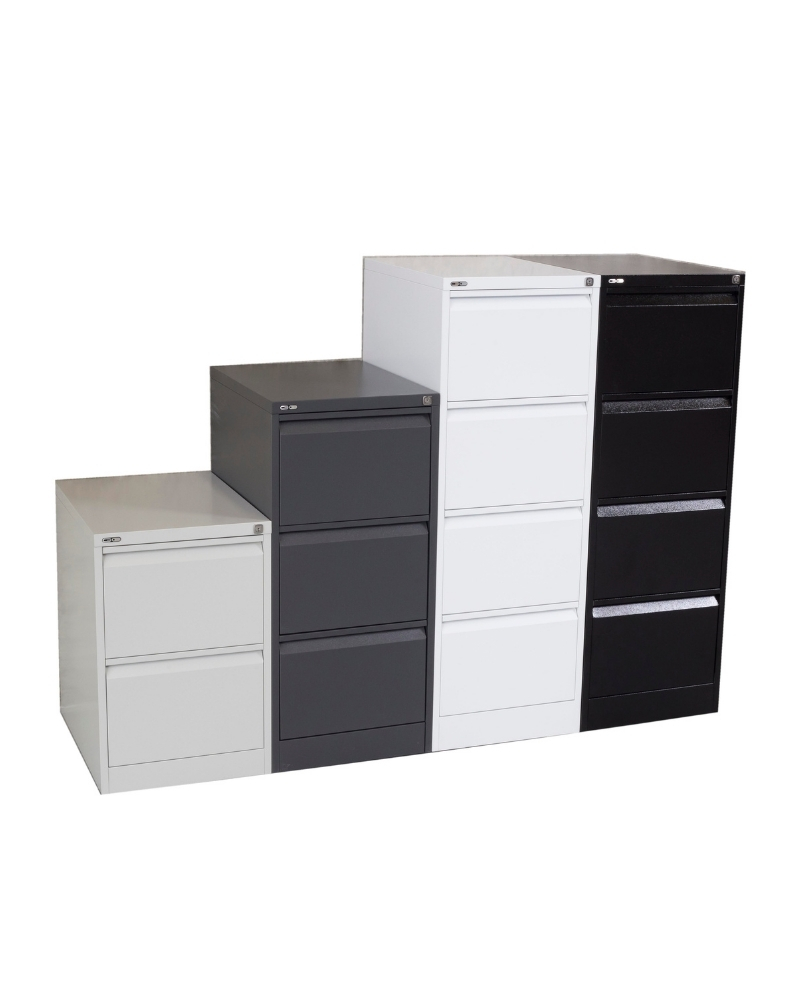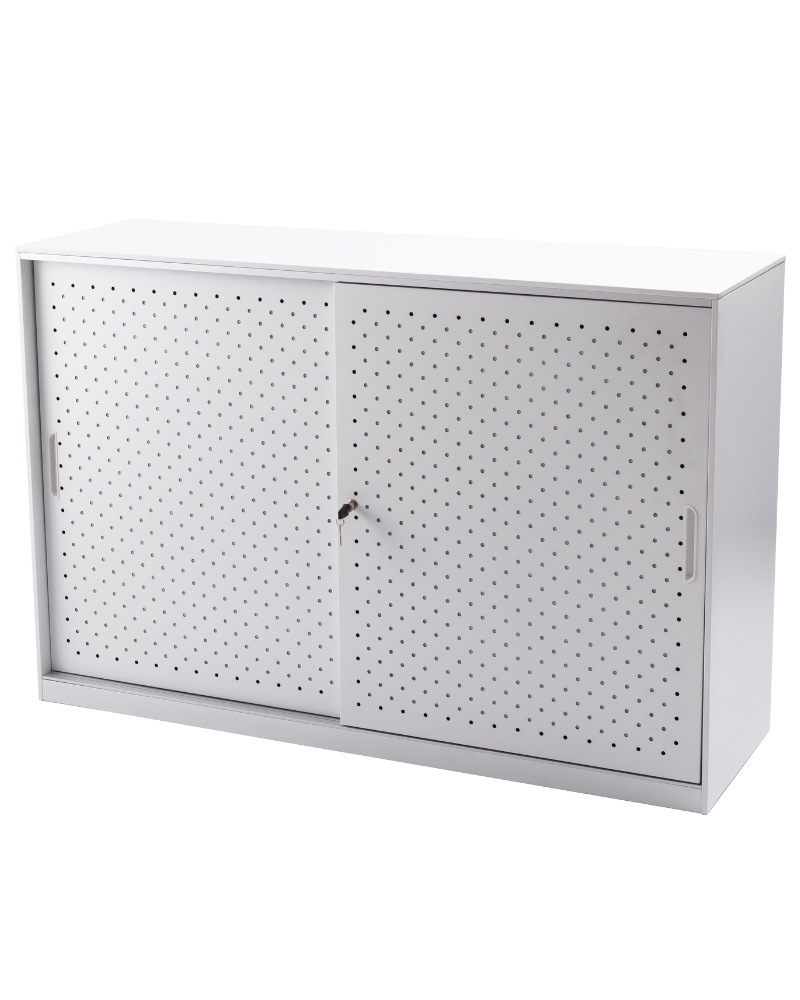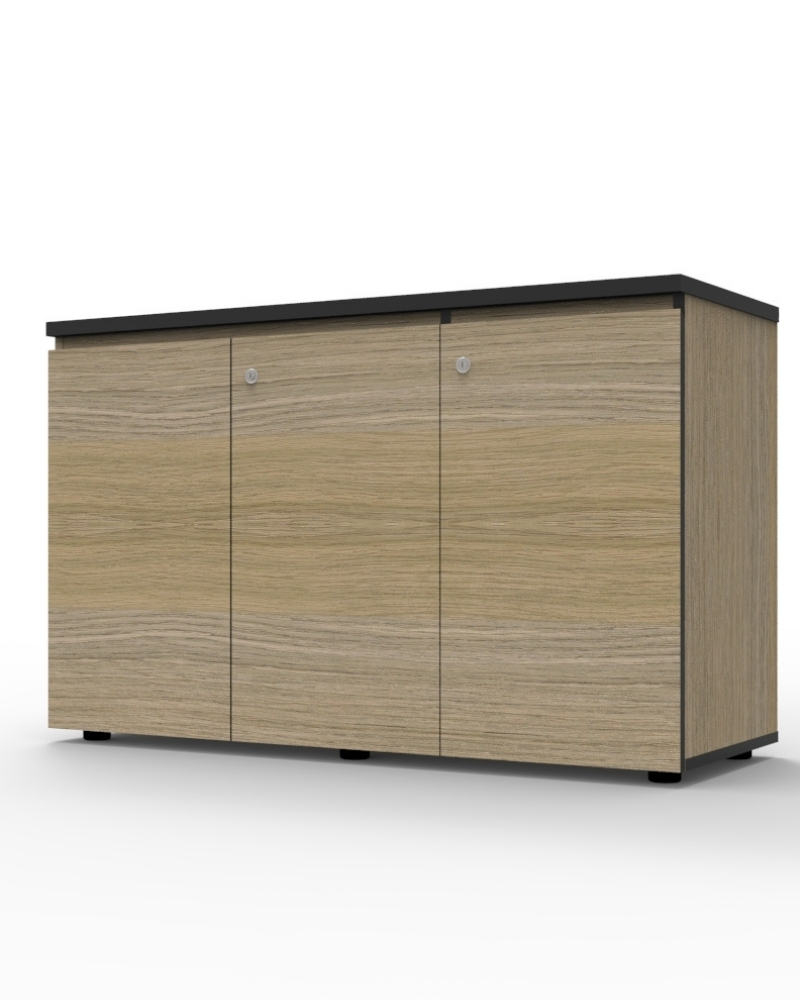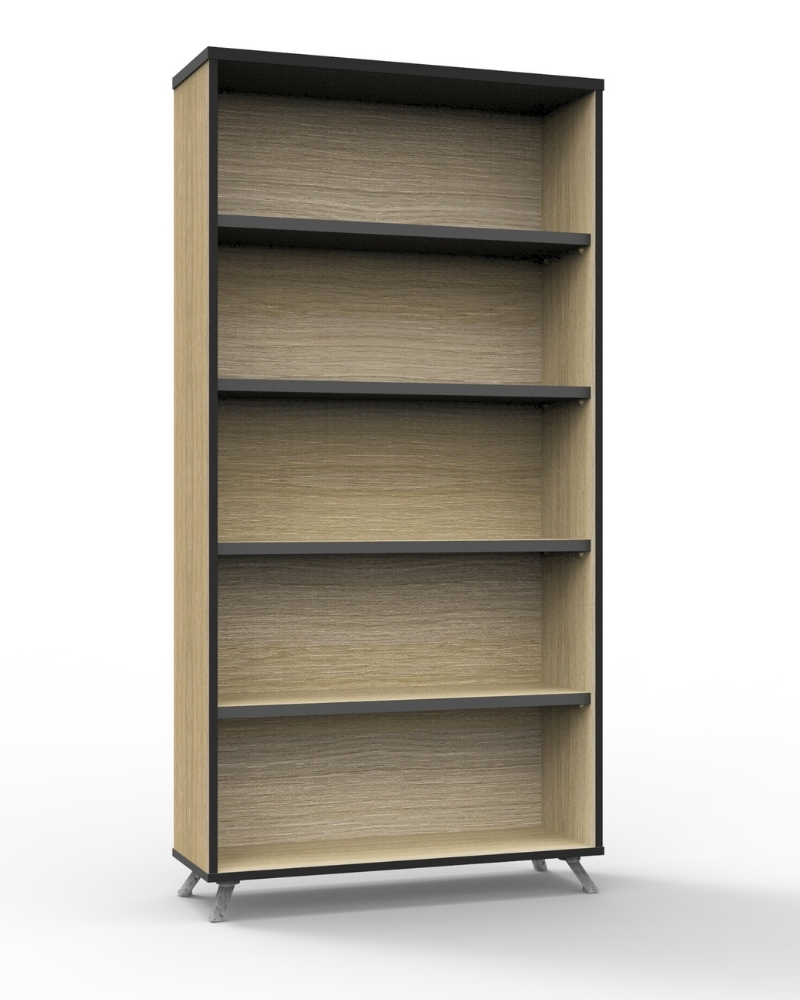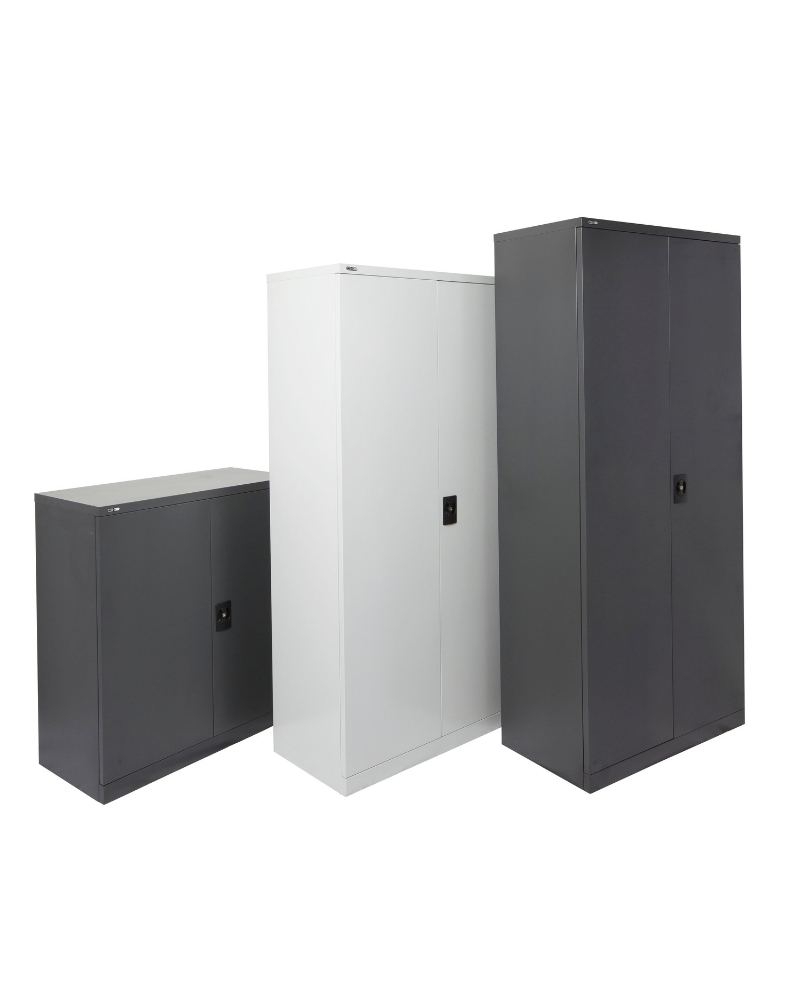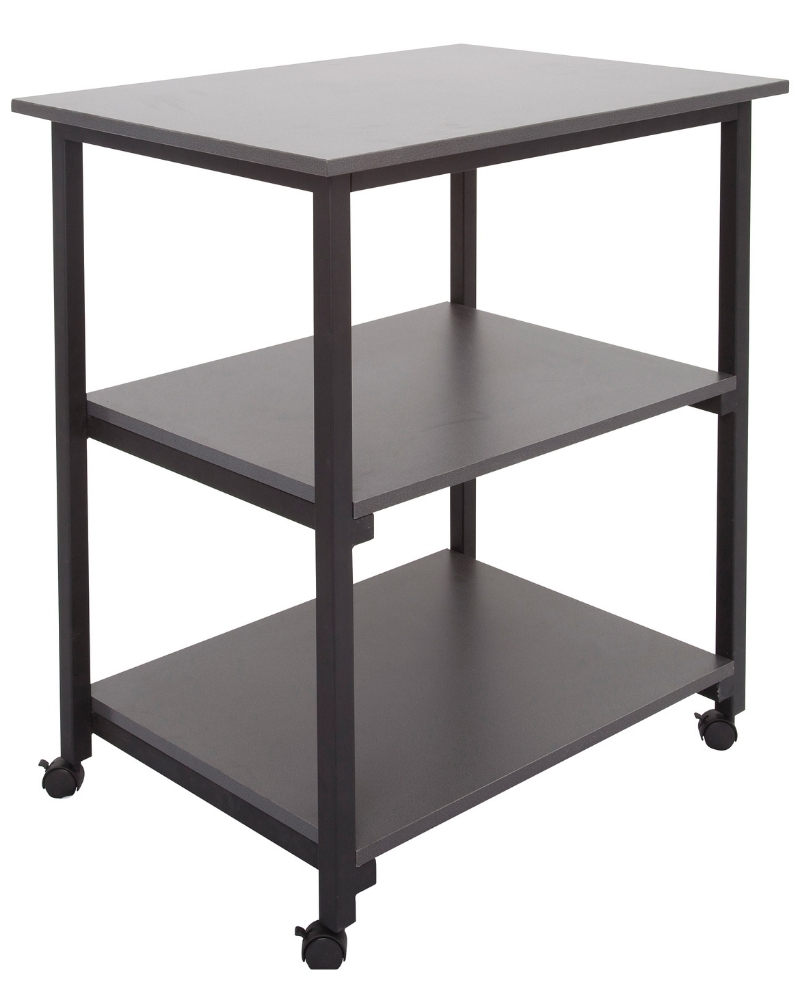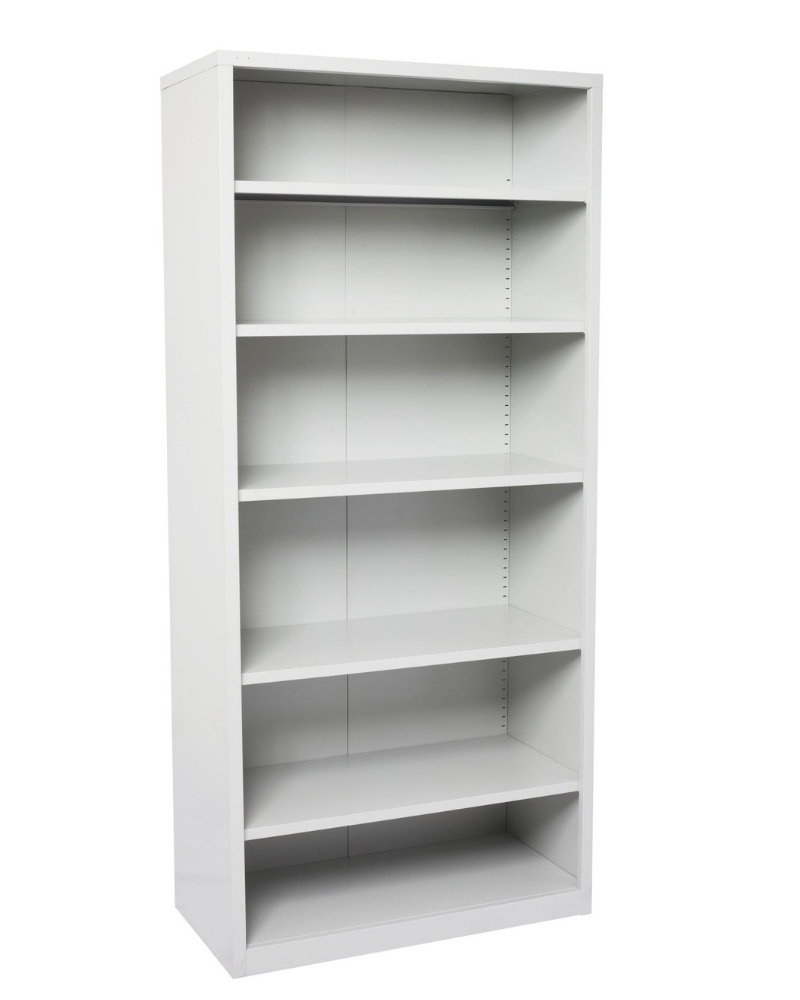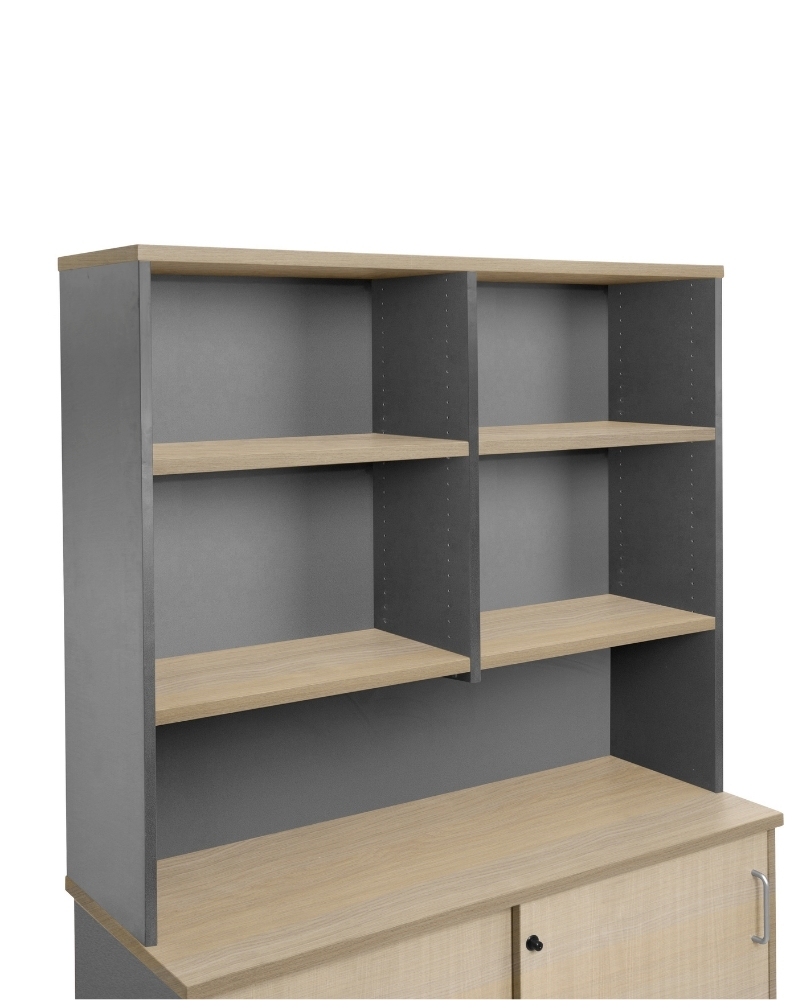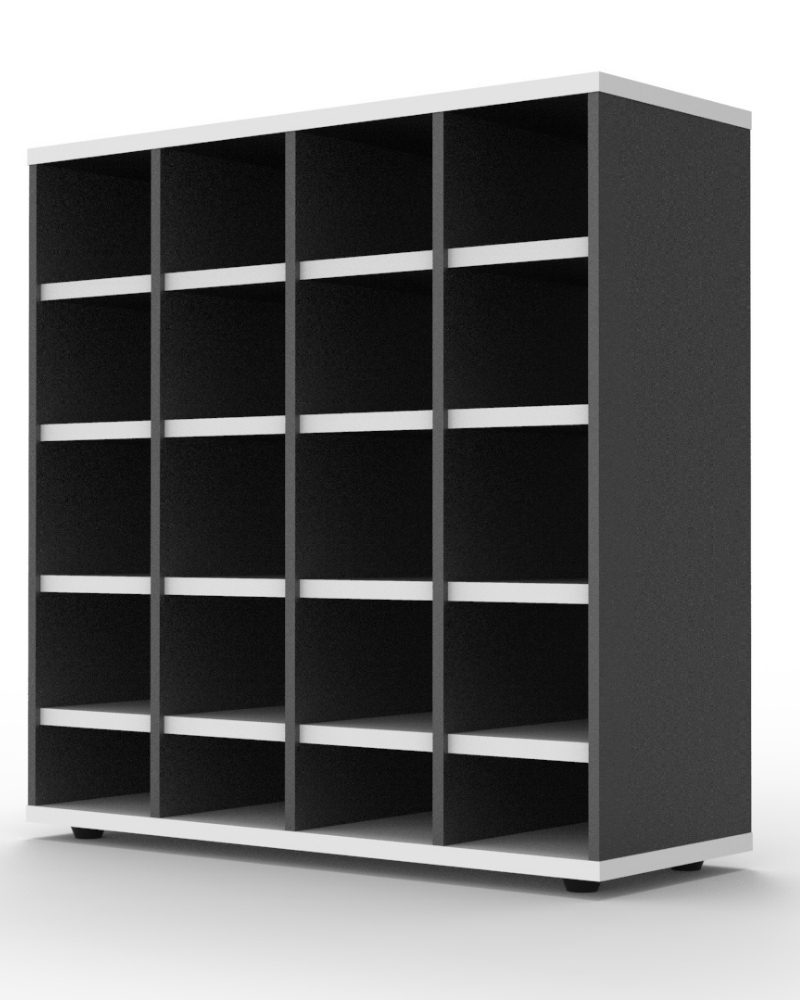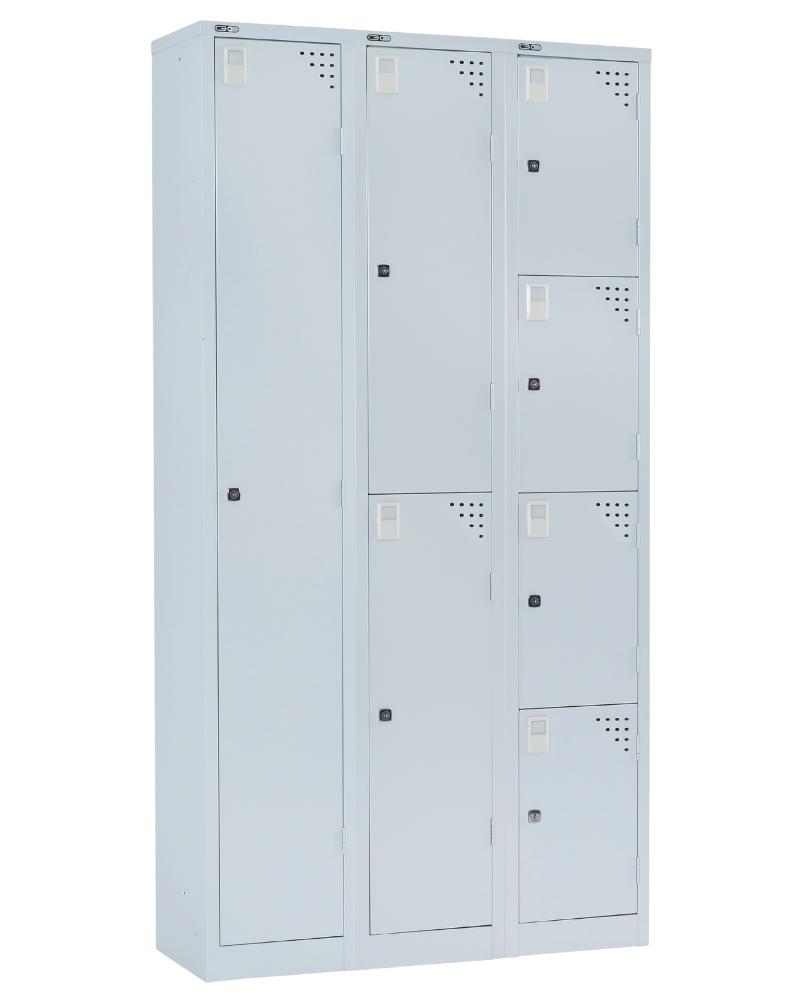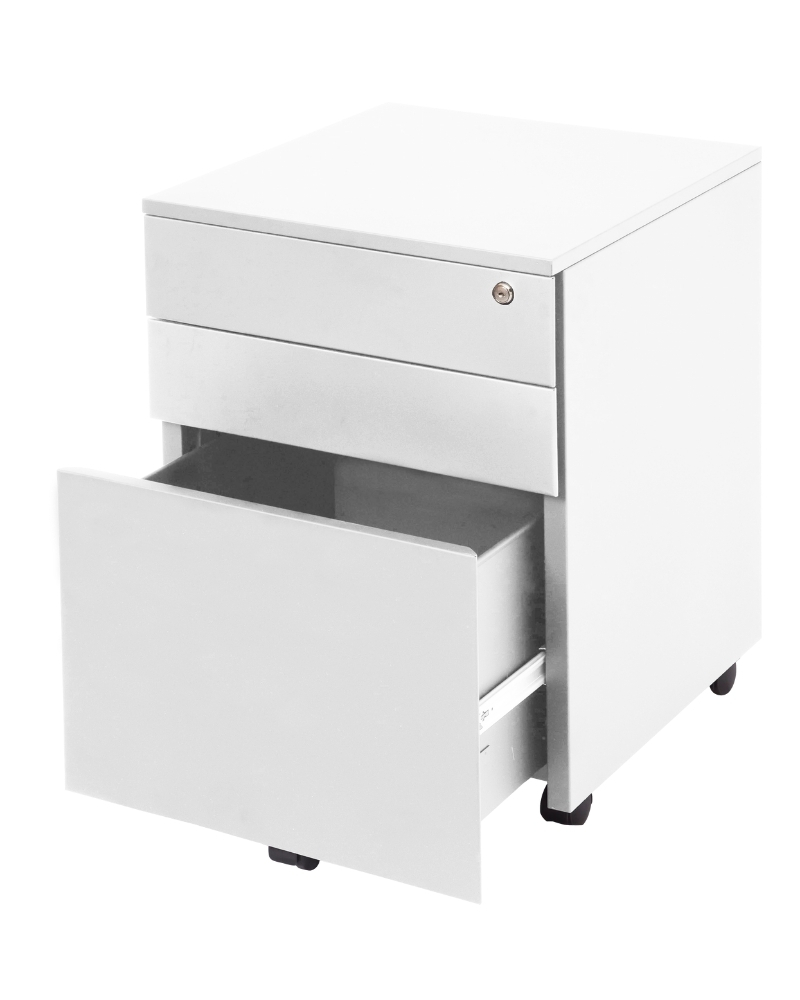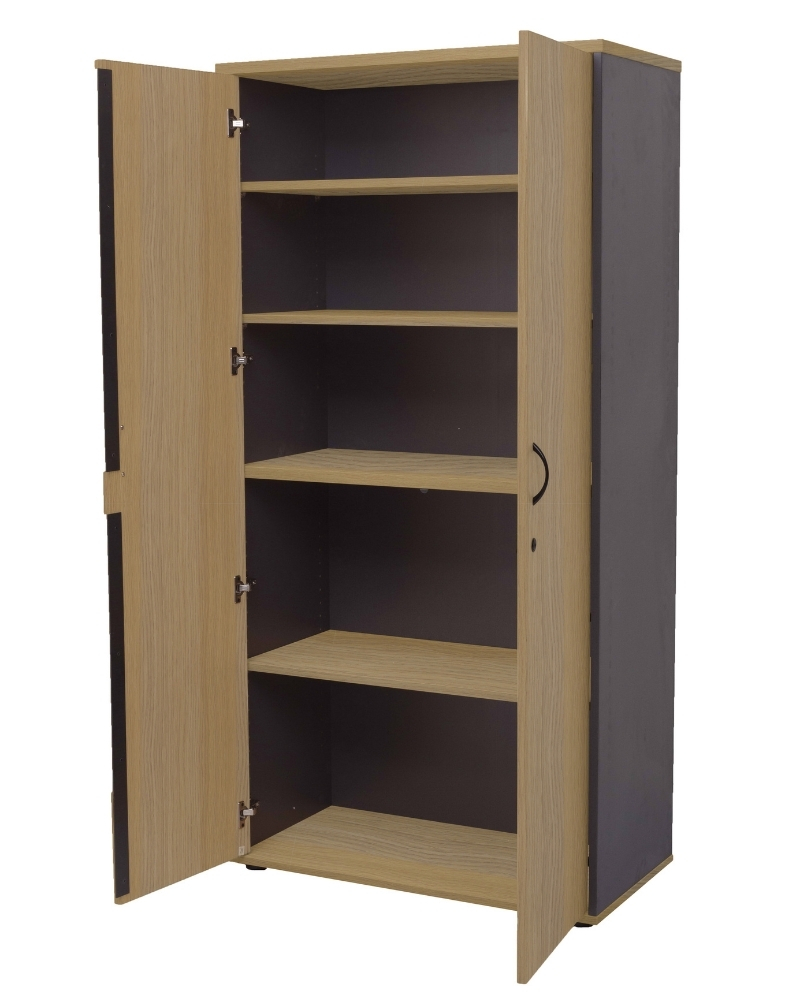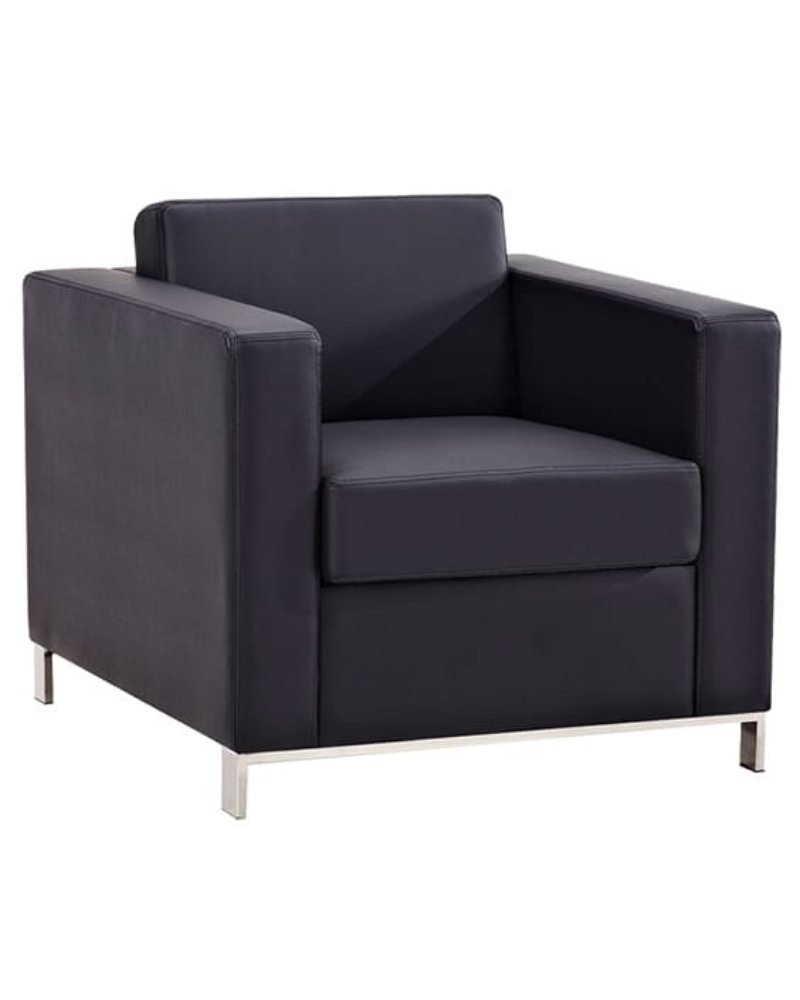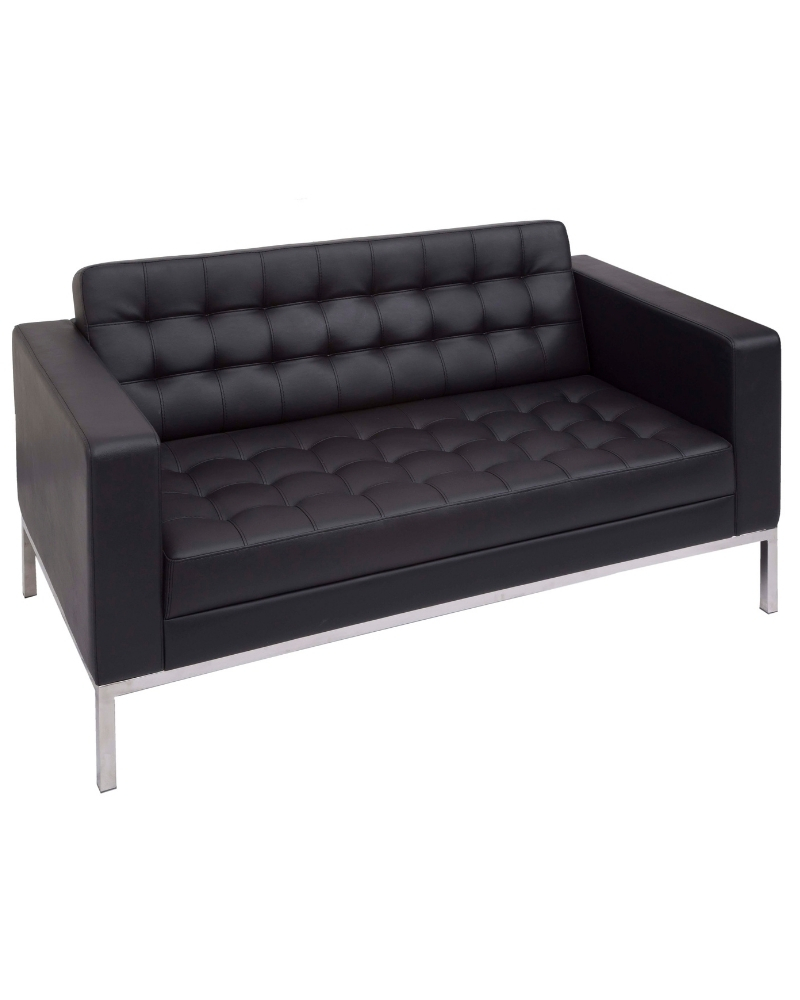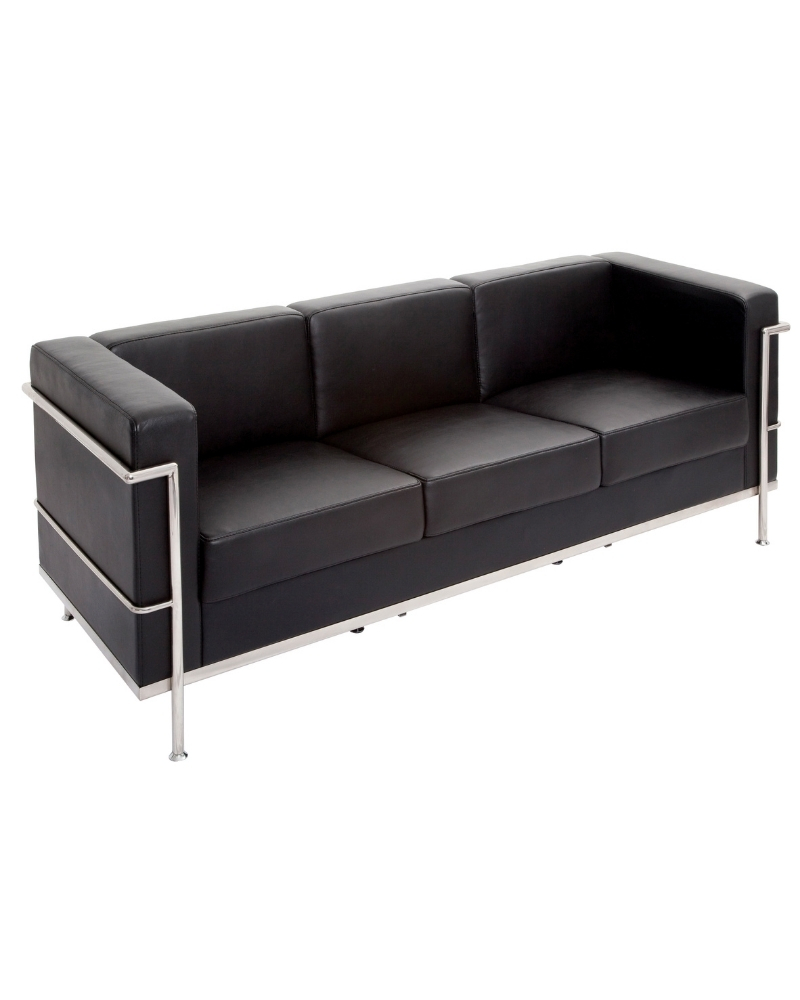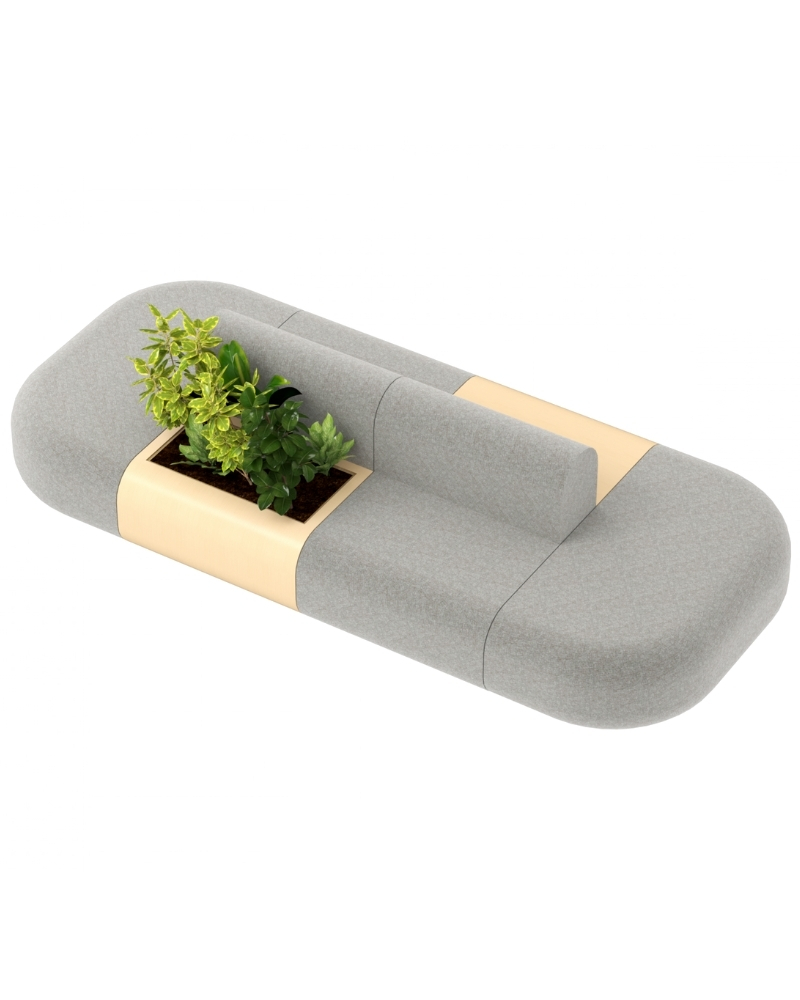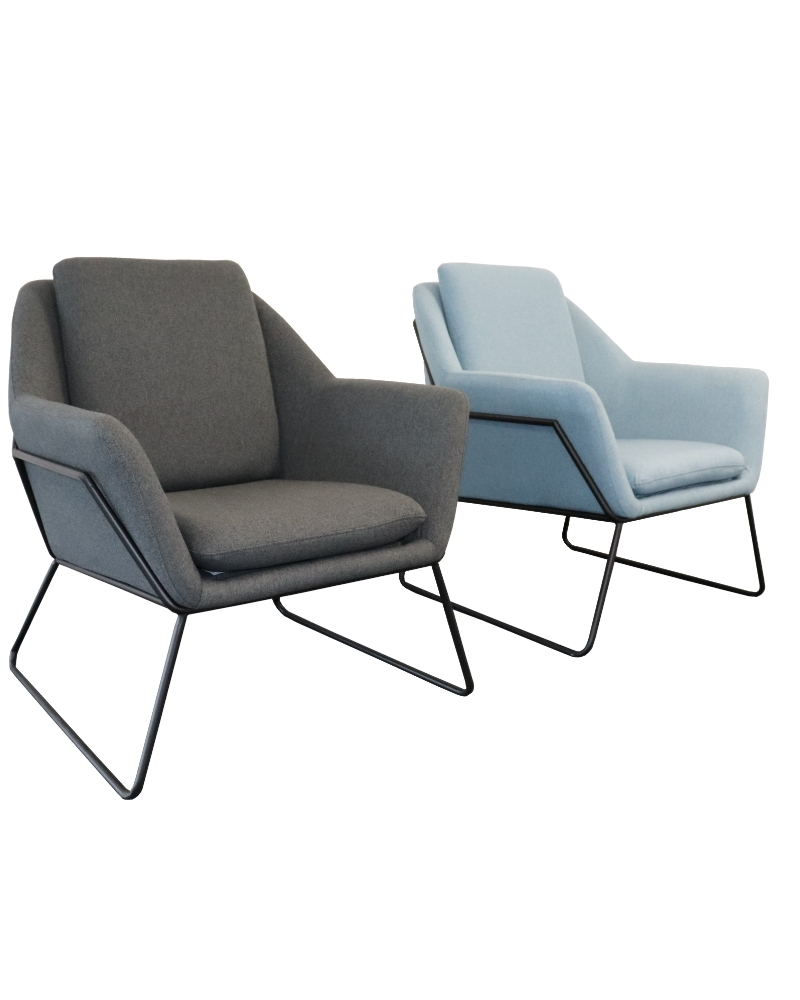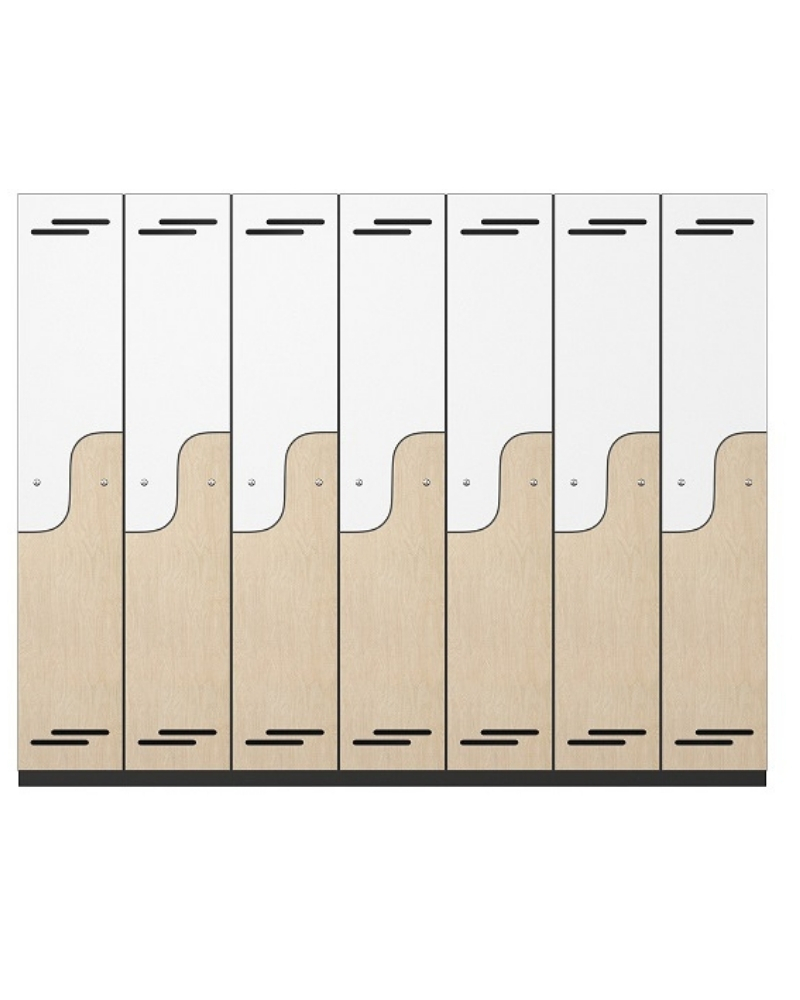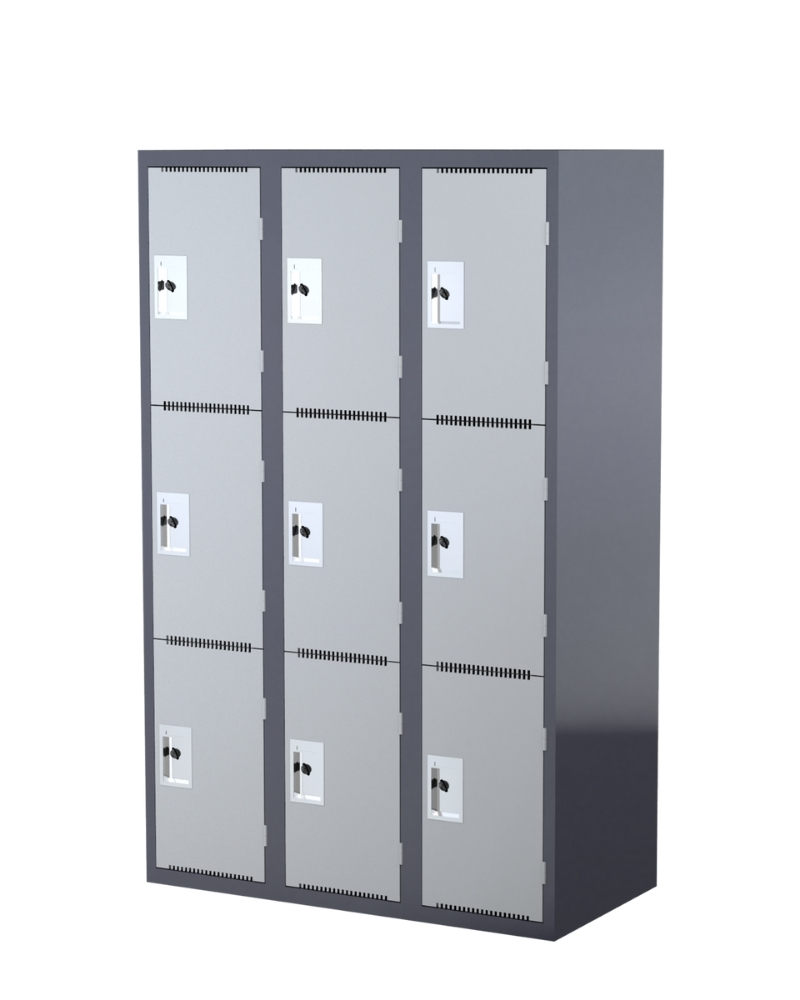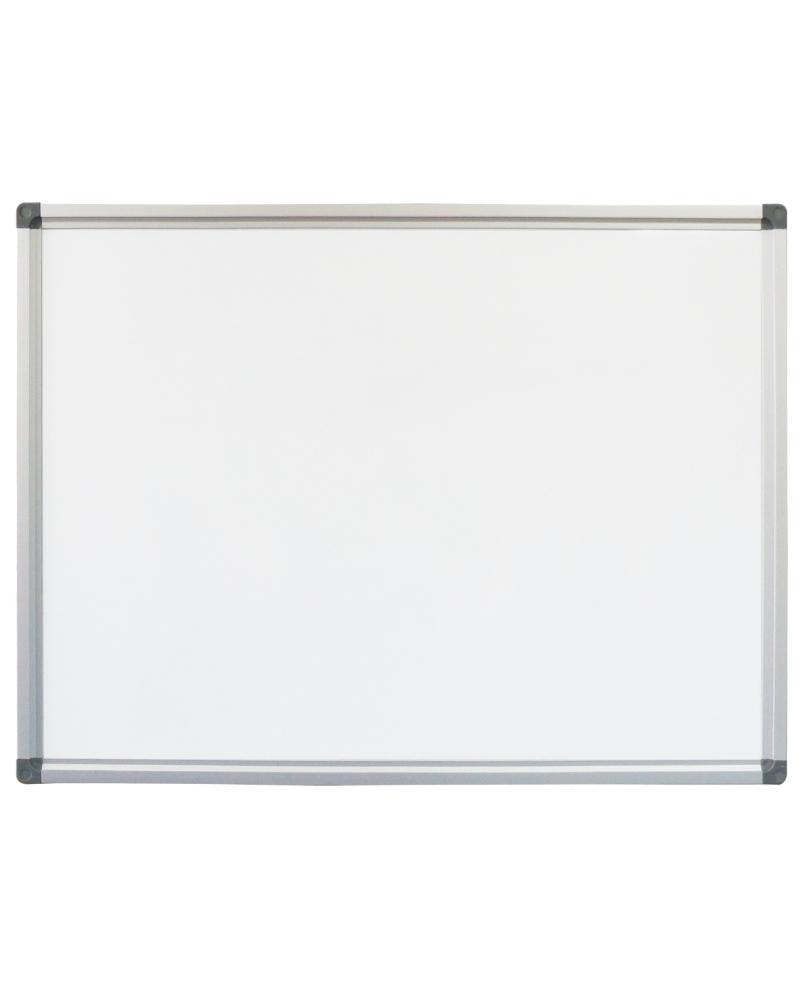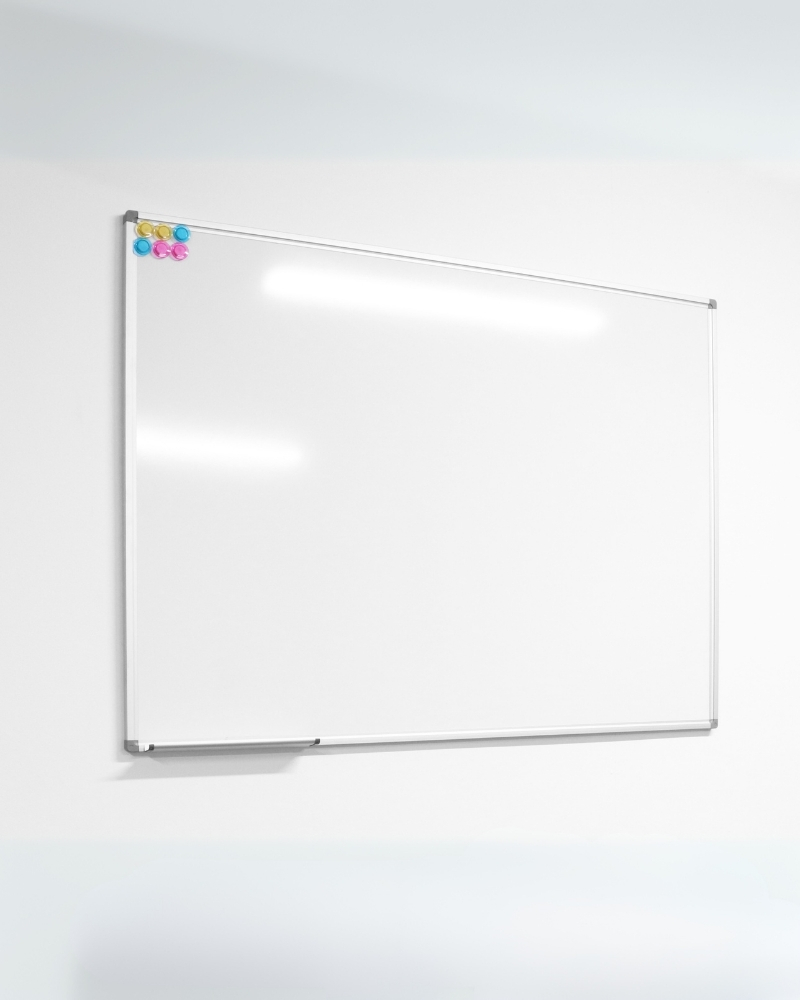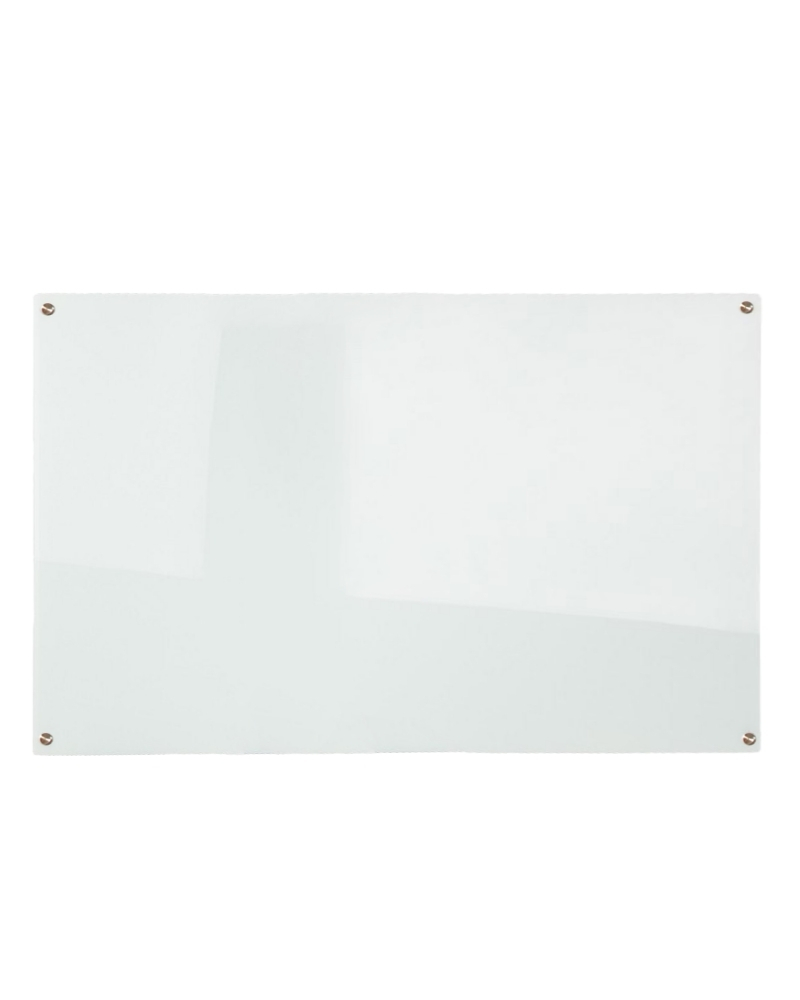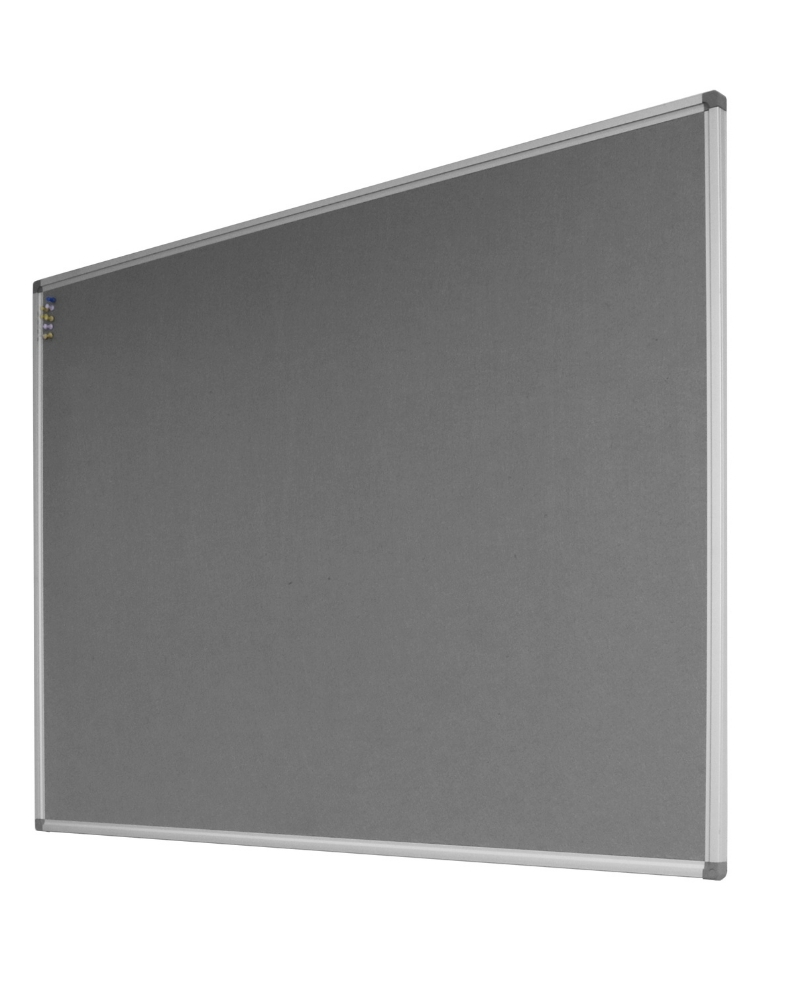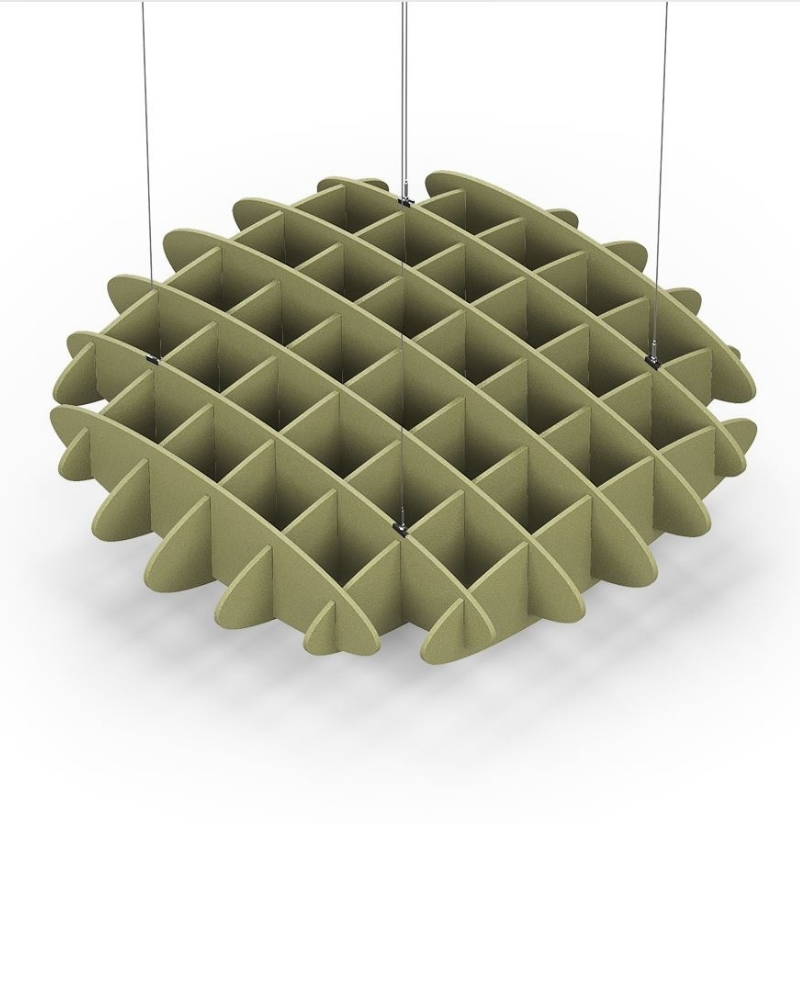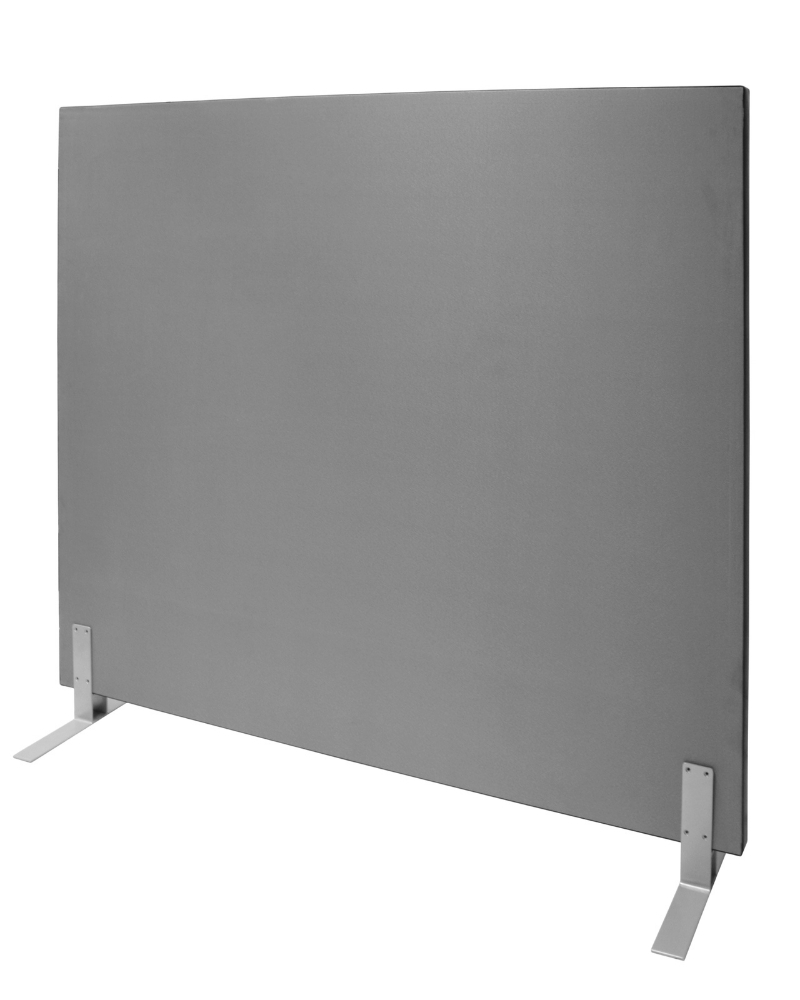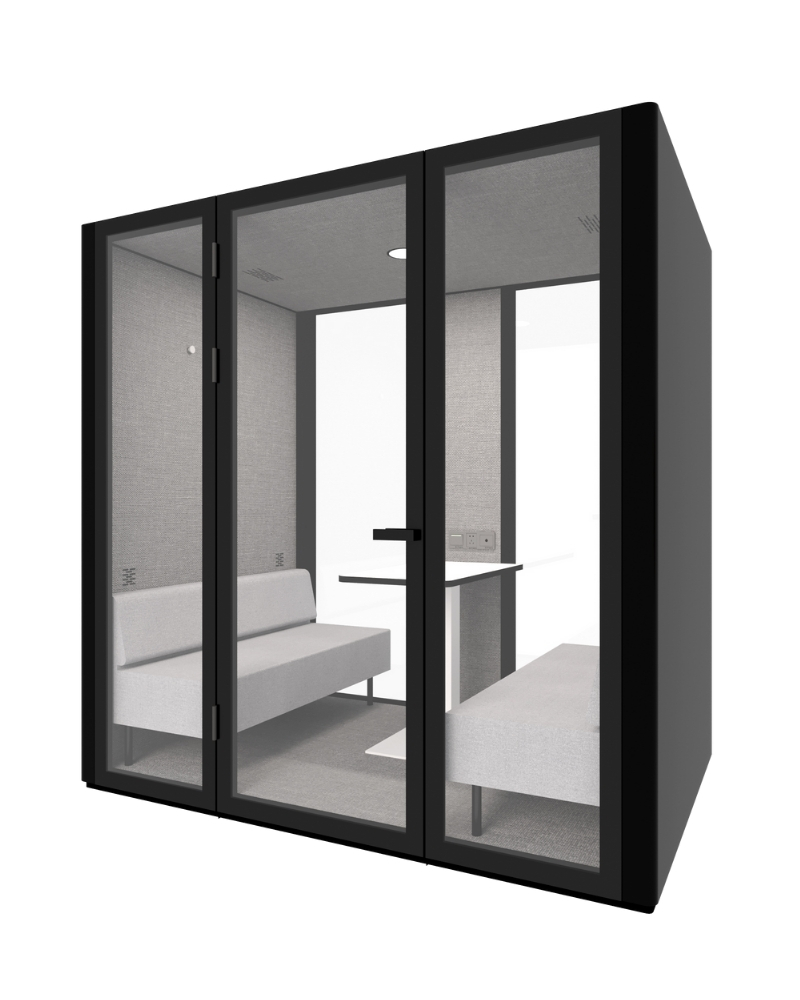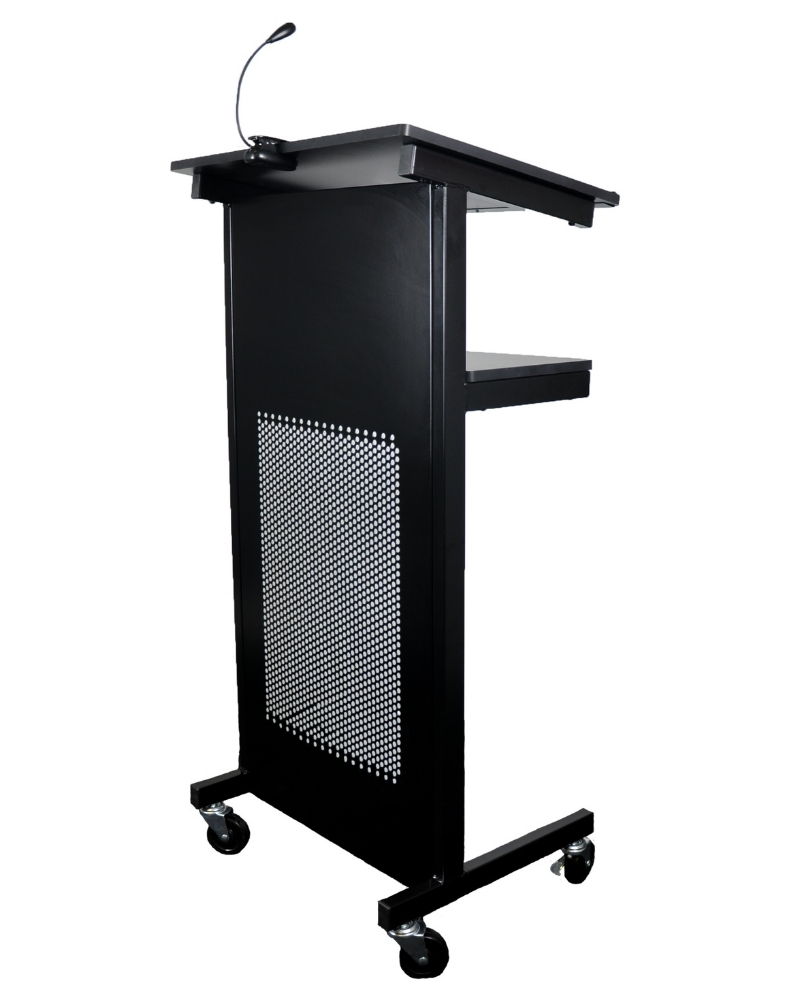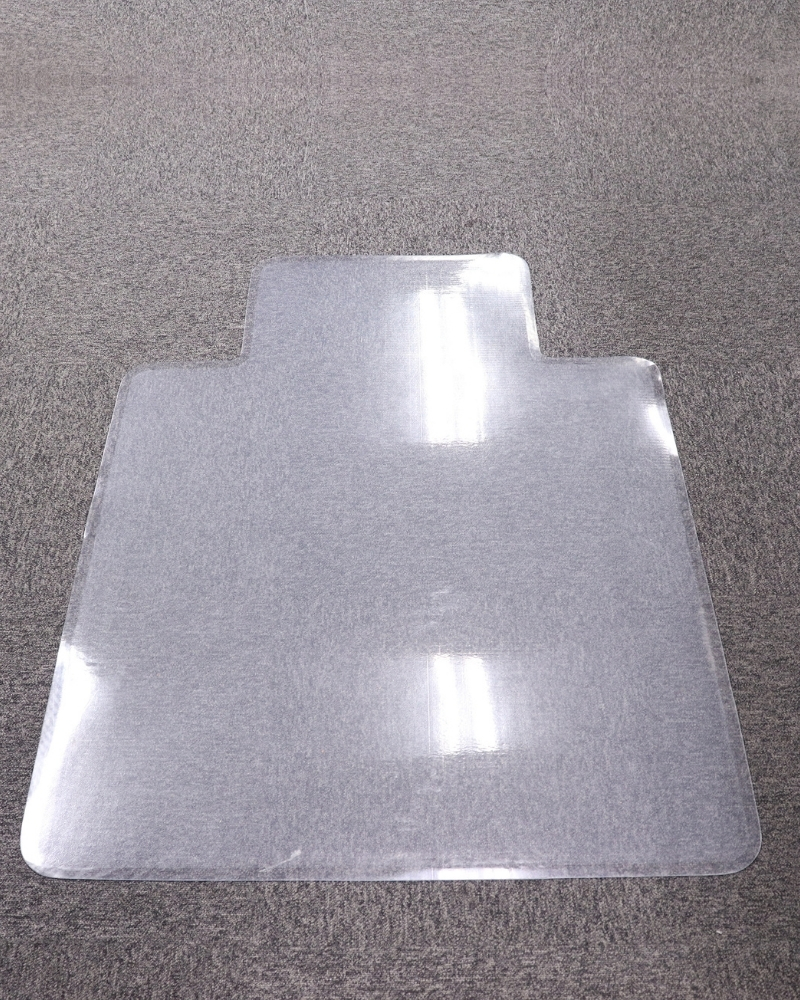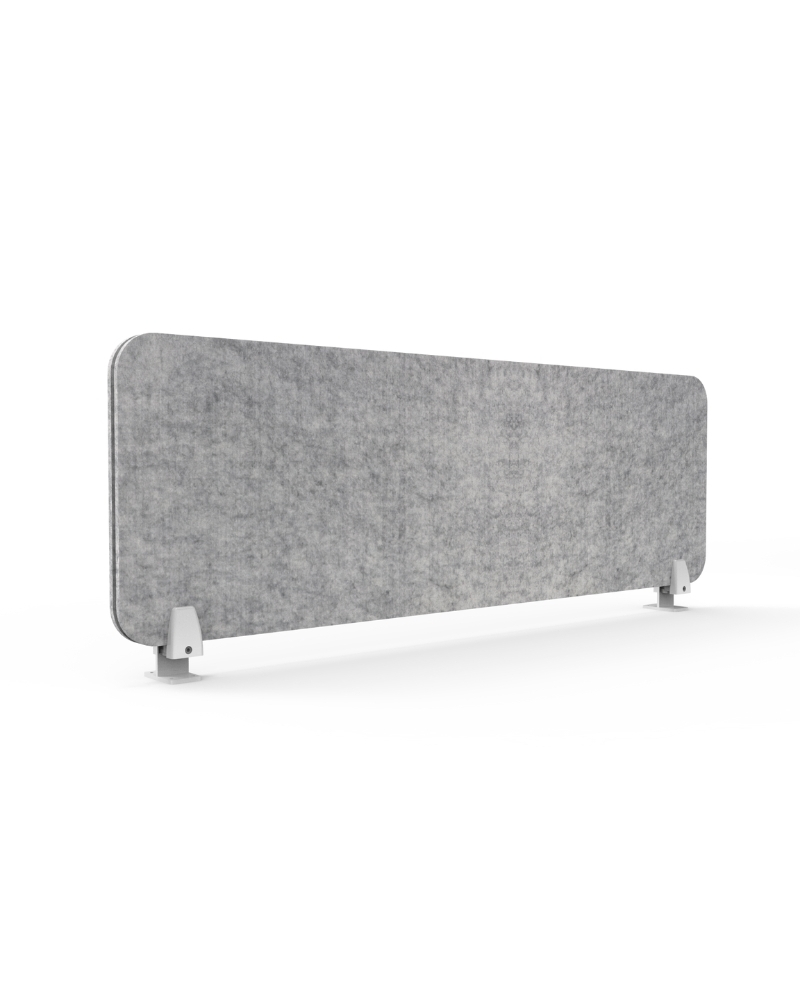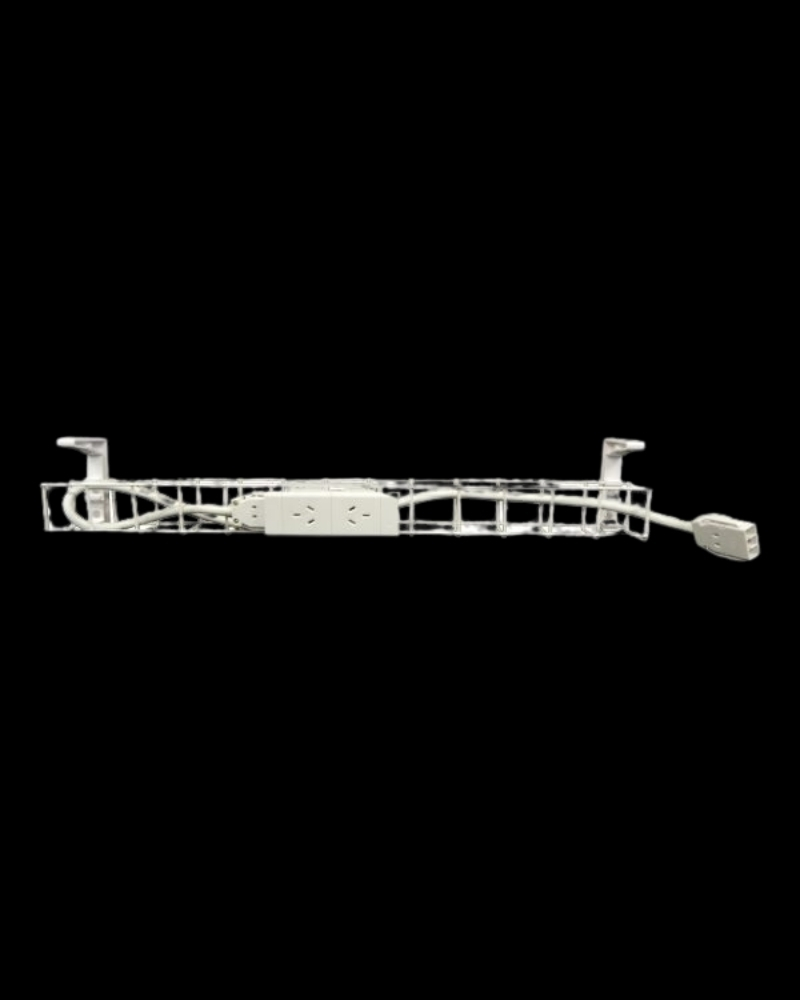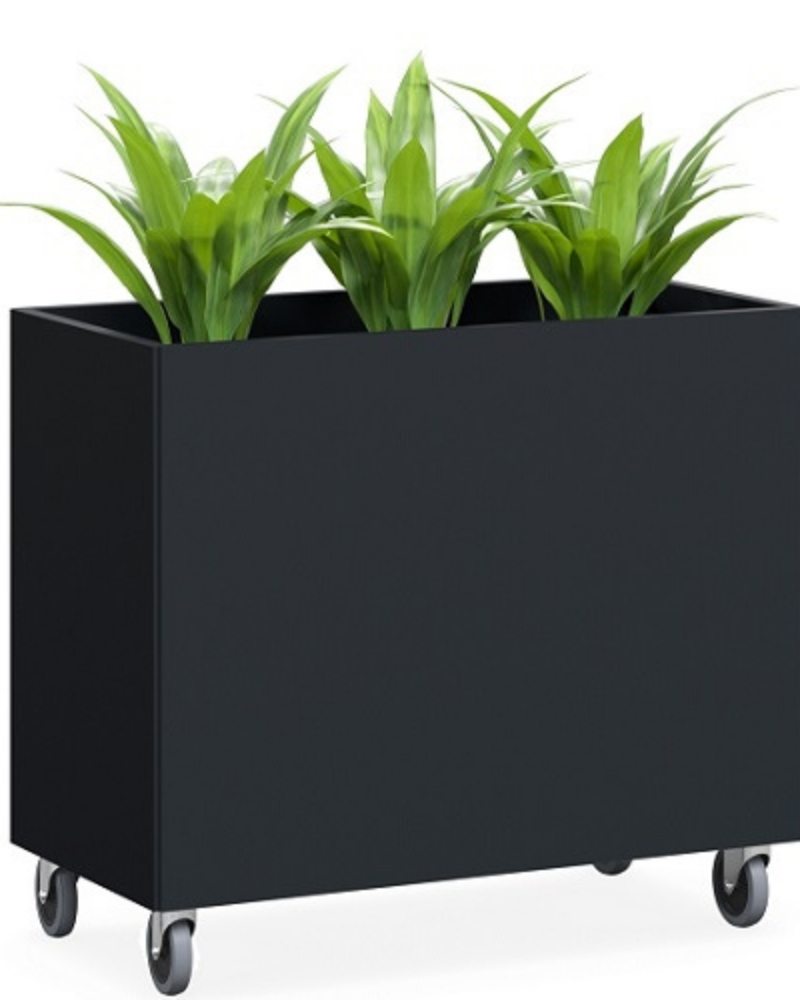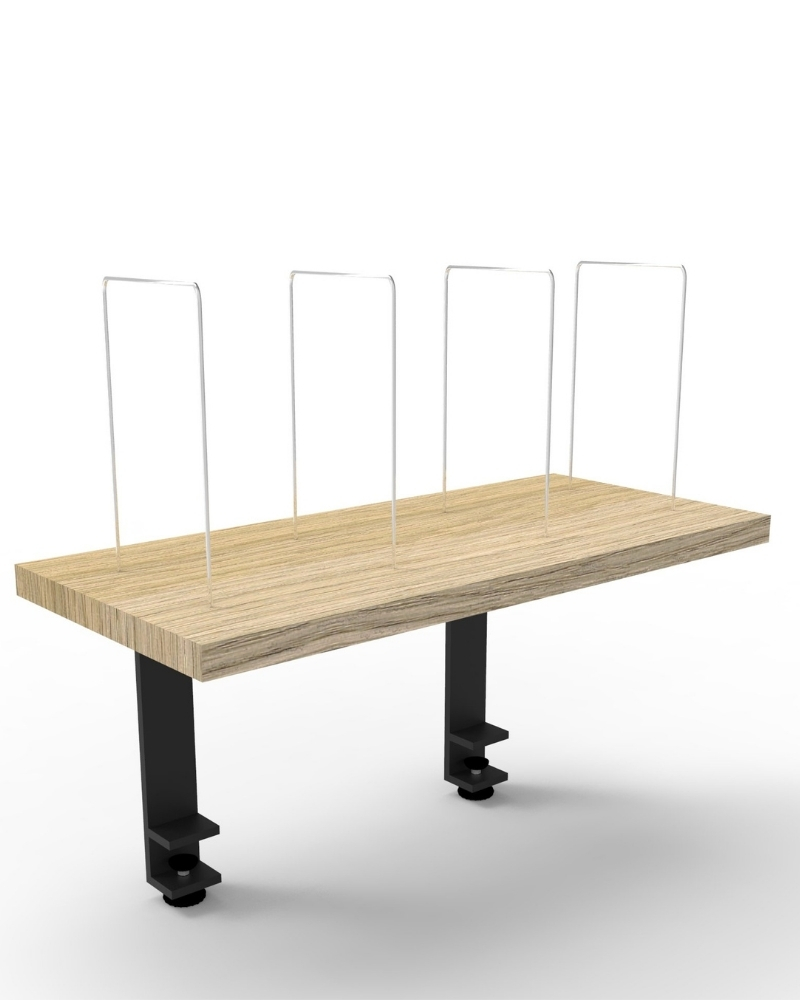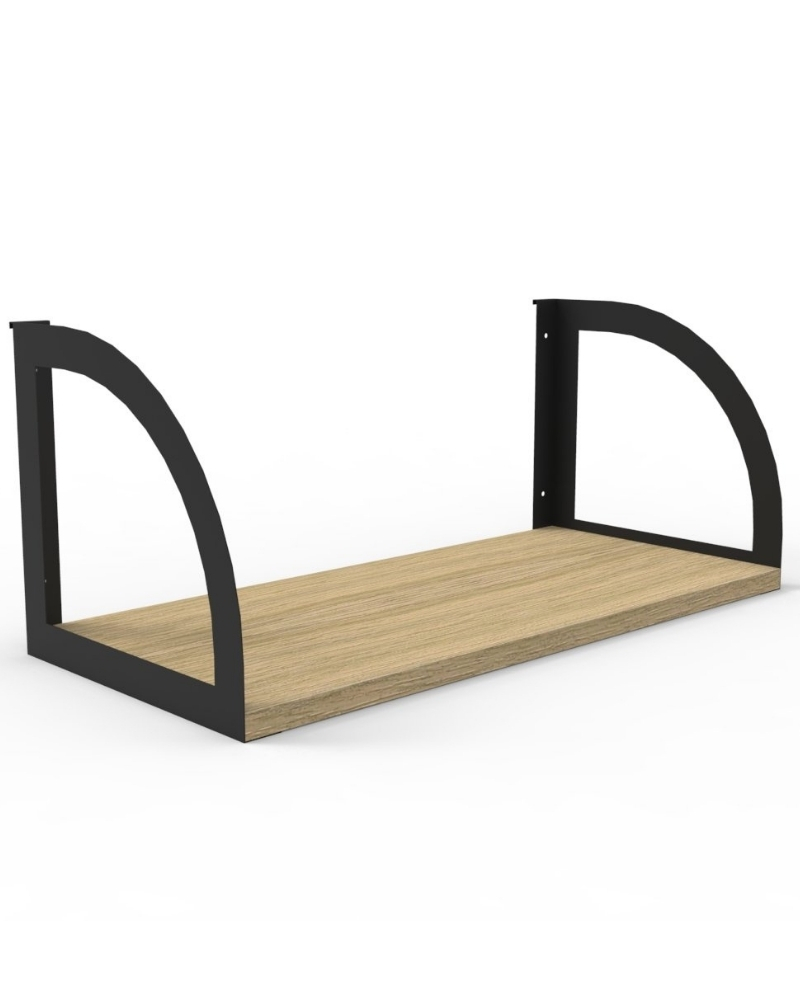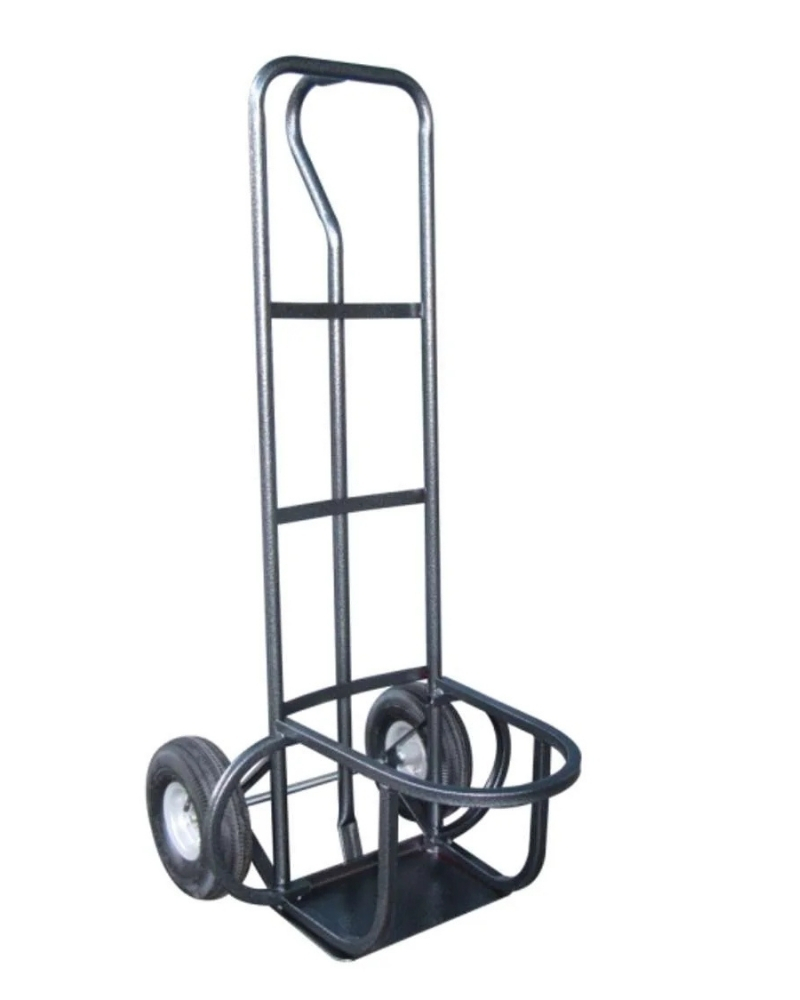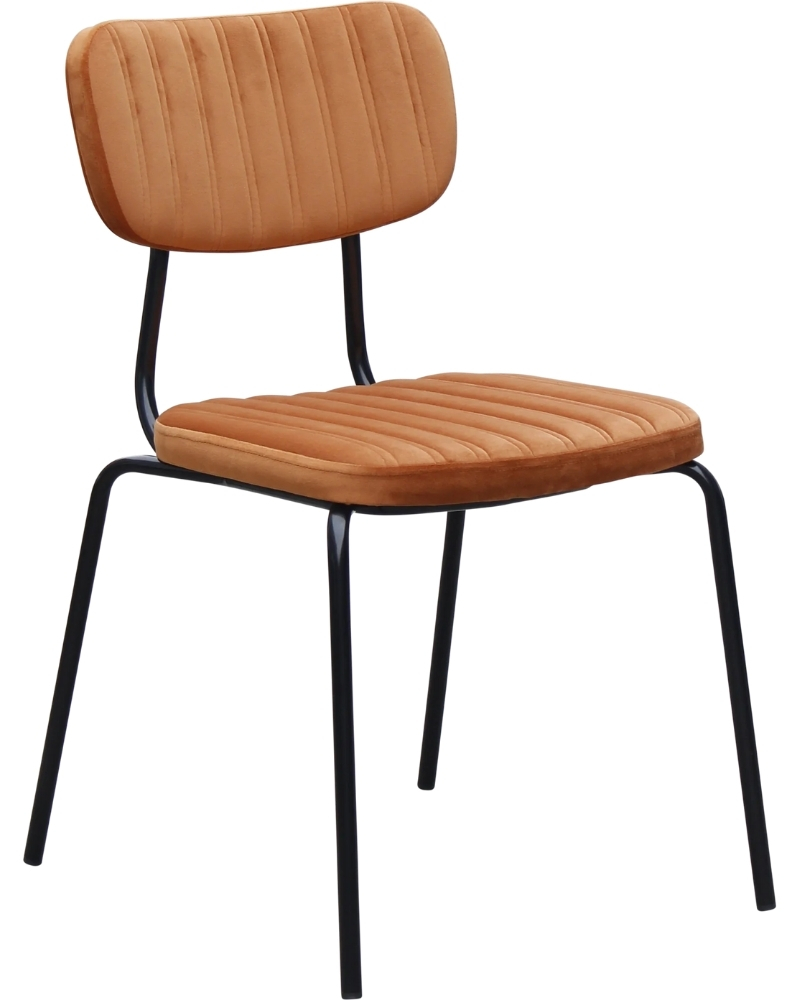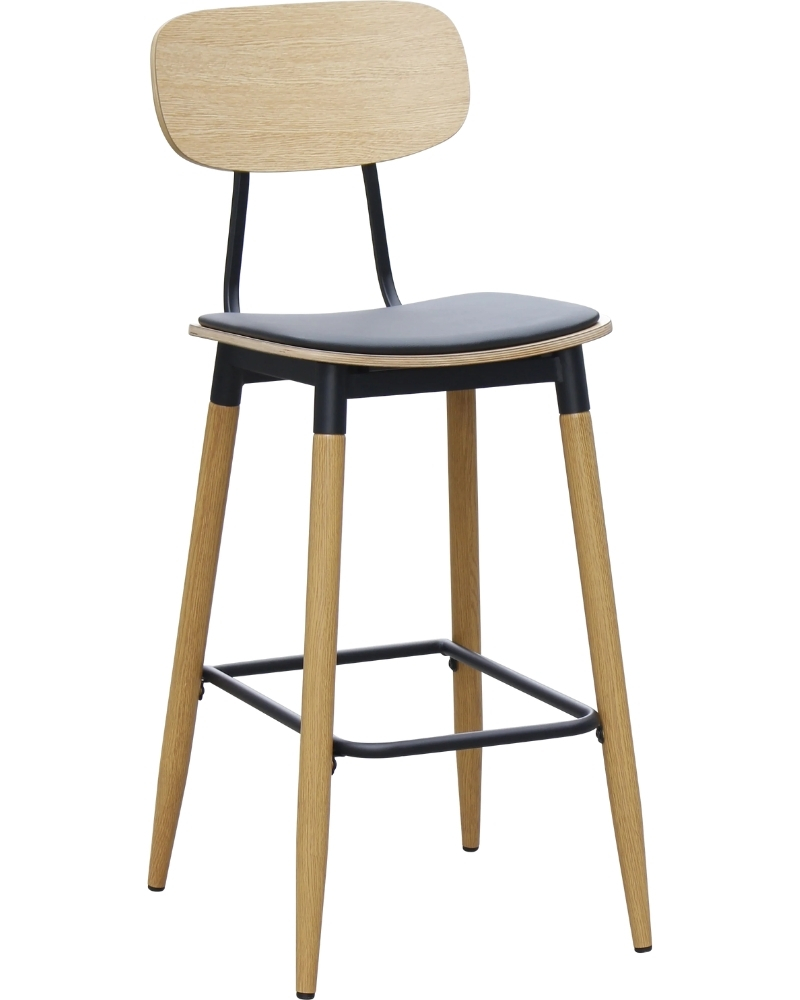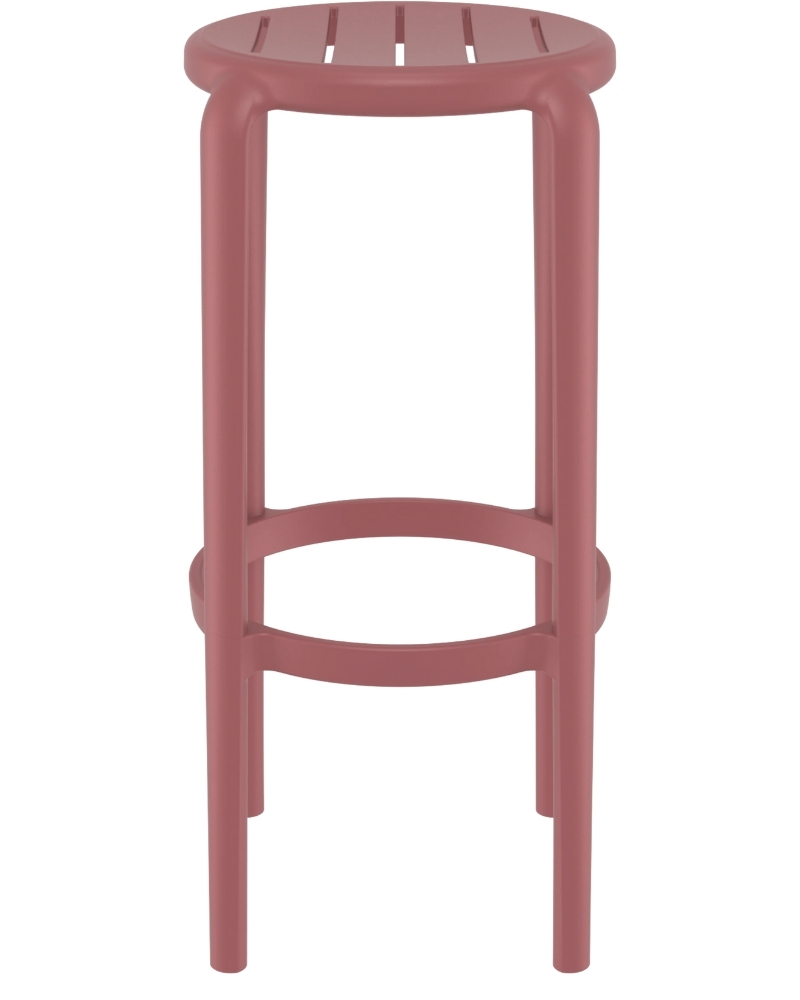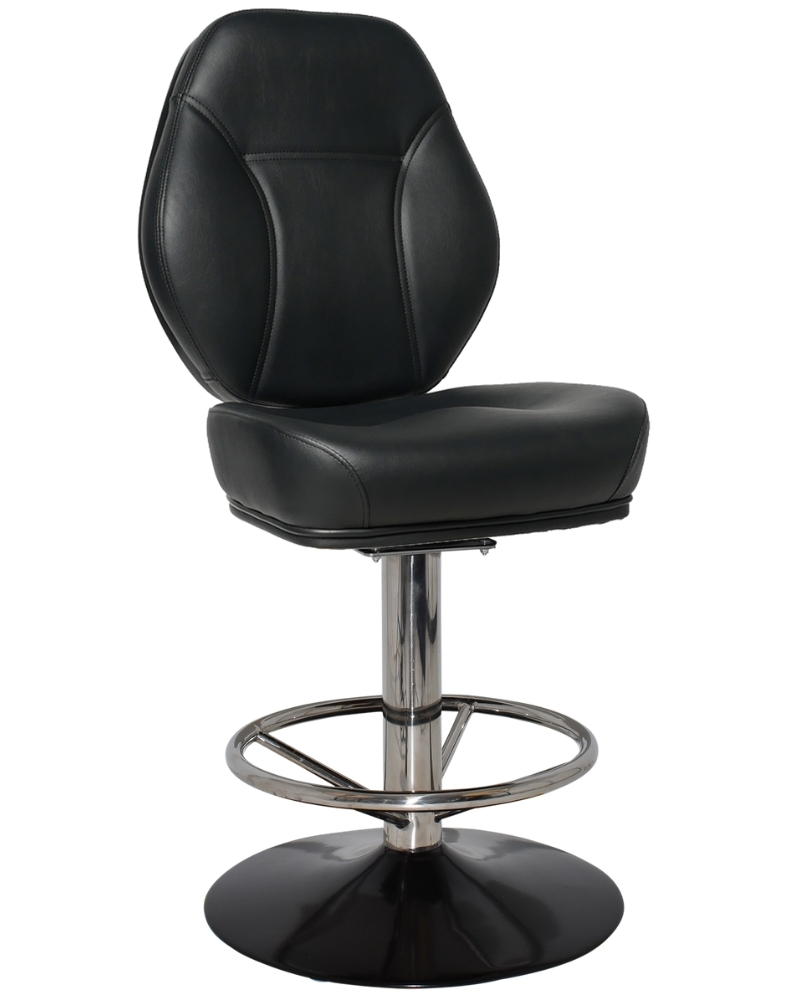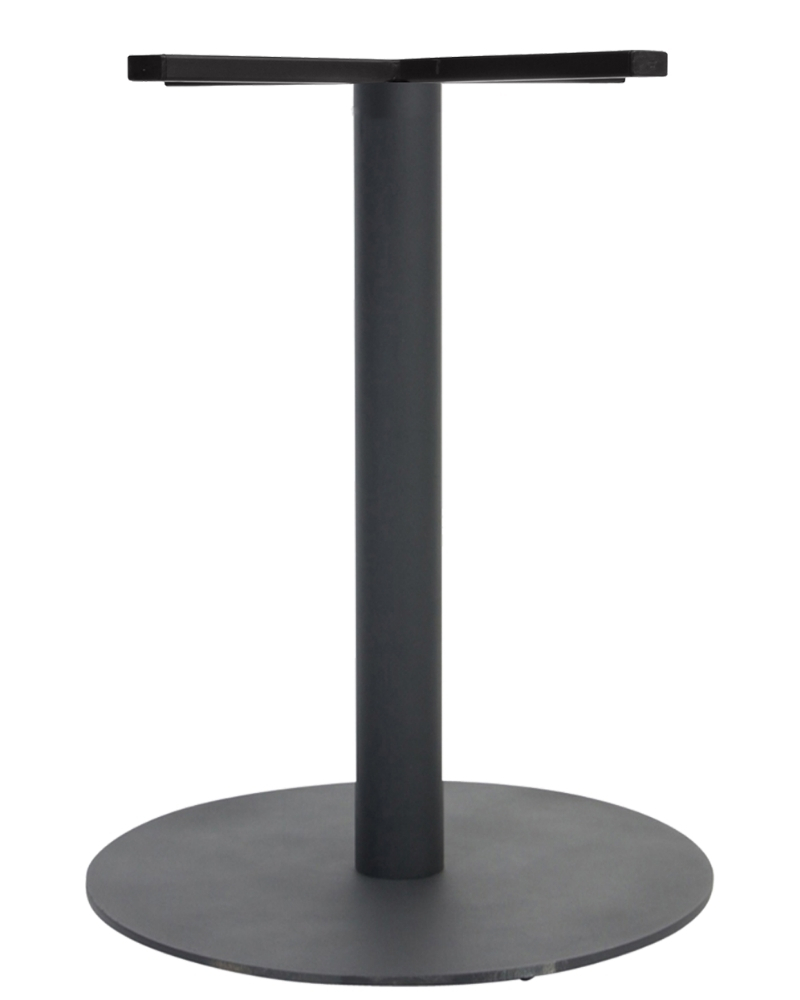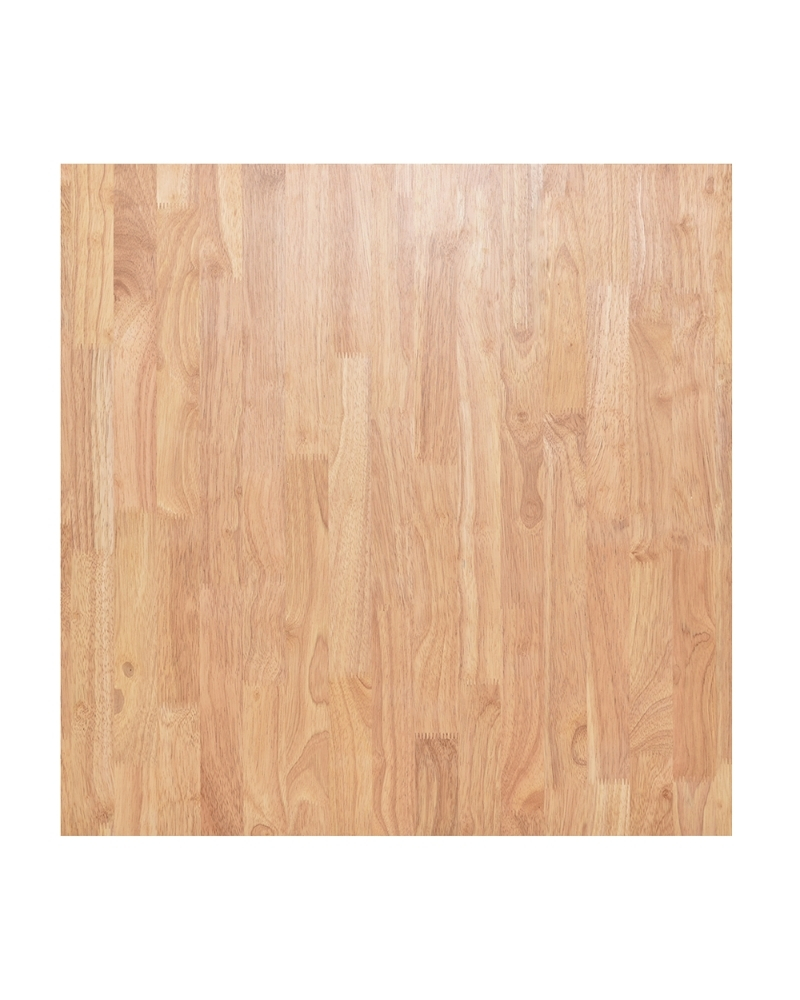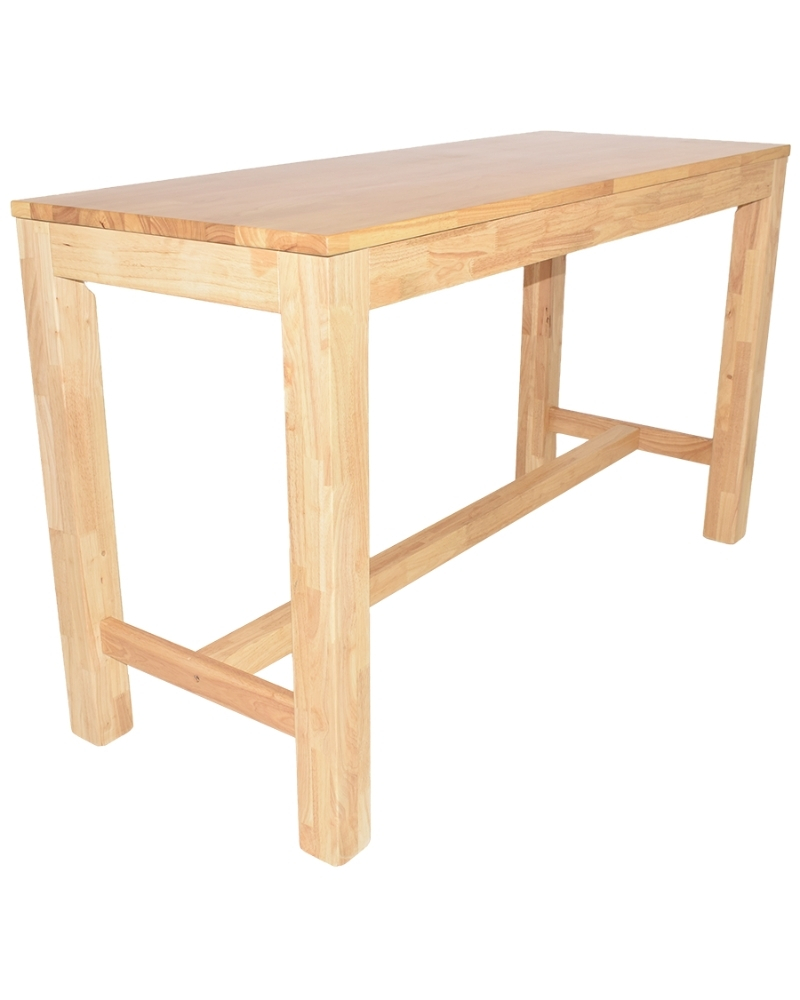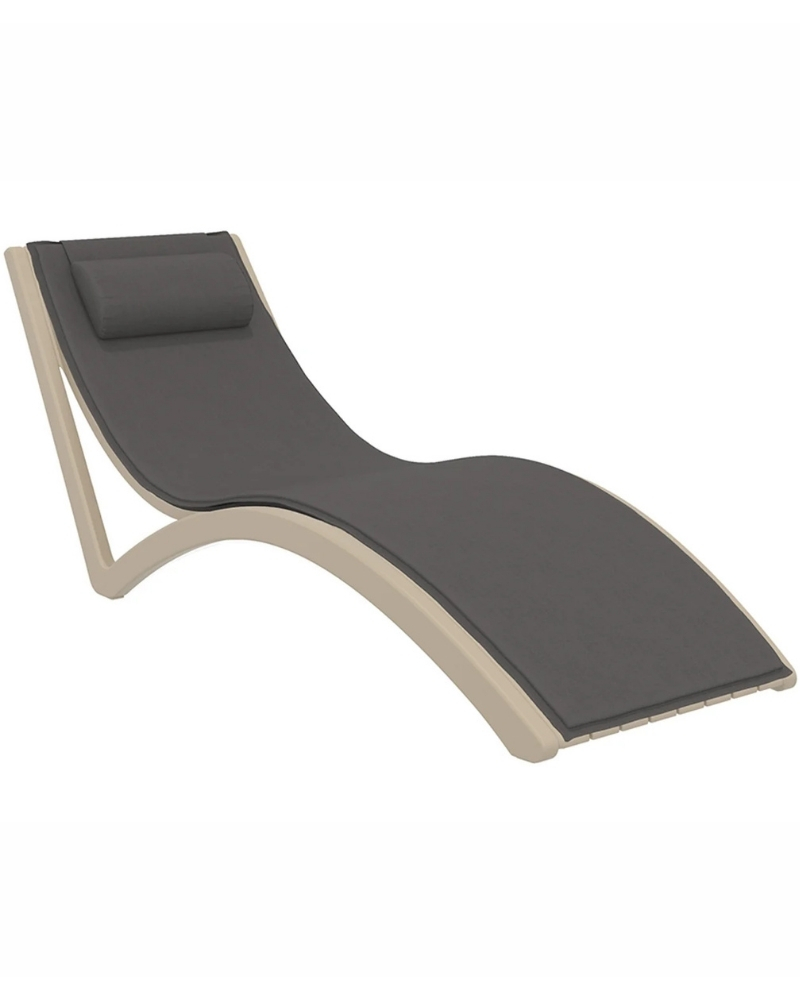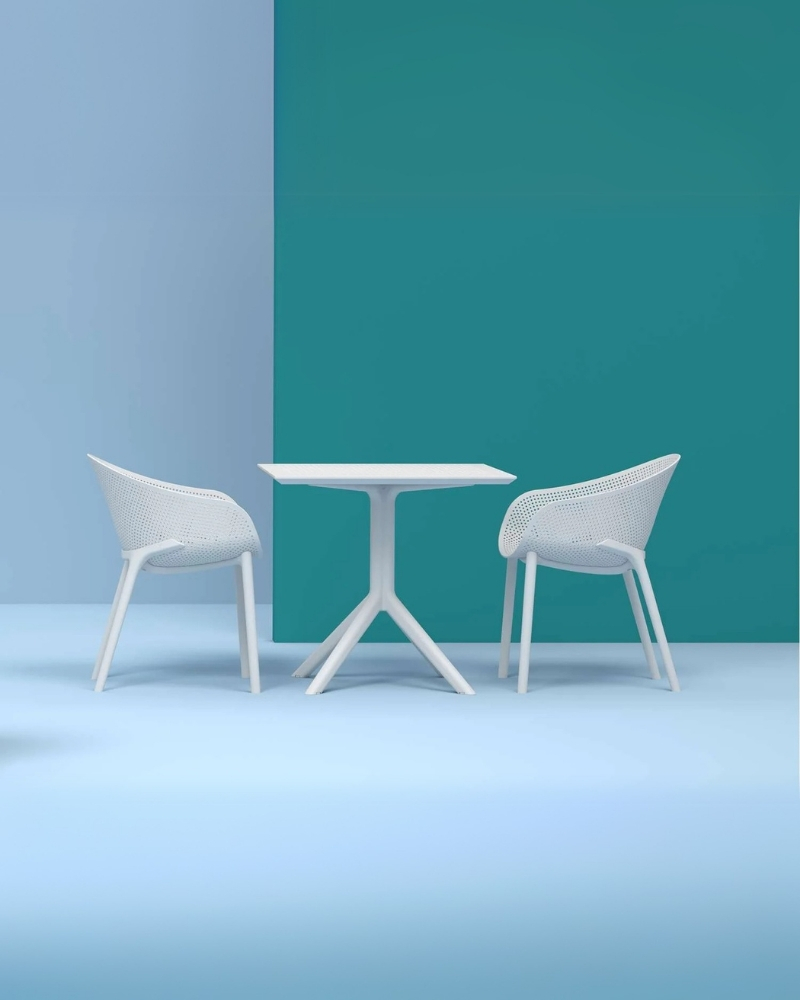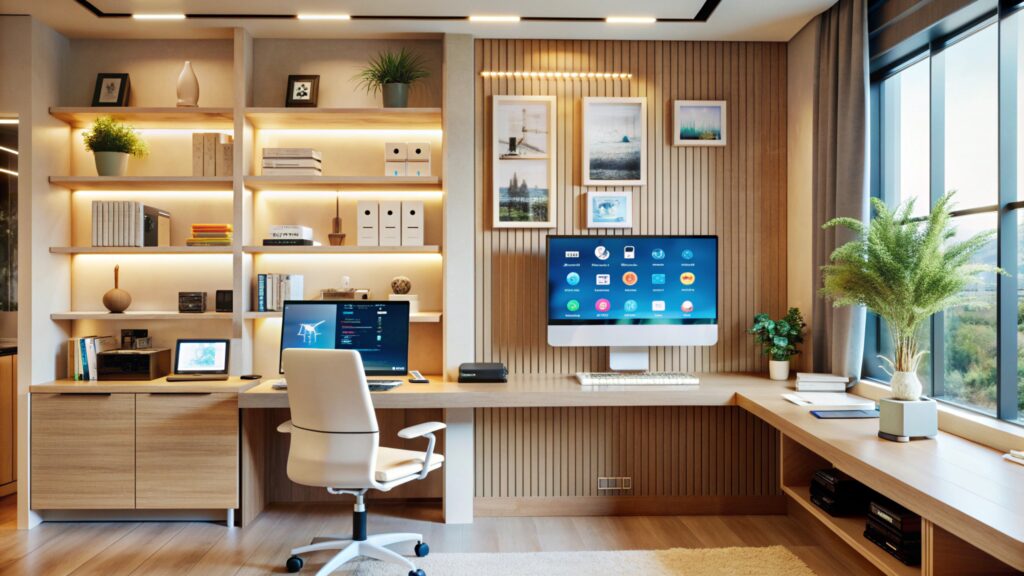Pricing Guide
Elevate Your Workspace with Modern Office Furniture
Modern office furniture is about more than just function—it sets the tone for the way people work, collaborate, and experience a space.
In Australia, where work culture spans everything from fast-paced startups to government departments to hospitality venues with unique design needs, the right furniture plays a crucial role in shaping productivity and comfort. Whether you’re shaping a shared workspace in Sydney, updating a regional school staffroom, or furnishing a high-traffic café in Melbourne, the definition of “modern” shifts depending on your purpose—but the underlying goals are consistent: efficiency, usability, and style.
Modern office furniture blends design and utility to create environments that work as hard as the people in them.
It’s not just about appearances (though strong visual impact can make a difference in places like retail counters or reception areas). Modern pieces support healthy posture, respond to shifting layouts, and hold up under daily use. That’s just as critical in a busy call centre as it is in a school admin office or a bar with a footpath trading license.
What Defines “Modern” in Office Furniture?
There’s no single checklist—but there are patterns. In Australian workplaces, modern furniture typically includes:
- Clean, minimal design that suits open-plan or multi-use spaces
- Ergonomic features that reduce fatigue and encourage movement across long workdays
- Durable materials like powder-coated steel, commercial-grade laminates, and reinforced fabrics
- Flexible formats—think modular workstations, stackable seating, and foldaway meeting tables
- Neutral or natural tones with texture and warmth that reflect Australian interior tastes
From a practical standpoint, modern furniture is built for teams that grow, spaces that shift weekly, and environments that demand high turnover. The way people use space is changing, and so is furniture design. You won’t find bulky executive desks dominating the floor anymore. Instead, it’s multi-use zones, sit-stand flexibility, sharp edges softened with texture, and open-plan layouts supported by acoustic panels and occasional lounges.
The Purpose Behind the Upgrade
For businesses, furniture directly affects productivity. Ergonomic seating cuts down on sick days. Effective storage keeps workflows organised. Soft seating and bar tables promote casual collaboration in creative teams. Hospitality spaces need visually strong yet durable pieces that can go the distance under spills, foot traffic, and climate changes. Government agencies and schools manage large-scale procurement projects, where furniture needs to balance reliable performance, compliance, and cost-per-unit value across multiple buildings.
Well-chosen furniture supports the way you work—poorly chosen furniture gets in the way.
Why It Matters for Australian Workplaces
There are unique considerations for Australian businesses and institutions that global furniture content tends to ignore. Local compliance matters. Lead times and freight costs matter. Climate and usage matters—outdoor café seating in WA needs different finishings than indoor waiting room chairs in Brisbane.
This is where modern office furniture bridges a gap. The right furniture provides:
- Visual cohesion that supports your brand or institutional identity
- Long-term functionality suited to high-traffic or shared-use spaces
- Comfort in use, especially important across older buildings and mixed-age staff groups
- Improvements in the overall workplace experience for staff, customers, students, and visitors
Designed for Diverse, Demanding Environments
Office furniture isn’t one-size-fits-all. A tech hub in the CBD is aiming for adaptable furniture that supports collaboration. A secondary school needs desks that stand up to daily wear by hundreds of kids. A council-run community hall has multipurpose zones that need stackable chairs and mobile table units that pack away fast. All of these groups need smart solutions—not just stylish fixtures.
You don’t need more furniture. You need the right furniture—for your use, layout, and team.
This guide is built to help you get clear on what that means in your setting. Whether you’re managing furnishing across a department or setting up a single space with limited budget and floorplan, better decisions come from knowing what matters for your category, and why it pays to do it right.
Understanding Your Business or Institution’s Unique Furniture Needs
Different spaces don’t just need different styles—they need different strengths, functions, and budgets.
Modern office furniture only works when it works for you. Whether you’re furnishing an education centre, setting up a new co-working zone, or refreshing a bar’s outdoor seating, what counts as the “right” fit looks different for each setting. The best outcomes come from aligning your furniture with how your team works, how your spaces are used, and how much pressure those items are expected to handle every day.
Business Offices and Startups: Scaling with Flexibility
Small businesses and startups face two things at once: the need to look professional and the need to remain flexible. Every square metre matters, and every piece of furniture should earn its place. In these fast-moving environments, your office setup has to keep up with team changes, space limitations, and evolving workflows.
- Function: Prioritise modular workstations, sit-stand desks, privacy pods, and shared tables that make switching between solo focus and group work simple.
- Style: Minimalist finishes with a clean profile support a modern brand identity without overwhelming space.
- Durability: A startup’s budget may be tight, but quality matters. Invest in commercial-grade materials that perform daily under laptop-heavy, coffee-filled desk life.
- Budget: Look for scalable solutions. Start with versatile base pieces and add accessories as needed. Go for local supply where possible to avoid freight blowouts.
The goal isn’t to furnish for now. It’s to furnish for growth—even if the floorplan stays the same.
Hospitality: Energy, Traffic, and Cleanability
Bars, cafés, restaurants, and event venues need more than good looks. They need furniture that doesn’t buckle, fade, wobble, or stain. When furniture gets used by hundreds of people a day, fast turnover and constant use become design priorities.
- Function: Focus on lightweight, easily reconfigurable items like stackable stools, bar tables, and booth lounge seating that can pivot for different crowd sizes.
- Style: This carries weight. The furniture frames the atmosphere. Think signature finishes, warm timbers, and textures that absorb branding without distracting customers.
- Durability: Choose high-performance materials like commercial-grade vinyls, UV stabilised plastics, and powder-coated frames that stand up to spills and shifting weather if outdoors.
- Budget: Put money into high-use zones. Client-facing areas deserve some visual investment. For back-of-house or overflow seating, leverage value-focused secondary ranges.
Style counts. But in hospitality, what breaks, splits, or peels will be noticed faster than what looks good.
Government Departments and Agencies: Compliance and Cost-efficiency
When you’re ordering at scale, furniture becomes part of a procurement strategy. It needs to comply with public sector standards, support long working hours, and stay consistent across large teams and locations. Cost is critical—but so is lifespan and regulatory fit.
- Function: Ergonomic task chairs, stable workstations, and proper storage systems must meet WHS compliance and support productive, safe day-to-day workflows.
- Style: Clean, professional designs that withstand shifts in office layout, team size, and purpose. Practical neutral finishes make it easier to match across different departments.
- Durability: Office furniture must hold up to 5-day-a-week use across years. Look for commercial weight-rated seating, reinforced joinery, and supplier warranties on wear-and-tear.
- Budget: Cost-per-unit matters. But lifetime value wins out. Evaluate total cost of ownership rather than simply upfront pricing. Simplify spare parts and reordering where possible.
Furniture selection isn’t just aesthetic here. It’s operational. Mistakes don’t just cost money—they waste time and risk compliance issues.
Educational Institutions: Everyday Use and Multi-user Environments
In schools, TAFEs, and universities, furniture has a rough ride. Users range in age, size, and concentration span. Rooms get rotated. Items get moved and occasionally mistreated. Your choices must handle this without creating a safety concern or constant replacement cycle.
- Function: Prioritise comfort and adjustability. Chairs and desks must fit different body types. Staff rooms need good posture and decent lumbar support. Shared tables must be sanitised easily and reused fast.
- Style: Clean colours and smart space use support learning without visual clutter. For breakout areas, consider soft seating with acoustic features to help manage noise.
- Durability: Look for items proven to work in institutional environments. Welded frames, impact-resistant edges, and stain-resistant fabrics reduce the toll of daily use.
- Budget: Budgets stretch better with systemised ordering and longevity. Go for uniformity in base items, and add colour or interest with removable elements like seat pads or screens.
Education settings don’t need trendy. They need smart, safe, and scalable.
One Sector Doesn’t Fit All
Trying to apply a one-size-fits-all furniture plan across different sectors will always fall short. What holds up in a boutique coworking space may fail in a high school common area. What adds flair on a café footpath may feel out of place in a council-run office.
The right furniture respects how your space is used—its people, its pace, and its purpose.
Getting clear on what your category requires is the first step. From there, you can filter fast. Whether you’re working with a procurement brief, a branded hospitality interior, or a bootstrapped office launch, knowing what furniture has to do (and survive) simplifies every decision ahead.
Key Features of Modern Office Furniture
The best furniture does more than fill a room—it solves problems before they start.
Modern office furniture is not about trend-chasing. It’s about performance, longevity, and matching the way Australians work, teach, and serve. Whether you’re fitting out a Brisbane startup, refreshing a Melbourne café, or managing procurement for a WA school district, your team needs furniture built to handle daily demand. What sets modern pieces apart is how well they adapt, hold up, and support their users over time.
Ergonomic Design That Does the Work
Ergonomics isn’t a buzzword. It’s a practical priority—especially in workspaces where staff are seated for long hours, switching between screens, meetings, and hands-on tasks. Inadequate furniture leads to injury, burnout, and lowered productivity. Good ergonomic design reduces physical stress, supports posture variation, and improves focus day-to-day.
- Task chairs: Look for adjustable seat depth, arm height, and lumbar support that accommodate a range of users without constant fiddling.
- Sit-stand desks: These help break up sedentary time and offer flexibility for shared-use hotdesking or alternating task types.
- Footrests and accessories: These aren’t extras—they directly reduce muscle strain and improve circulation, especially in static desk-based roles.
In schools and public institutions, ergonomic design helps meet WHS standards. In hospitality or retail, it keeps front-of-house teams alert and injury-free on long shifts.
Durability That Withstands Reality
Daily wear is not hypothetical—it’s happening. Coffee spills, scraped chairs, jumping kids, wheeled office traffic, improvised seating, sun exposure, and back-to-back use cycles all take a toll. Durability starts with material choices and goes beyond them into how pieces are constructed, sealed, and maintained over time.
- Materials: Prioritise high-pressure laminates, powder-coated metals, UV stable plastics, reinforced fabrics, and washable upholstery.
- Joinery and strength ratings: Commercial-grade furniture should meet relevant weight-load thresholds and avoid weak points like basic screw-fastening or thin timber veneers.
- Warranty coverage: Consider the confidence behind the product. Manufacturer guarantees signal whether your investment will return value or repairs.
Cheap furniture rarely stays cheap for long.
Frequent replacement, downtime, or injury liability will undo any upfront savings. Choose smarter from the start.
Modularity and Flexibility: Configurations That Work Harder
Australian workplaces aren’t static. Enrolments change. Staff numbers grow. Hospitality turnover fluctuates by season. When your space changes shape regularly, your furniture shouldn’t be locking you in. Modern layouts rely on modularity—not just in desks, but across lounges, tables, and storage.
- Clip-on or mobile units: Allow teams to rearrange layouts quickly without needing installers or new purchases.
- Stackable or nesting furniture: Speeds up pack-down time, opens up multipurpose rooms, and reduces storage demand.
- Screens and partitions: Offer adjustable privacy or noise control in shared staffrooms, libraries, or flexible work pods.
Planning multiple zones? Pick pieces that serve more than one purpose. The best setups minimise strain on both space and budget.
Aesthetics That Match Use and Message
Good visual design isn’t about art. It’s about fit. First impressions matter in customer-facing venues. Cohesion matters in scaled institutional spaces. The most effective furniture design ties into the purpose of the room and the expectations of the user.
- Clean lines and neutral tones: These blend into a range of workplace interiors while keeping visual noise low.
- Warm timbers and texture: Add a human feel to clinical spaces without sacrificing professionalism.
- Accent colours and material mix-ins: Useful for branding, wayfinding, or creating inviting zones in open plans or hospitality settings.
Aesthetics should support function—not distract from it.
Sustainability Considerations in the Australian Market
For public institutions and eco-conscious businesses, sustainability isn’t optional—it’s expected. Australian buyers are increasingly evaluating lifecycle impact, not just upfront pricing. This impacts material selection, supply chain auditing, and end-of-life planning.
- Recyclable components: Look for furniture that can be disassembled and repurposed, not dumped.
- Low-VOC finishes and responsibly sourced timber: Reduce indoor air pollution and meet green procurement benchmarks.
- Local manufacturing or supply chains: Cuts freight distances, supports shorter lead times, and helps reduce carbon footprint across zones like VIC, QLD, or NT.
Sustainability also means longevity. Buying once beats buying often.
One Design, Multiple Demands
Modern furniture is defined by what it does, not just how it looks.
You want furniture that:
- Stays safe and comfortable across different bodies and use cases
- Looks intentional, not slapped together
- Handles the rough stuff—heavy feet, spilled drinks, dragged chairs, and high rotation
- Moves with your floorplan, not against it
- Lasts long enough to prove its cost was worth it
If it doesn’t back up its visual appeal with strength, comfort, and versatility, it’s not modern. It’s just new.
Form should follow function—and function better work hard.
Types of Modern Office Furniture and Their Applications
The right furniture isn’t just about looks—it’s about role, resilience, and how well it fits into the way spaces are used.
Modern office furniture falls into several core categories. Understanding their purpose and choosing accordingly helps avoid mismatched purchases, wasted budgets, and underperforming spaces. Whether you’re furnishing an open-plan office in Sydney, a staffroom in a rural high school, or a licensed venue on the coast, each major furniture type brings different strengths to the table.
Desks: Built for Every Workstyle
- Executive Desks: These are larger-format desks designed for individual occupancy, with storage built in or nearby. Suitable for private offices, administrative leadership roles, or spaces needing a fixed layout. In Australian settings, executive desks work well in council offices, school administration suites, and business leadership zones.
- Sit-Stand Desks: These adjust between seated and standing positions, either manually or electronically. Useful in open plan areas, hotdesking zones, or collaborative workspaces where teams shift roles through the day. Sit-stand options promote posture variation, making them popular in health-conscious workplaces and government settings focused on WHS standards.
- Modular Work Tables: Shared-use configurations ideal for group work, project-based teams, or training rooms. Look for versions with cable ports, mobile frames, or folding tops to suit flexible layout needs in education or coworking environments.
Desks set the rhythm of the room. Choose based on work type—not just aesthetics or trend.
Chairs: Comfort That Pays Off
- Ergonomic Office Chairs: Task-focused seating with lumbar support, swivel bases, armrest adjustability, and breathable backs. These are non-negotiable for desk-based roles across business, government, and education sectors. Look for commercial-grade certifications and adjustability that fits a range of user shapes and sizes.
- Meeting and Visitor Chairs: Sleeker, often stackable or sled-based options that provide short-term comfort without the cost of full task chair ergonomics. Ideal for conference rooms, reception waiting zones, or staff training hubs. Economy and durability should guide selection here—frequent turnaround means simplicity matters.
- Hospitality Stools and Bench Seating: In cafés, bars, and service venues, stools range from backless high stools to padded bar chairs with footrests. Should be stable, wipeable, and compact enough to rotate quickly through busy trading periods. Frames should withstand foot traffic, spills, and floor drag with minimal wear.
Uncomfortable chairs cost more in the long run—in churn, poor posture, and lost productivity.
Workstations: Built for Scale and Utility
- Fixed Pod Systems: Designed for teams in shared layouts who need some level of division without closing off communication. Common in call centres, government admin hubs, and institutional settings. Look for low-partition designs with integrated power and privacy screens.
- Benching Systems: Open shared desks without partitions between spots. Great for collaborative teams or education labs. Keep things clean and minimal to avoid visual clutter while maintaining generous surface space.
- Agile Work Zones: Combine tables, movable screens, and flexible seating to support informal meetings, hotdesking, or creative sprints. These work well in modern marketing agencies, hospitality offices, or startup hubs with fluid team structures.
A workstation system should be easy to maintain, easy to access, and hard to outgrow.
Storage: Organisation Without Bulk
- Mobile Pedestals: Standard under-desk drawer units offering lockable, portable storage for personal items or files. Useful in hybrid team environments with shared desks.
- Filing Cabinets and Tambour Units: Built for organised access to client records, educational materials, or procurement documents. For institutional settings, models that limit finger pinch points and include anti-tilt functionality are a must.
- Wall Shelving and Modular Cubbies: Ideal for open display of books or supplies in classrooms, breakout zones, or retail-adjacent spaces. Helps support easy access and visual appeal while reducing furniture footprint.
Good storage reduces visual noise and cuts wasted time. Don’t skimp on systems that support daily flow.
Specialty Furniture: Zone-Defining and Experience-Setting
- Reception Desks: These are the visual introduction to your space—choose models that reflect brand tone but still offer cable management and seating privacy. Common in medical centres, hospitality foyers, and council service desks.
- Lounge Chairs and Occasional Seating: Best suited to breakout zones, visitor areas, or quiet nooks. Look for commercial weight tolerance, stain resistance, and compact proportions that allow flexible placement.
- Booth Seating and Banquettes: For cafés, food courts, or modern libraries, these provide compact, noise-buffered seating that supports longer stays. Materials need to handle moisture, abrasion, and quick turnarounds.
- Outdoor Furniture: In hospitality or education environments with external spaces, select UV-stabilised, rust-resistant units that can be anchored or stacked quickly. Weight tolerance and finish resilience matter most.
These pieces carry more than weight—they carry tone. Choose with message and maintenance in mind.
What to Match to What
Choosing furniture by type is only useful if you’re also matching it to environment and user. A powder-coated steel stool may last forever, but clash completely in a warm-toned café. A plush high-back visitor chair may look great in a reception foyer but quickly wear down under student usage in a reading room. Here’s how to filter further by common objectives:
- Need fast reconfiguration? Prioritise stackable, foldable, or modular pieces across tables and seating.
- Need quiet nooks or calming spaces? Go for soft finishes, acoustic features, and partitions.
- Need maximum foot traffic resistance? Choose solid construction, commercial materials, and wipeable surfaces.
- Need compact setups with storage? Slimline desks with mobile pedestals, or bench seating with tuck-away ottomans, are practical bets.
You don’t need all the options—you need the ones that solve the problems in front of you.
Workstation pods won’t fix a bad workflow. Ergonomic chairs only help if they’re actually used. A stylish reception desk won’t mask a chaotic floorplan. If each furniture type earns its place with purpose, your layout and team will feel the difference every day.
Ergonomics and Compliance
Ergonomics and compliance aren’t extras—they’re the baseline. For any business, agency, or educational institution furnishing a workplace in Australia, choosing ergonomic furniture doesn’t just improve comfort. It protects workers, meets legal obligations, and reduces long-term strain on both people and budgets.
What Ergonomics Really Means in Work Environments
Ergonomics is the science of designing tasks, equipment, and environments to fit the user. In furniture terms, it translates to desks, chairs, and accessories that reduce physical stress, support healthy posture, and minimise repetitive strain. Poor ergonomic design increases the risk of back pain, repetitive stress injuries, and fatigue. Across offices, public departments, and education settings, this affects everything from sick leave to concentration to morale.
Good ergonomic furniture adjusts to fit your team—not the other way around.
- Chairs: Must support lumbar curvature, allow seat height adjustment, and promote movement during long seated sessions.
- Desks: Should match standards for elbow angle and screen height. Sit-stand functionality allows posture variation in shared or long-hour roles.
- Accessories: Footrests, monitor arms, document holders, and keyboard trays help keep joints in safe alignment throughout the workday.
Australian WHS Standards and Procurement Requirements
Ergonomic choices aren’t just about comfort—they’re about compliance. In Australia, workplace design is governed through a combination of federal and state-level Work Health and Safety (WHS) legislation. These guidelines require employers to minimise risk in work environments, including risks related to posture, repetitive movements, and fatigue.
- Workplace Design Codes: Guidelines advise on desk height, screen placement, seating posture, and workstation configuration. Poor furniture selection can result in breaches that expose institutions to liability.
- Procurement Policies: For schools, government offices, and public agencies, ergonomic standards aren’t optional—they’re usually part of approved purchasing frameworks with mandatory compliance checks.
- Risk Assessments: Before furnishing a space, you may need to document ergonomic suitability and demonstrate that purchased furniture aligns with WHS responsibilities around physical strain.
Ignoring these factors puts staff at risk and opens organisations to avoidable legal and financial consequences.
Sector-Specific Ergonomic Considerations
Not all users are alike—and ergonomic setups shouldn’t be either. Whether you’re managing a commercial workspace or a state school, your ergonomic needs shift based on user age, role, and frequency of use.
Business Offices
- Choose chairs with multi-point adjustment and breathable backs for comfort across long days.
- Sit-stand desks or desk converters should be available in high-usage roles or flexible desk setups.
- Ensure monitor positions can be calibrated to eye level to reduce forward head posture and neck strain.
Government and Public Institutions
- Ergonomic designs must meet procurement standards and be suitable for shared or rotating occupancy roles.
- Task chairs should support a range of user statures and come with clear adjustment instructions.
- Non-adjustable furniture should only be used in transient settings (like conference or waiting rooms).
Educational Settings
- Desks and chairs should suit broad user sizes, especially in multipurpose staffrooms and student zones.
- Age-appropriate ergonomics is key. Primary-level seating is different from adult chairs and must be selected by size grouping.
- Lightweight, adjustable seating supports layout changes and safe handling by mixed-age users.
What to Look for When Selecting Ergonomic Furniture
When reviewing furniture options, don’t rely on vague claims like “ergonomic design.” Look for features that actually improve support and flexibility across seated hours. Here’s a framework for evaluating pieces before purchase:
- Adjustability: More points of adjustment mean broader fit. Key features include seat height, tilt tension, armrest height and width, and lumbar support depth.
- Support: Look for chairs with a broad backrest that supports the natural curve of the spine without forcing rigid angles. Seat pans should have waterfall fronts to reduce thigh pressure.
- Mobility: Chairs should swivel and roll to minimise twisting or awkward reaches. Desks with integrated cable management prevent clutter-induced hazards and maintain freedom of movement.
- Material quality: Seats should be breathable but padded, with high-density foam that holds shape over time. Durable materials support posture without premature sagging or warping.
- Sizing and fit: Ensure standard dimensions meet Australian guidance for elbow angles, screen height, and desk-chair pairings. Measured fit matters—both for comfort and WHS logs.
Common Ergonomic Pitfalls to Avoid
Even the most adjustable or compliant furniture can underperform when misused or poorly maintained. Watch out for these frequent issues:
- Uniform chairs used in mixed-size teams: One-size-fits-all seating rarely fits all—and leads to discomfort and injuries.
- Name-brand ergonomic claims with no real backup: Always review the adjustment options, material specs, and dimensions. Don’t be fooled by marketing language without real features.
- Improper setup on delivery: A great chair helps no one if the screen is too low or the desk too high. Consider furniture that includes a guided setup or fast-reference adjustments.
Choosing Ergonomics for Real-World Productivity
Ergonomics works best when it’s invisible. Done right, it improves focus, reduces fatigue, and supports better posture without changing how your team works. Well-chosen ergonomic furniture:
- Fits a diverse range of body types and roles
- Reduces pain and injury risk from repetitive stress
- Supports extended concentration and task switching
- Decreases sick leave linked to workstation-related discomfort
You can’t shortcut ergonomics. Not with trend pieces. Not with low-cost buys. Not with chairs that tick some boxes but fall short in function. For Australian workplaces in any sector, safe furniture is productive furniture. Select with that in mind, or pay the price in other ways.
Durability and Maintenance for High-Traffic Environments
Durability is earned, not assumed. In high-turnover Australian spaces—from café dining floors to school classrooms—furniture needs to be more than stylish or “commercial-grade” in name only. It needs to hold up to knocks, spills, shifting weather, frequent cleaning, and constant use by different people with different standards of care. Maintenance? That’s not a once-a-year polish. It’s integrated into how the piece is designed, finished, and supported over its full lifecycle.
Start with the Right Materials
The integrity of furniture begins at the material level. Some finishes look tough until they meet repeated friction. Some surfaces clean easily but wear fast. Selecting the right base construction means fewer repairs, replacements, and headaches down the line. Here’s what to prioritise:
- High-pressure laminates (HPL): These outperform basic melamines on impact resistance and edge sealing. Ideal for desks, tables, and cabinetry in schools and busy offices.
- Powder-coated steel: Offers excellent resistance to scratches, rust, and moisture. Suitable for chair frames, bases, and outdoor units in kitchens or alfresco areas.
- UV-stabilised plastics: For outdoor or sun-exposed areas, these prevent yellowing and brittleness over time. Great for hospitality seating or stackable event furniture.
- Stain-resistant upholstery: Look for commercial-grade vinyls or woven polyester blends with high Martindale rub counts. Hospitality and educational settings benefit most here.
Raw timber or exposed seams don’t last under pressure. Stick to sealed, treated finishes that hold up structurally and visually over time.
Consider Proven Construction Details
Durability isn’t always visible. What looks neat on the outside can fall apart from the inside without the right design specs. Pay attention to:
- Joinery: Reinforced or welded connections resist loosening. Avoid flat-pack connectors or minimal bracing in high-use scenarios.
- Load ratings: Every chair or unit should declare a commercial-use weight tolerance. Especially important in hospitality and public venues where usage is unpredictable.
- Edge protection: Bullnose edges or PVC capping reduce the risk of splitting, especially in student desks or shared tables.
In high-traffic spaces, these features mean fewer warranty claims, less downtime, and better resale or re-use value across years.
Planning for Maintenance in Real-Time
Maintenance begins on day one. Often, operators choose “low maintenance” furniture and then discover that cleaning it properly takes hours—or worse, that the finish warps under basic detergent. For day-to-day upkeep, look for features that simplify the routine:
- Sealed seams and wipeable finishes: Spilled milk, coffee, or ink shouldn’t leave a permanent mark or seep into internal construction.
- Removable upholstery panels or covers: These allow individual parts to be replaced or cleaned without taking an entire unit offline.
- Elevated bases or clearances: In venues where floors are mopped or hosed, raised furniture prevents water absorption and speeds drying.
Maintenance is as much about access as it is about surface. If your teams can’t clean or repair something easily, it won’t stay clean or functional for long.
Protect Your Investment with Lifecycle Planning
Durability doesn’t mean furniture lasts forever. It means it lasts well—and predictably—for long enough to justify the cost. Smart operators look at furniture through a lifecycle lens. That includes:
- Scheduled inspections: Assign quarterly checks on frame stability, fabric wear, or laminate chipping across key zones—especially in high-use or public spaces where safety is a concern.
- Replacement part access: Choose brands or ranges where individual components (arms, glides, casters, panels) can be replaced instead of full units being scrapped.
- End-of-life options: Prioritise recyclable or modular systems that can be repurposed within the organisation rather than sent to landfill.
Consider lifecycle planning during procurement. If your selected furniture doesn’t include specs on expected lifespan, maintenance protocols, and warranty coverage, you may end up with a short-term fix instead of a future-ready asset.
Tough Doesn’t Mean Ugly—or Overbuilt
There’s a difference between durability and overengineering. You don’t need heavy, overbearingly industrial options to achieve longevity. High-performance doesn’t need to mean high bulk. The best modern options combine clean design with resilient construction by:
- Using sleek powder-coated frames that resist rust but don’t overcomplicate cleaning
- Incorporating seamless joins that reduce snag risks and dirt collection
- Offering colour-stable finishing so aesthetic appeal matches structural performance over years
Balance matters. Under-build furniture leads to failure. Over-build furniture becomes a pain to move, reconfigure, or even clean. Choose based on load and layout—not fear or assumption.
What Harsh Use Really Looks Like
Across sectors, heavy use plays out differently. Understanding what you’re really protecting furniture from helps narrow your selection smartly:
- In hospitality: Expect constant rearrangement, food and drink spills, sun exposure, and high public visibility. Resistance to abrasion, moisture, and UV is key.
- In education: Prepare for movement, impact, ink, backpacks, scuffing, and varied operator conduct (from students to staff). Stability and easy wipe-down are priorities.
- In government offices: Factor in frequent desk changes, long daily use periods, and WHS-driven reconfigurations. Choose items with changeable components and verified usage specs.
Designing for use means anticipating abuse. Thoughtful decisions early stop premature replacement later.
Checklist for High-Durability Selections
Before approving any large furniture order to be used in a demanding environment, ask:
- Does this item meet commercial-use testing and verify load rating?
- Can it be easily wiped down or disinfected without damaging the finish?
- Does it include protected corners, sealed edges, or rust-resistant frames?
- Does the supplier offer compatible spare parts or replacement panels?
- How often does it need maintenance—and can that be done onsite?
The best maintenance is the kind your team can keep up with. Furniture that lasts has to live in the real world of Australian offices, classrooms, and venues—not just look good when delivered. Set your spaces up for less breakage, faster cleanup, and smarter renewal. That’s what durability should mean.
Optimizing Office Layout with Modern Furniture
The right layout doesn’t just look better—it works better. Whether you’re fitting out a corporate floor in Perth or a compact café in Fitzroy, how you arrange your furniture directly impacts how the space gets used. Smart layouts maximise usable area, reduce friction in daily movement, and keep teams or patrons comfortable—without needing more square metres or major structural changes.
Start with Flow, Then Fit-Out
Before you buy any new desk, table, or stool, get clear on how people will move through the space. Layout is about functionality first. Furniture should support, not block:
- Movement paths: There should be enough room for staff, students, or guests to walk freely without awkward shifts or interruptions.
- Workflow transitions: In offices, that means clear routes between workstations, meeting points, and storage. In hospitality, it’s flow from orders to dining to clearance.
- Accessible touchpoints: Reception counters, collaborative break zones, or teacher resource areas need to be reachable without a maze of obstructions.
Good layout respects the space and how it actually works day-to-day.
Use Modularity to Futureproof and Flex
Modern workspaces shift fast. Roles change. Headcounts increase. Café seating fluctuates depending on time of day. That’s where modular furniture makes a difference. It lets you expand, contract, or pivot without starting over. Look for furniture systems that:
- Connect and separate: Workstations that can link side-by-side or form independent pods based on team setup.
- Stack and store easily: Chairs and tables that nest or pack down allow hospitality and education venues to reclaim floorspace between services or semesters.
- Change orientation quickly: Flip-top tables, gliding partitions, or mobile stools make it easy to switch from meeting mode to event mode with minimal effort.
In schools, this may mean desks that double as group tables. In restaurant floors, it’s bench settings that shift to two-tops for quiet mornings.
Prioritise Zones Over Uniform Rows
Open plans need boundaries without boxes. Instead of filling a room with identical workstations or rows of seating, think in zones:
- Focus zones: Use screens or cluster pods to create distraction-free areas without adding full walls.
- Collaboration spaces: Add soft chairs, shared tables, or high benches in central locations for impromptu teamwork.
- Circulation areas: Ensure clear lines of movement around key fixtures like printers, service counters, or food pass-throughs.
Modern furniture lets you mix these modes in a single footprint, using modular components and compact accessories to suit both solo and team use. It’s less about symmetry—and more about smart support.
Space-Saving Tips for Australian Floorplans
Commercial rent in Australia isn’t cheap. Whether you’re in a suburban admin centre, a city café, or a regional school, every square metre has to work hard. Here’s how furniture can help you get more out of the space you already have:
- Choose compact seating: Arm-free chairs or slimline stools save elbow room without sacrificing comfort. In tight café layouts or breakout zones, this creates breathing space without impacting seat counts.
- Install mobile storage: Under-desk drawers on wheels or lockable caddies can move with users or tuck away outside work hours.
- Use vertical assets: Wall-mounted shelving, pegboards, or overhead lockers increase usable room without cluttering floor space—ideal for classrooms or shared offices.
- Split large tables into modules: Instead of one long boardroom desk, use smaller component tables that can split for training days or push together for strategic meetings.
You’re not short on space—you’re short on optimisation.
Lighting, Acoustics, and Sightlines
Layout isn’t just about furniture position. It affects light access, noise management, and interaction quality. Strategic arrangement helps your space feel calmer, more efficient, and more welcoming. Consider:
- Position people near light: Natural light improves mood and focus. Avoid blocking windows with tall backs or awkward setups.
- Buffer noise naturally: Use screen-backed lounges, acoustic panels, or textured soft seating to muffle sound in echo-heavy environments.
- Control eye-level clutter: Arrange high-use stations or displays in consistent visual lines to reduce distraction and keep zones clear.
Schools benefit from acoustic balance to limit disruption. Restaurants need clear sightlines between patrons and staff. Offices need breakout zones that don’t overwhelm deep work corners. Layout bridges each of these goals when done intentionally.
Getting Practical with Fit and Refit
Sometimes you’re not starting from scratch. You’re working with existing walls, awkward alcoves, or furniture that still has years of life ahead. Here’s how to make it work:
- Add mobile partitions: Flexible panels can divide open space without changing the structure—ideal for temporary classrooms, pop-up retail, or refit offices.
- Re-zone with colour and material: Switch flooring types or use furniture with distinct tones to signal separate functional areas without moving the walls.
- Match heights: Ensure desks, tables, and seating align in use height to avoid visual and ergonomic mismatch in mixed-use spaces.
Layout should evolve as your needs do. A fixed plan limits responsiveness. Furniture built for modularity brings freedom to replan without waste.
A Framework to Guide Layout Decisions
When defining or updating your layout, use this checklist to assess your space’s performance and potential:
- What is the primary function of the space? (e.g., collaboration, focus work, waiting, dining)
- How many users occupy it at peak times? (Factor variability across day, week, or term)
- What mobility or accessibility needs are present? (Consider pathways, reach zones, or movement aids)
- How often does the space change shape or use? (Daily reset, seasonal adjustment, minimal change)
- Where are the pain points in current circulation or workflow? (Bottlenecks, glare, noise hotspots)
Layout isn’t decoration. It’s infrastructure for how people use your space. Plan with movement, comfort, and flexibility built in. Your furniture should help—not hinder—that reality.
Budgeting and Investment Considerations
Furniture is an asset, not an afterthought. And when you’re budgeting for it—whether it’s for a startup in Adelaide, a TAFE facility in Darwin, or a multi-venue hospitality group out of the Gold Coast—it’s not just about what you pay. It’s about what the furniture gives back over time in comfort, safety, function, and longevity.
Start with Total Cost of Ownership, Not Upfront Price
Too many decisions get locked into a numbers-only mindset at the quote stage. But sticker price is just the starting point. Total cost of ownership (TCO) factors in:
- Purchase price of each item or fit-out batch
- Delivery and assembly costs (especially across regional Australia)
- Expected lifespan based on material durability and use rating
- Maintenance requirements—from routine cleaning to part replacements
- Downtime or disruption costs if products fail early or need replacement
Cheap buys that fail early cost more than solid buys that last longer. Evaluating furniture like you would a piece of machinery makes return-on-investment far clearer. Ask for life expectancy ranges, warranty terms, and part availability up front.
Set Priorities Based on Use, Not Marketing
There’s no such thing as “budget furniture” that suits everyone. The only way to get smart with spending is to align your investment to need, user type, and space function. Here’s a tiered framework that helps focus your spending:
- High-priority zones: These see the most use or carry the most visibility—staff workstations, hospitality dining areas, reception lounges, classrooms. Spend for durability and comfort here.
- Medium-priority zones: Meeting rooms, storage, visitor overflow seating. Spend moderately. Go for practical materials and flexible use cases.
- Low-priority zones: Secondary storage rooms, temporary events, or areas used once a term. Save budget by choosing cost-effective but modular options.
If everything’s a priority, nothing is. Know where performance really matters, then buy accordingly.
Smart Cost-Saving Strategies That Don’t Sacrifice Quality
If your procurement process is constrained but standards still matter, there are ways to trim costs without dumping quality. Consider these:
- Systemised ranges: Choose modular furniture systems with shared components across tables, desks, and storage. This simplifies ordering, saves on parts, and speeds up replacements.
- Neutral finishes: Standard colourways and simple surface treatments are cheaper across bulk orders and reduce pricing variability on reorders.
- Flat-pack with supplier assembly: Limits freight volume while still allowing professional setup to reduce risk of future faults.
- Phased rollouts: Stage infrastructure purchases in cycles, starting with critical spaces and expanding as budgets allow.
Being budget-conscious doesn’t mean buying cheap—it means buying on purpose. Often that means customising the order model, not cutting corners on the products themselves.
How to Evaluate Long-Term Fit and Value
Selecting furniture that “does the job” today isn’t enough. The smarter move is choosing items that still hold their value—functionally and visually—years from now. Use this five-point test before signing off on any major order:
- Does it serve multiple roles or layouts? Modular, mobile, or reconfigurable furniture delivers more value per dollar as needs change.
- Can it be maintained easily? If it can’t be cleaned, adjusted, or reinforced without specialist support, it’ll drain time (and budget) during its life cycle.
- Is it built for the user types you have now—and may have later? Avoid age-locked student desks or narrow fit chairs that won’t flex for diverse teams.
- Is it locally supported? Australian-based suppliers mean fewer headaches if anything needs servicing, swapping, or expanding on short notice.
- Does it support safety and compliance? Non-compliant furniture costs more down the line—in fines, injuries, or substandard audits.
Long-term fit adds more value than short-term discount. The best ROI often has no line item. It’s in what doesn’t go wrong.
Tailor Investment Strategy by Sector
Each market has a different tolerance for risk, timeline, and performance demands. Your investment approach should follow suit:
Businesses and Startups
- Flexibility is king—spend more on layout-agnostic workstations and seating that handle scaling teams or hotdesking.
- Choose visible pieces with intent—like reception counters or boardroom tables—but avoid overinvesting in underused personal storage.
Hospitality Venues
- Invest in high-turnover items like stools, tables, and benches where wear is guaranteed. Skimp here and regret follows fast.
- Lower-trafficked furniture like outdoor backups or waiting benches can come from value ranges, provided they match material resilience.
Public Institutions and Schools
- Focus on procurement frameworks that support bulk or standards-based purchasing to flatten per-unit cost.
- Choose repeatable models across rooms or campuses to simplify maintenance and ordering.
One-size-fits-all investment fails across categories. Make the case clearly in procurement planning: high-use, high-wear areas justify more spend. Everything else follows that curve.
How to Communicate Value Internally
If you’re not the final decision maker, make it easy for finance or leadership to understand why a higher quote doesn’t always mean blown budget. Document:
- Expected lifespan per product vs. cheaper alternative
- Cost of replacement cycles in alternate buys which fail sooner
- Impact on safety (e.g., compliant seating vs. generic imports)
- Supplier options for ongoing support, spare parts, and customisation
You’re not just buying now. You’re solving forward. Budget strategy is risk management as much as it is cost control. Spend where it matters, save where it fits, and support the spaces that make the difference in how people work, learn, and serve.
Sourcing Modern Office Furniture Locally in Australia
Buying local isn’t just about geography—it’s about getting better outcomes, faster support, and the right compliance from the start.
Whether you’re running a government fit-out in Canberra, setting up a coworking space in Brisbane, or replacing cracked booth seating at a Perth café, sourcing modern office furniture within Australia makes the procurement process more predictable and the long-term performance more reliable. Local supply isn’t just about convenience—it shapes everything from delivery times to regulatory fit to what happens when something needs adjusting or replacing.
Why Local Sourcing Pays Off
The Australian market demands workplace furniture that meets national safety, quality, and usage expectations. Going local puts you closer to this baseline by default. Here’s what a domestic sourcing strategy brings to the table:
- Faster turnarounds: Local warehousing cuts down freight timelines dramatically, especially for metro and regional orders. No waiting weeks for imports to clear customs.
- Regulatory compliance: Products stocked or made in Australia are more likely to align with Australian WHS and education sector standards—from ergonomics to materials to labeling.
- Easier support and servicing: When reorders, spare parts, or installer coordination are needed, a local supplier can respond quicker and with less friction than offshore counterparts.
- Simplified communication: No timezone gaps. No export restrictions. No translation on tech specs or warranty terms. Transparency is higher when there’s shared language and location.
- Lower freight costs for heavy items: Tables, storage, and fit-out components aren’t cheap to ship. Sourcing from within Australia shrinks delivery budgets and reduces damage risks in transit.
Bonus: sourcing locally often means shorter carbon miles, which can make a stronger case in sustainability reporting frameworks.
Where to Source: Supplier Types That Serve Australian Markets
You’ve got several sourcing avenues depending on your organisation size, volume of need, and decision-making model. These are the most common types of suppliers serving the Australian modern office furniture market:
- Local manufacturers: Ideal for custom sizing, colourways, or commercial-grade builds that need warranty-covered longevity. Great for schools, councils, and hospitality venues with high-wear zones.
- Commercial office furniture resellers: Offer curated ranges with tested configurations, ergonomic certifications, and corporate responsiveness. Suited to workplaces across private and public sectors.
- Specialist hospitality suppliers: Focused on furniture built to handle food service, public seating, and outdoor exposure. Often stocked with short lead times and seasonal pricing models.
- Education supply partners: Understand sector-specific sizing, durability, and compliance demands. Support batch ordering and repeat procurement across terms or years.
- Online Australian retailers with commercial ranges: A flexible option for quick-access basics, particularly for small operators or remote locations. Just ensure the items meet commercial-use and WHS standards.
Your supplier should understand your category—not just your order. That’s how you reduce mismatches and headaches down the track.
What to Look For in a Local Supplier
Choosing a supplier isn’t just about what they sell—it’s about how well they support what you’re buying. Don’t stop at product shots and delivery estimates. Evaluate each supplier with the following checklist:
- Commercial-grade capability: Can they prove their furniture is rated for daily use in institutions, venues, or full-time office environments?
- Warranty coverage and parts access: Do they offer multi-year structural warranties and replacement parts without the hoops?
- Installation services: For large or complex setups, can they arrange local setup teams or support flexible fit-out schedules?
- Compliance knowledge: Are they familiar with local ergonomic standards, education specs, or hospitality safety requirements?
- Consistent stock availability: Do they maintain stable inventory—or rotate through short-run batches that may be impossible to match or reorder?
- Sector experience: Can they speak to your space type or usage pattern? Hospitality builds differently than admin offices. Education settings need different scale tolerance than retail counters.
Too many projects stall over mismatched expectations. A good supplier helps you avoid hidden costs by asking better questions upfront.
Local Doesn’t Always Mean Small—It Means Smart
Big national furniture brands may have branches in several states. Niche suppliers might manufacture just one item type but do it better than anyone else. Your goal is to match the scale, service, and selection you need to the right local partner.
For example, a startup building out one room may prioritise quick online ordering from a Sydney-based office store. A university furnishing ten exam halls may require a Brisbane-based procurement partner with freight handling and change-order flexibility. A high-end wine bar might select custom-made Tasmanian timber tables from a boutique Melbourne joiner. All are valid—if they suit the project in front of you.
Local doesn’t limit your options. It sharpens them.
Questions to Ask When Vetting a Supplier
Before issuing a purchase order or including a supplier in a tender response, clarify these touchpoints to avoid performance gaps:
- What’s their lead time—realistically—for your region or volume?
- Are their products tested for commercial/institutional durability?
- Do they meet or exceed Australian safety, ergonomic, or flame-retardant standards?
- Can parts or finishes be reordered or matched later if you expand?
- What support do they offer post-delivery—setup, servicing, warranty activation?
Better suppliers have answers ready. Great suppliers ask you the right questions first.
Reduce Delays by Going Domestic
Nothing kills a fit-out like waiting eight weeks for delayed imports or discovering a key product is discontinued mid-project. Local sourcing reduces this risk—and when timelines slip, your supplier is close enough to help sort it fast.
Avoid surprises. Support Australian supply chains where you can. And don’t underestimate the value of nearby, accountable service teams when precision and pace matter.
Final Tips and Checklist for Choosing Modern Office Furniture
Good furniture choices don’t just fill space—they support how people move, work, and feel.
After weighing everything from ergonomic compliance to layout stress points and supplier selection, most decisions still come down to one question: does this piece make your space better to use? Every office, café, classroom, or public service environment has its own rhythm and pressure points. Get the furniture right, and everything flows. Get it wrong, and it drags productivity, comfort, and budget down with it.
Core Reminders for Smarter Furniture Selection
- Function beats flash. Always start with how your people will use the item. A stool that wobbles attracts complaints. A chair that adjusts poorly draws injuries. Design should follow real needs.
- Durability is tested through use, not branding. Focus on material strength, joinery, finishes, and weight tolerance. Forget marketing language and assess the structure.
- Ergonomics isn’t optional. Especially for roles with seated durations of multiple hours. If tasks get done at a desk or over client interaction, comfort and support must be backed up with real adjustability and sizing.
- Style matters—but it needs to last. Clean lines and neutral tones age well. Avoid trend-driven finishes that feel dated or can’t handle the Australian environmental context.
- Plan for maintenance and lifecycle before placing the order. If a chair or table can’t be cleaned, repaired, or reordered easily, it doesn’t belong in a high-use space.
Practical Checklist for Choosing the Right Furniture
Use this checklist to filter final selections before signing off on procurement, particularly in multipurpose or high-turnover environments:
- Does this item support the body properly? (Seat height, lumbar support, surface dimensions within ergonomic ranges)
- Is it rated for commercial or institutional use? (Or only made for occasional or domestic conditions?)
- Will it hold up under the real expected load? (Think: weight, frequency, modulation, cleaning agents used on site)
- Is it modular or mobile enough to configure easily? (Can it adapt without needing full replacement?)
- Can it be maintained without downtime? (Are parts available? Is daily upkeep realistic?)
- Does it match your brand/space tone without clashing in future expansions? (Will future reorders still work visually?)
- Is the cost justified based on expected use and lifespan? (Not: is it cheapest. But: is it worth it?)
Watch for These Red Flags
- Low upfront prices with no warranty. Likely to fail under regular use or cleaning cycles.
- No confirmed compliance with Australian standards. Avoid any seat, desk, or accessory without safety, flame-rating, or size spec verification for your sector.
- Parts not stocked locally by supplier. Replacing a full setting because of one broken piece is always more expensive than buying quality up front.
- Style-first designs with poor use flexibility. If a lounge looks great but won’t fit through a standard door or can’t be cleaned without specialist help, it doesn’t belong in a working environment.
Tips That Flatten the Learning Curve
Across sectors, the same pain points come up. These final tips help sidestep common issues:
- Request a sample or trial setup for large orders to test actual fit before committing across rooms or sites.
- Measure access dimensions ahead of time—like doorways, lifts, corridors—to avoid blocked deliveries or returned units.
- Order one or two spare units in high-use ranges to reduce lead time on breakages or sudden layout tweaks.
- Build a reference sheet of preferred finishes and parts so expansions stay visually and functionally consistent years down the line.
Furniture doesn’t work alone—it works in the space it’s put in, with the people who use it, under the pressure those spaces apply.
Get specific, get clear, and treat every selection as a tool—not a placeholder. With the right checklist in hand, you lower the risk of regret and raise the chance of performance. That’s how modern office furniture works best—in Australian workplaces that demand function, respect the pace of use, and won’t settle for solutions that crumble under pressure.

